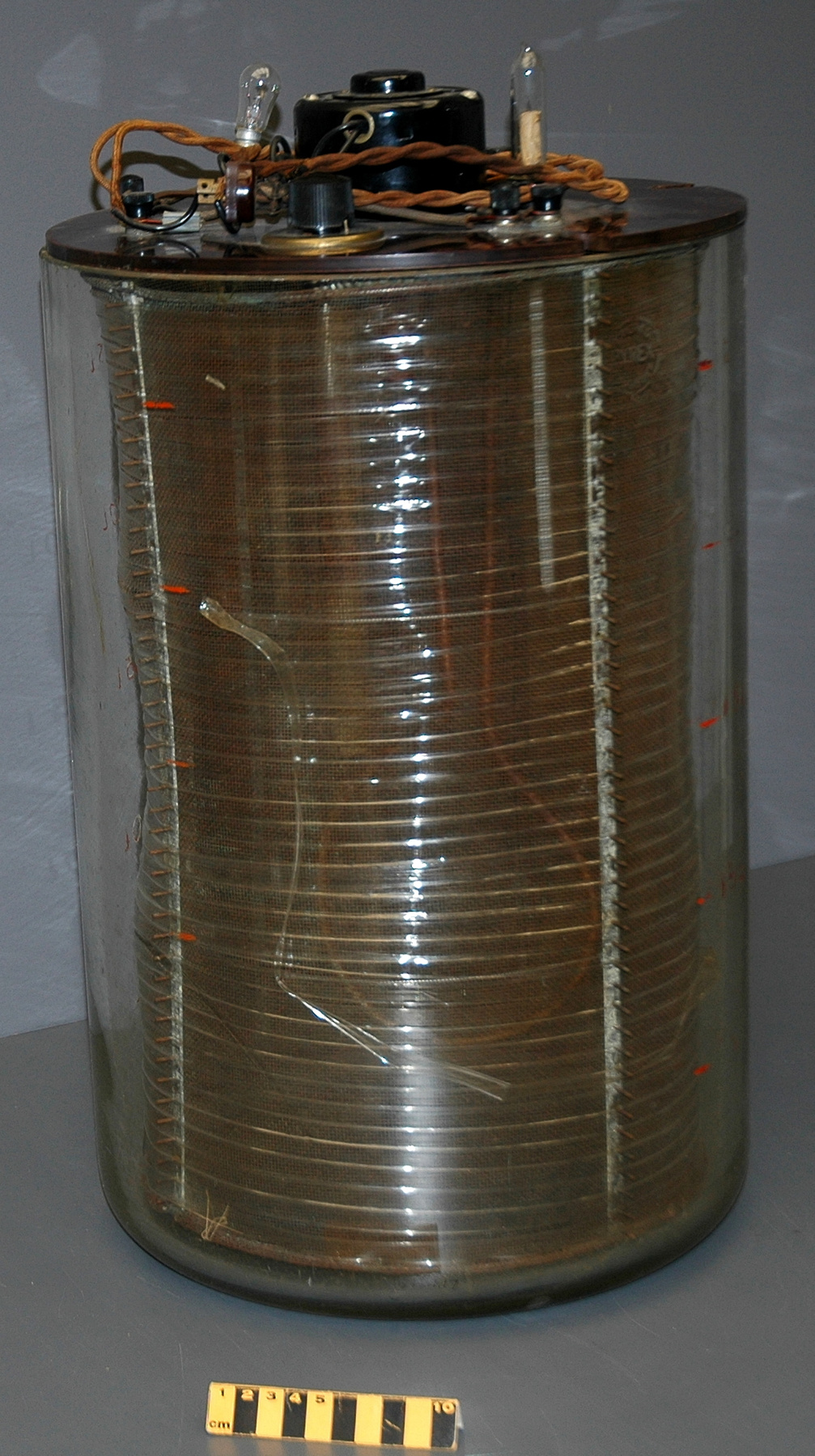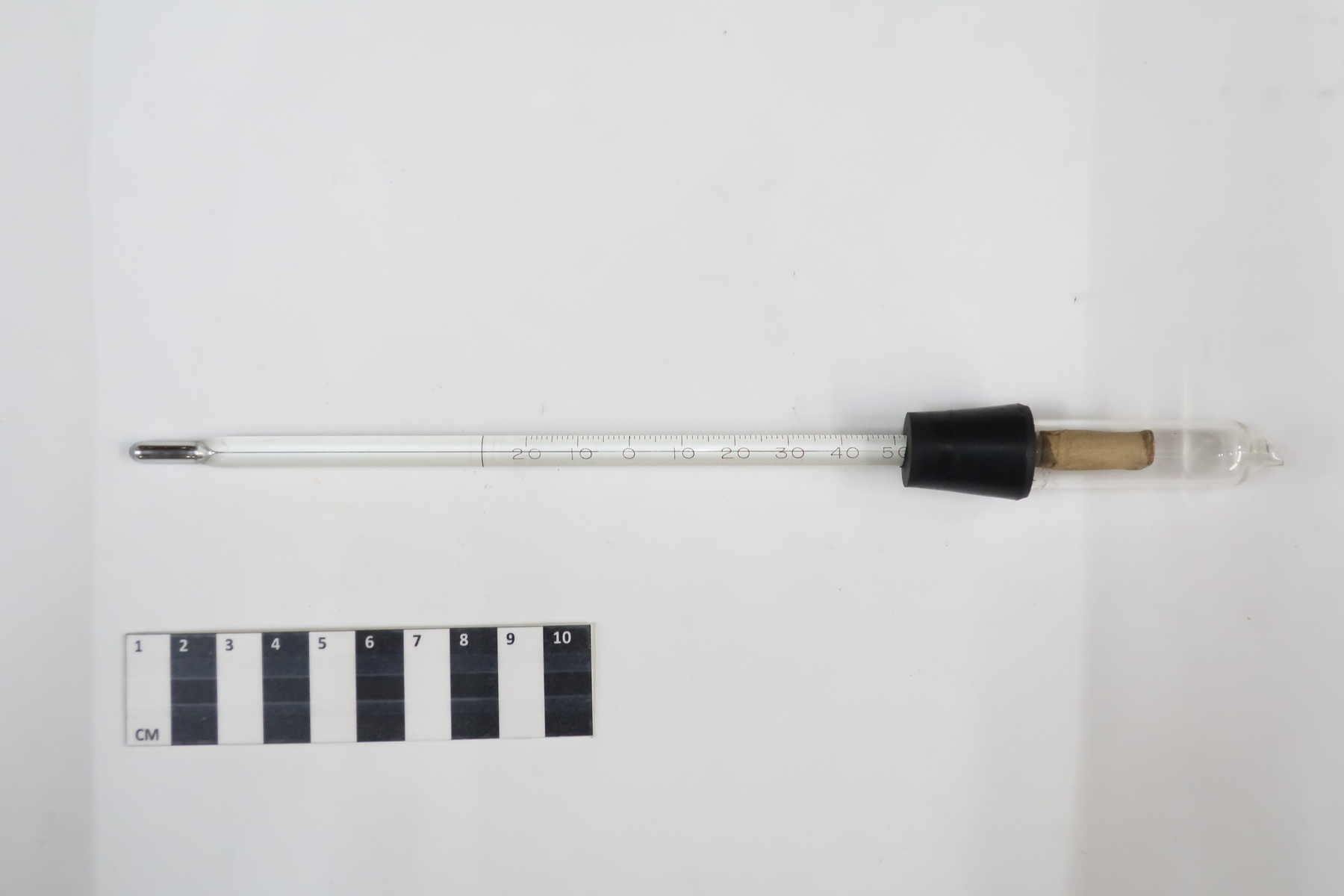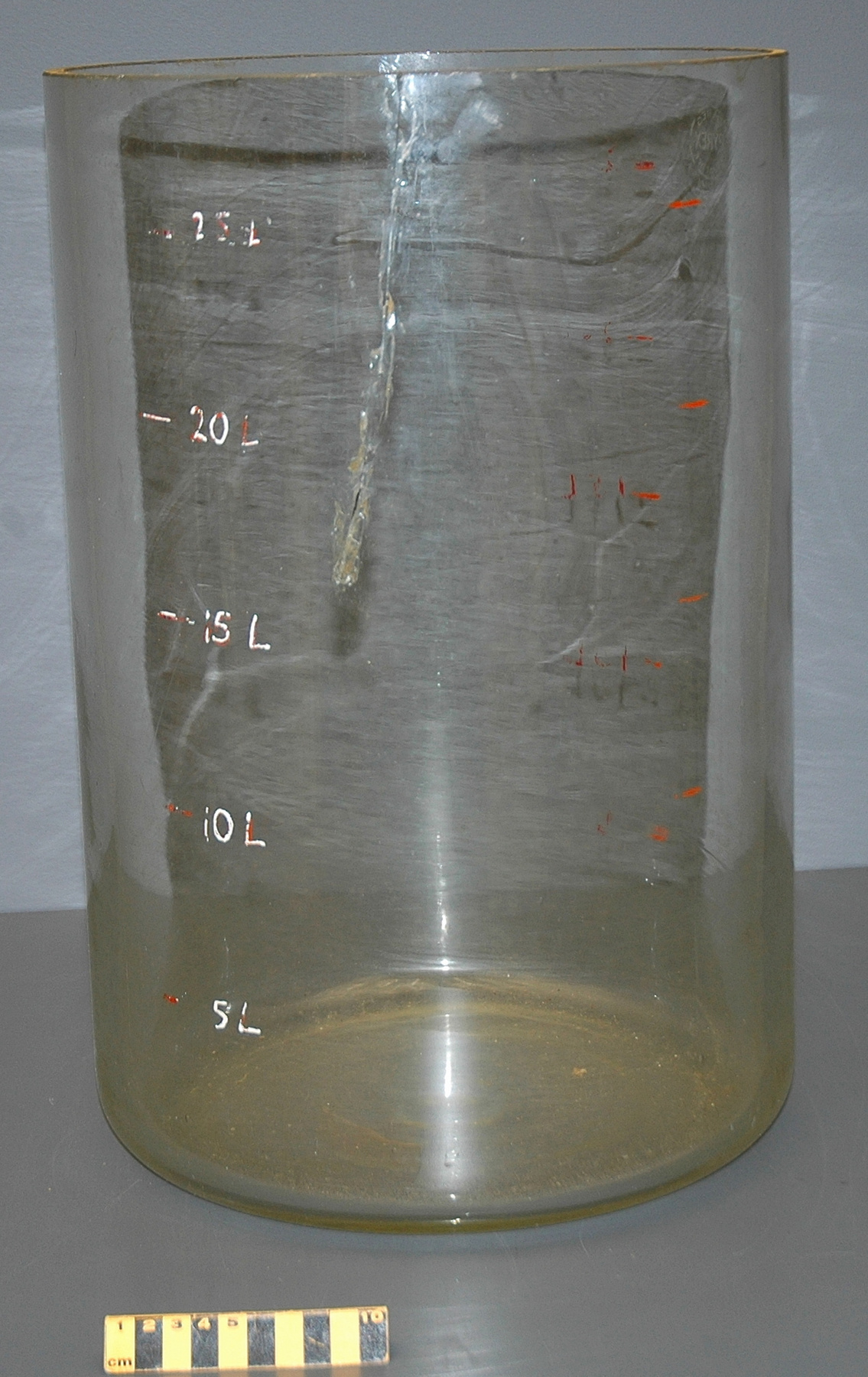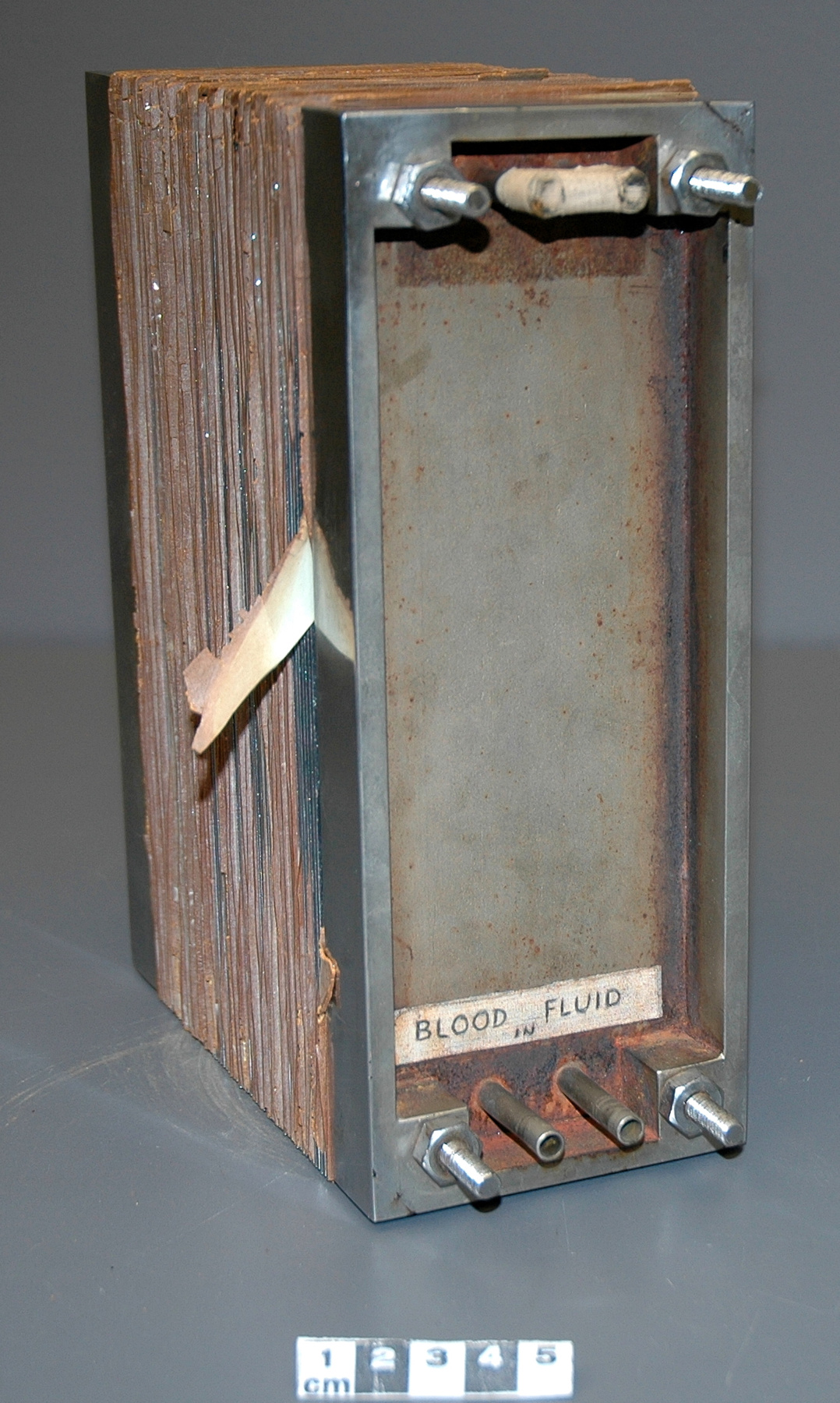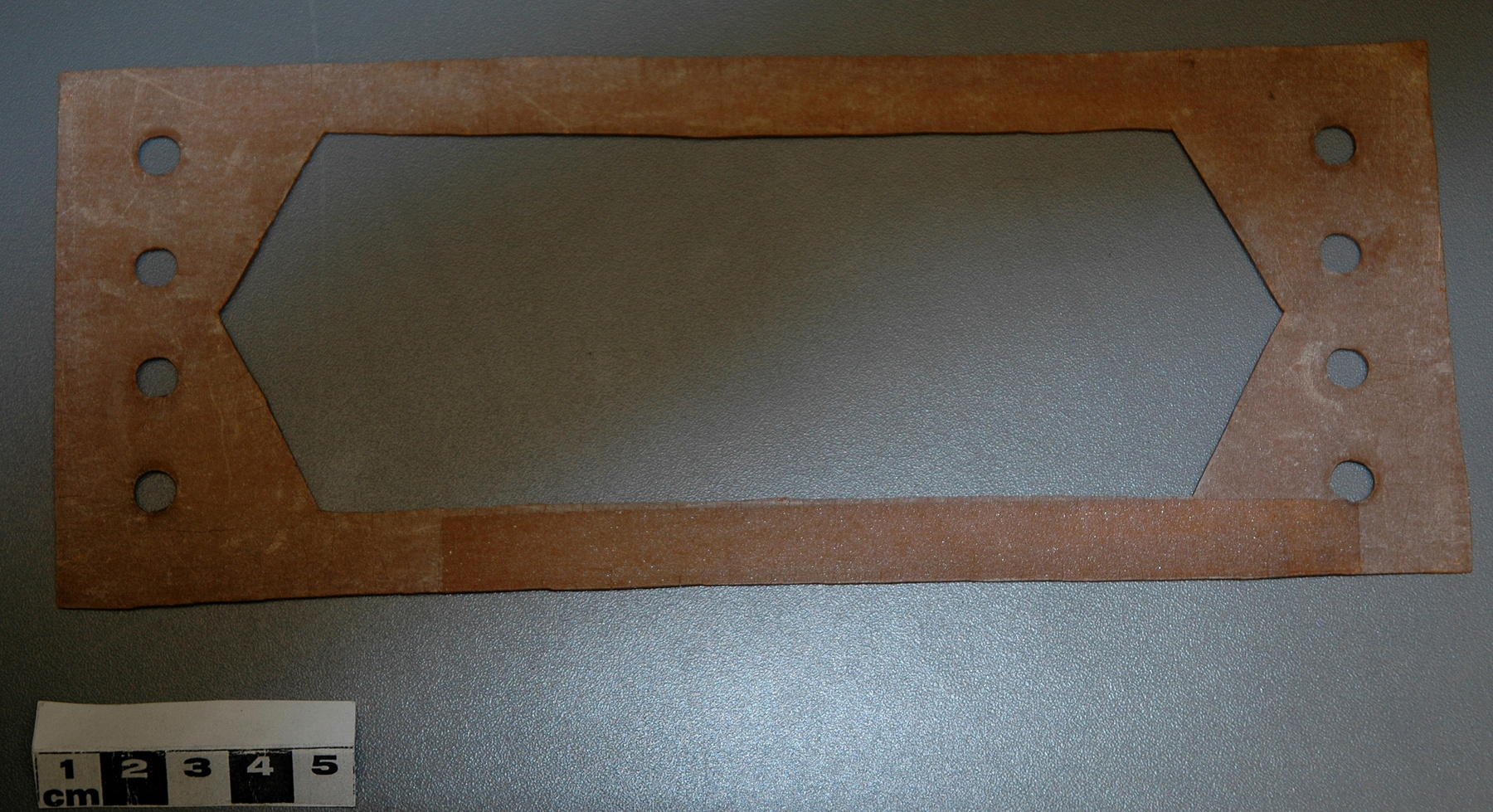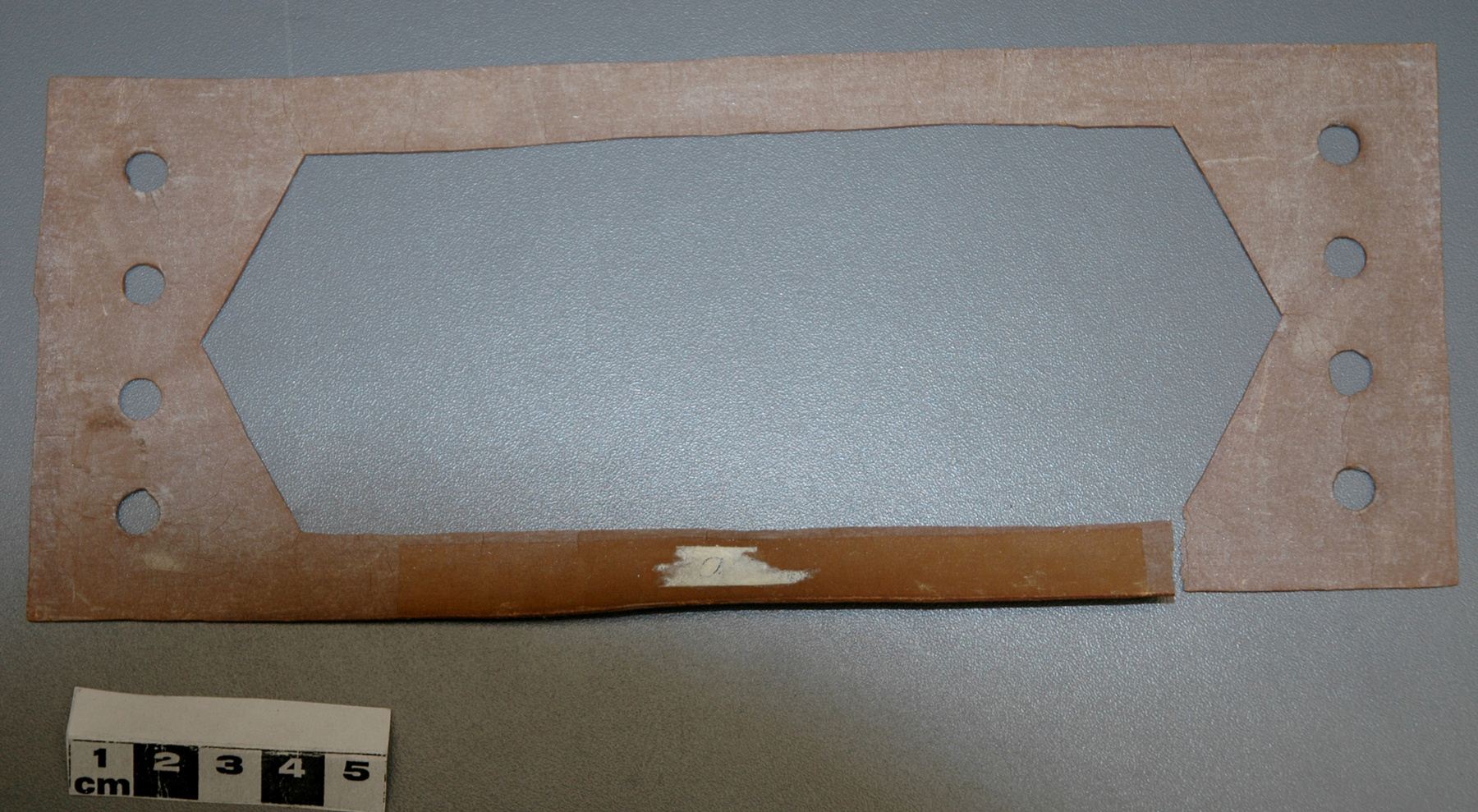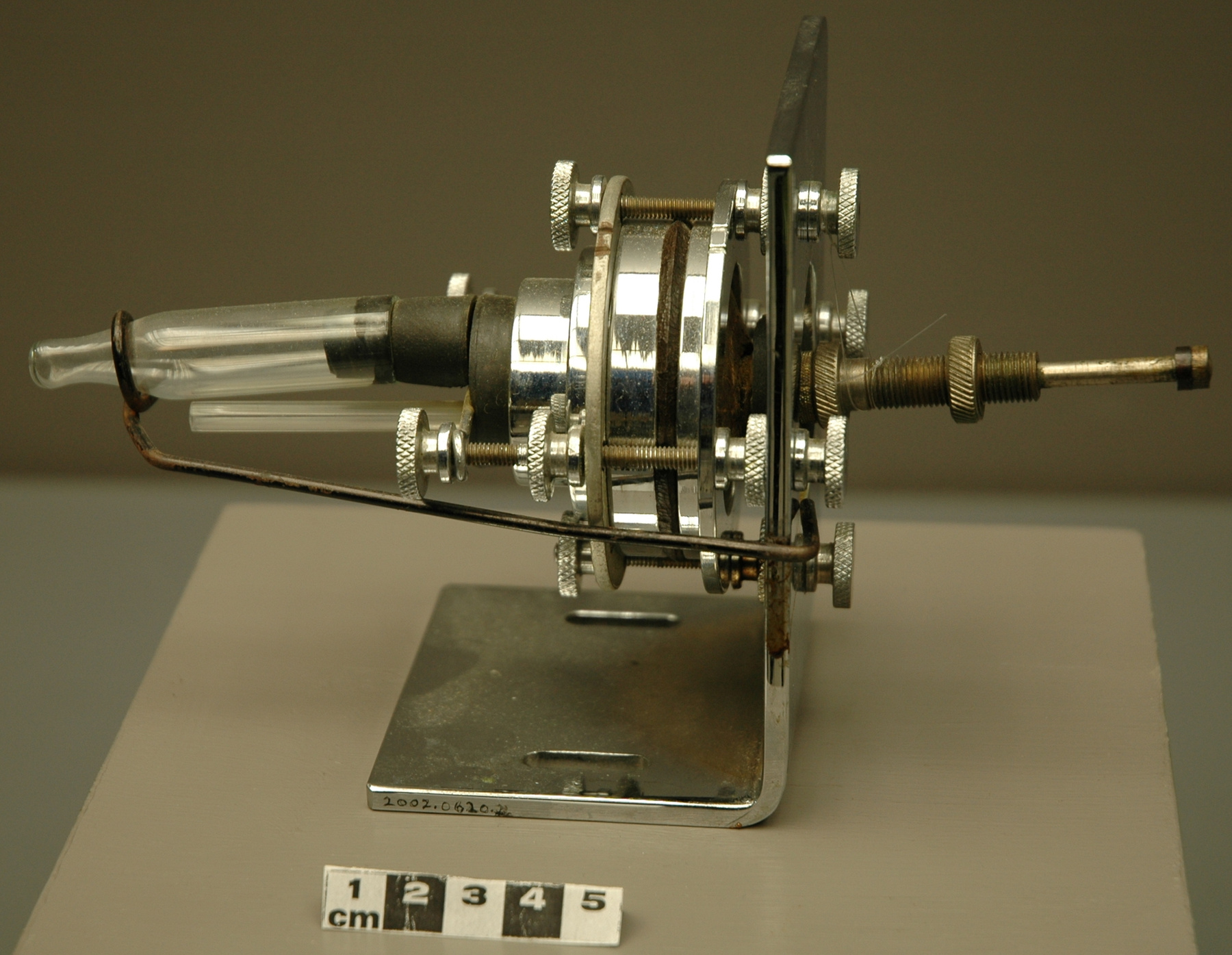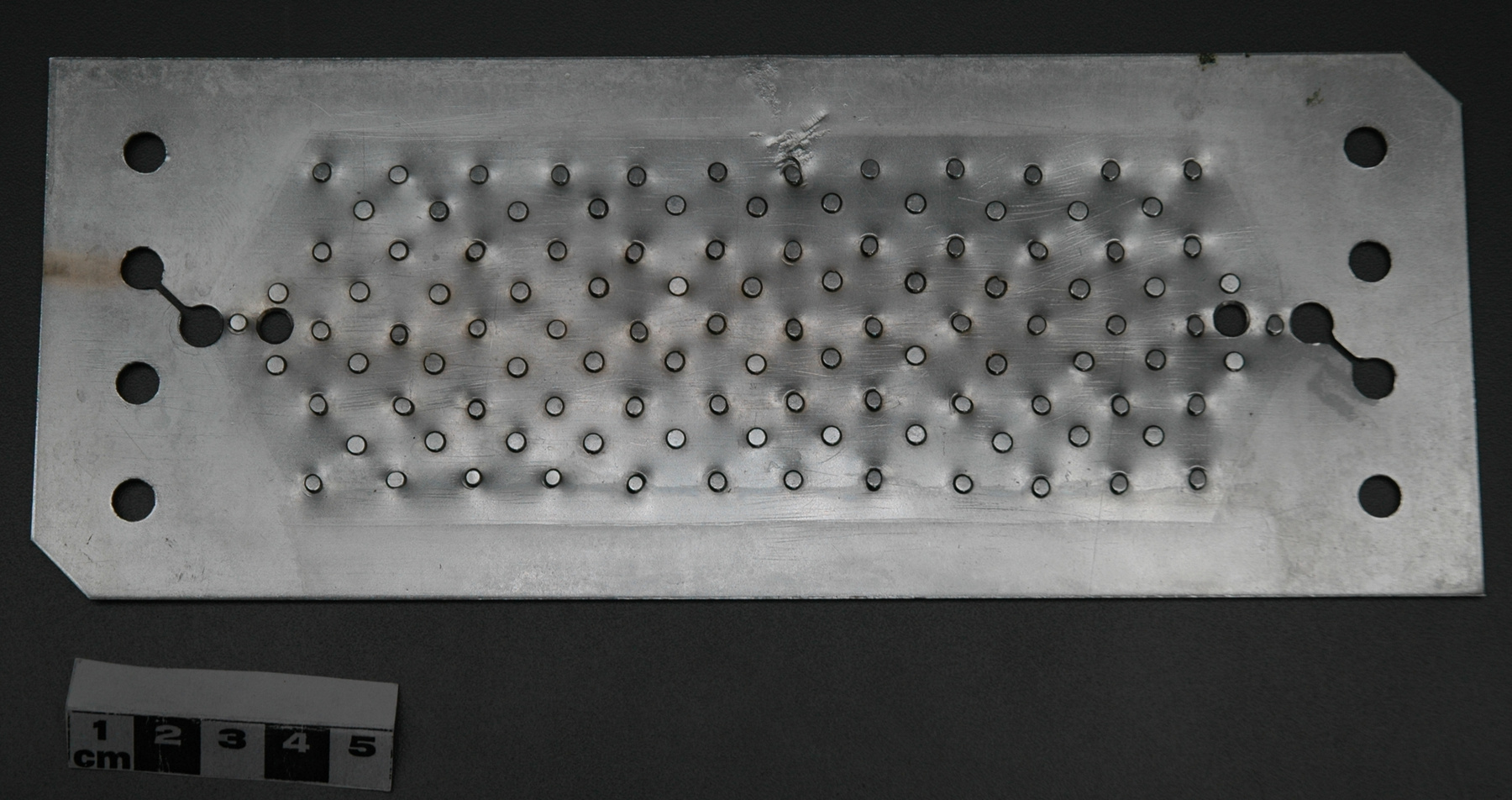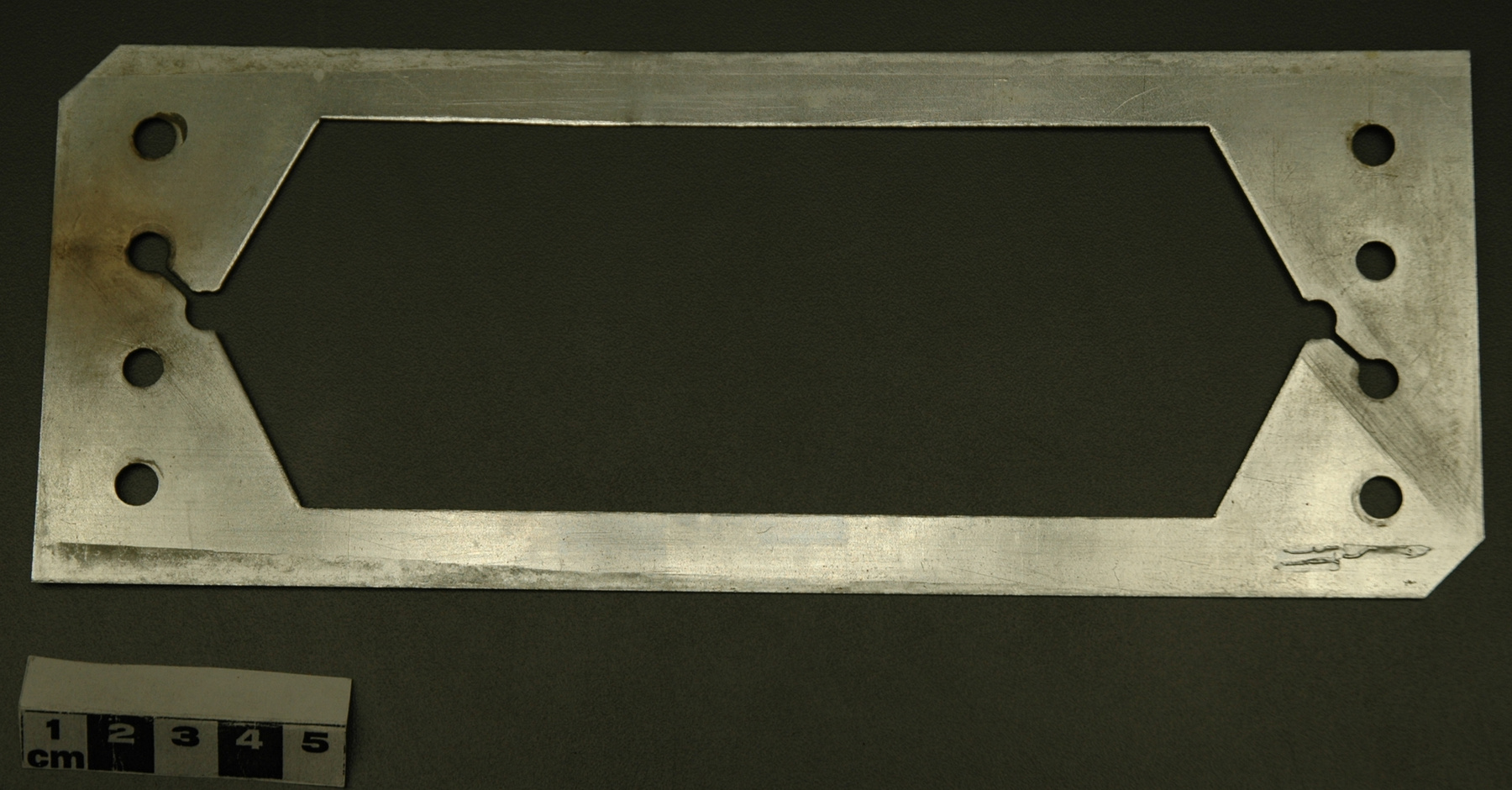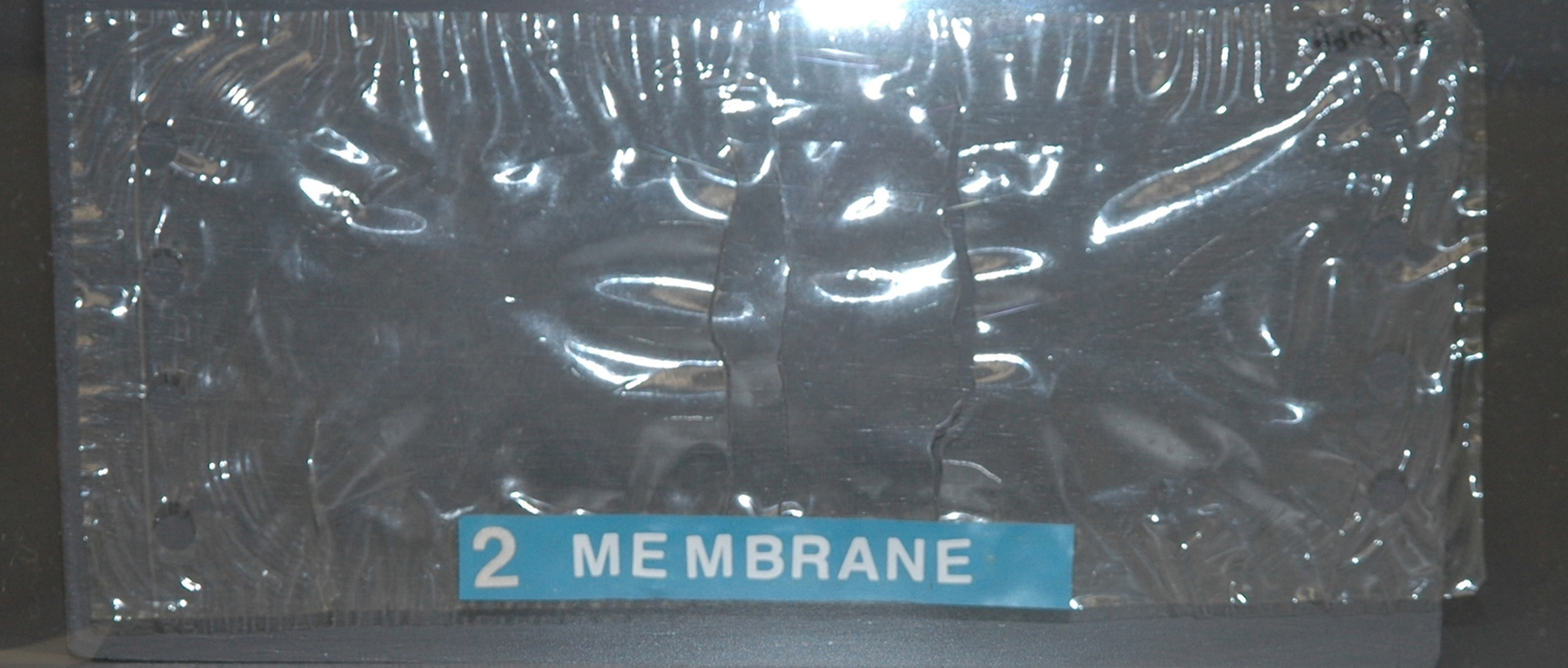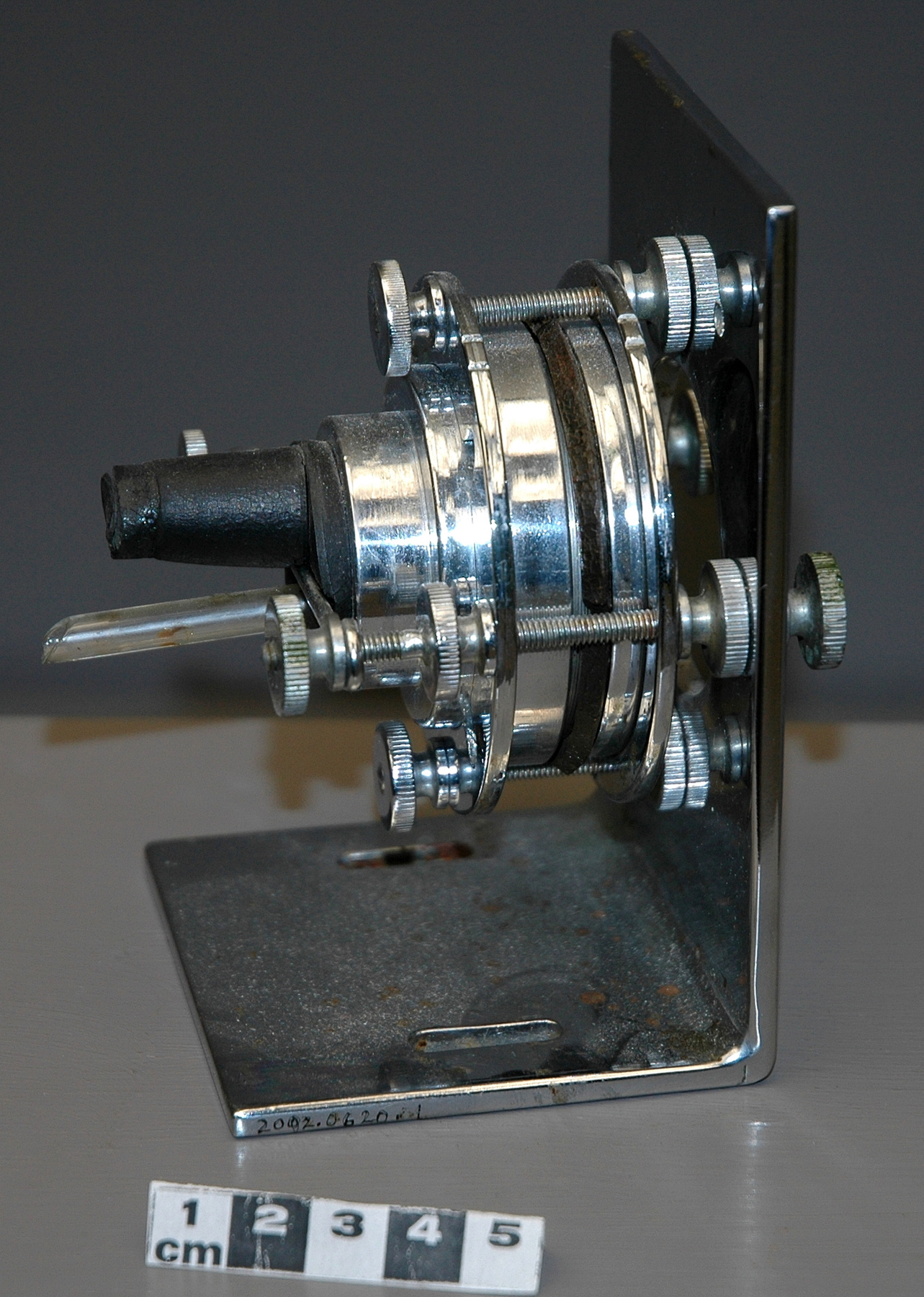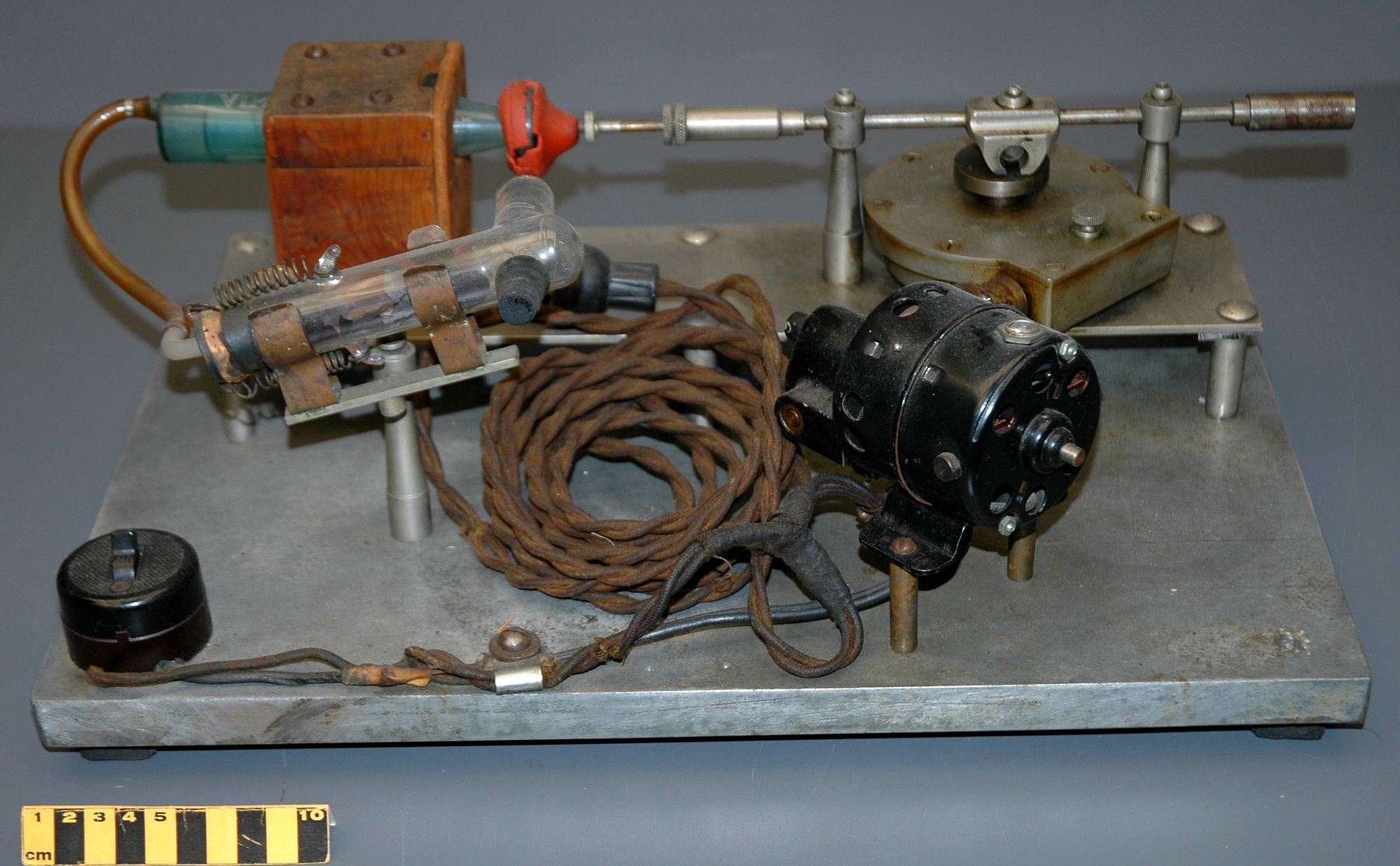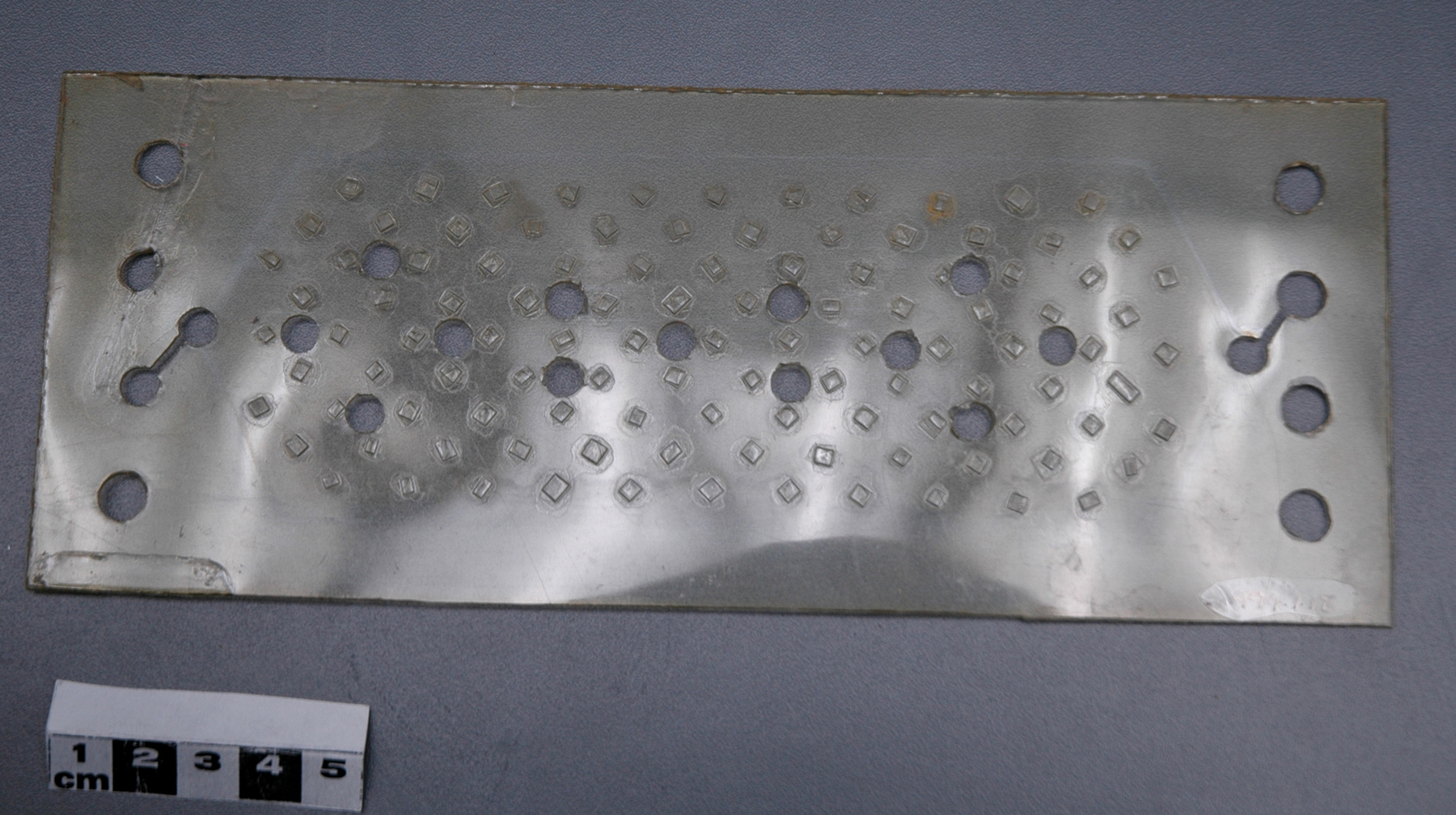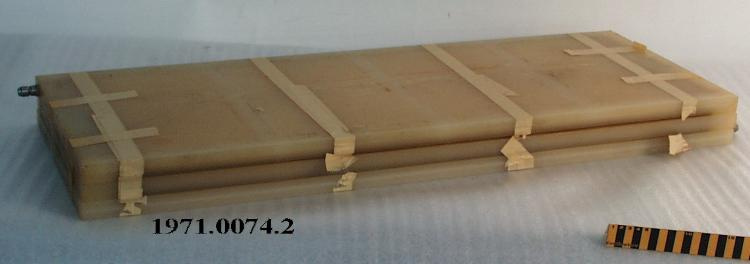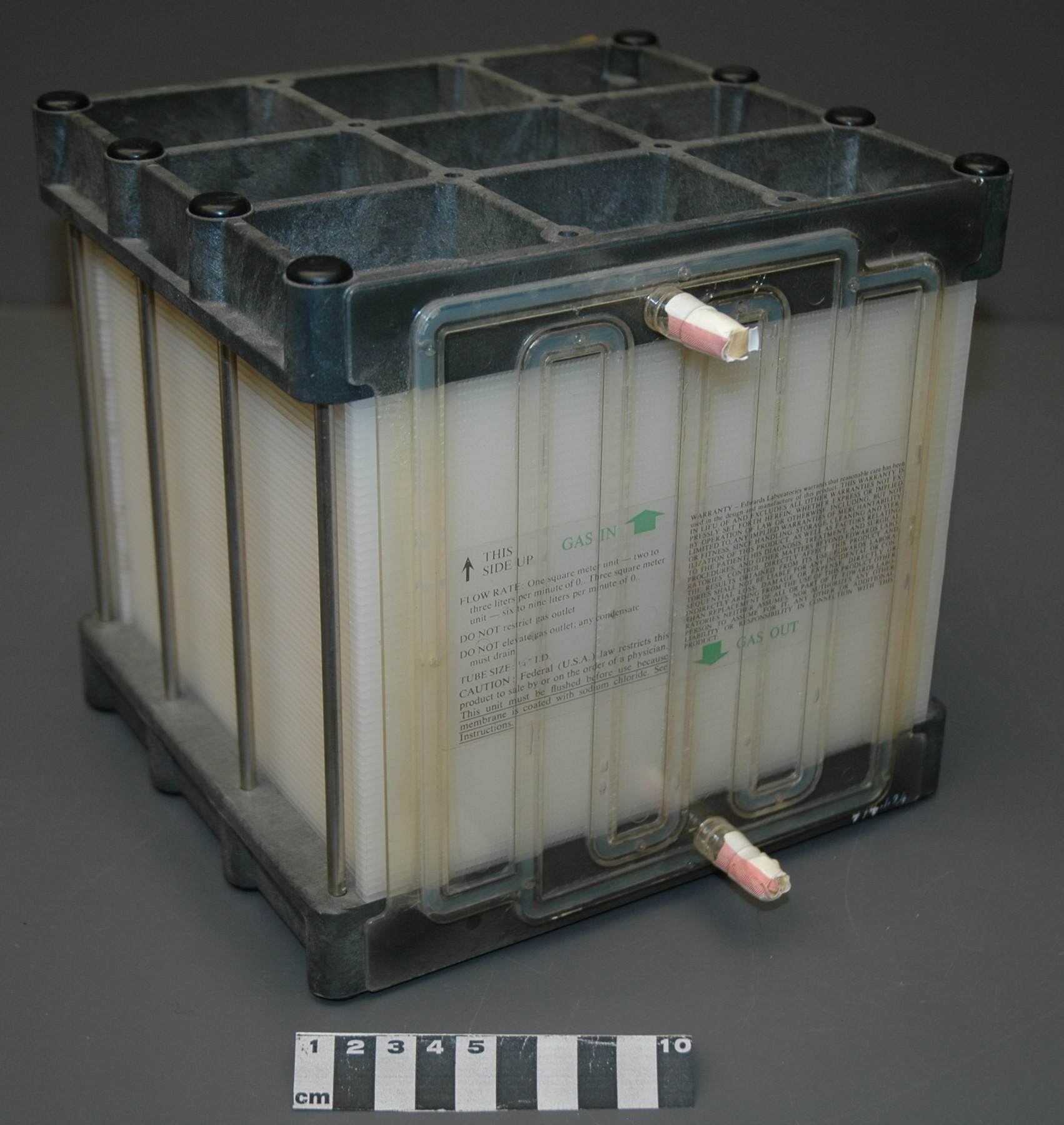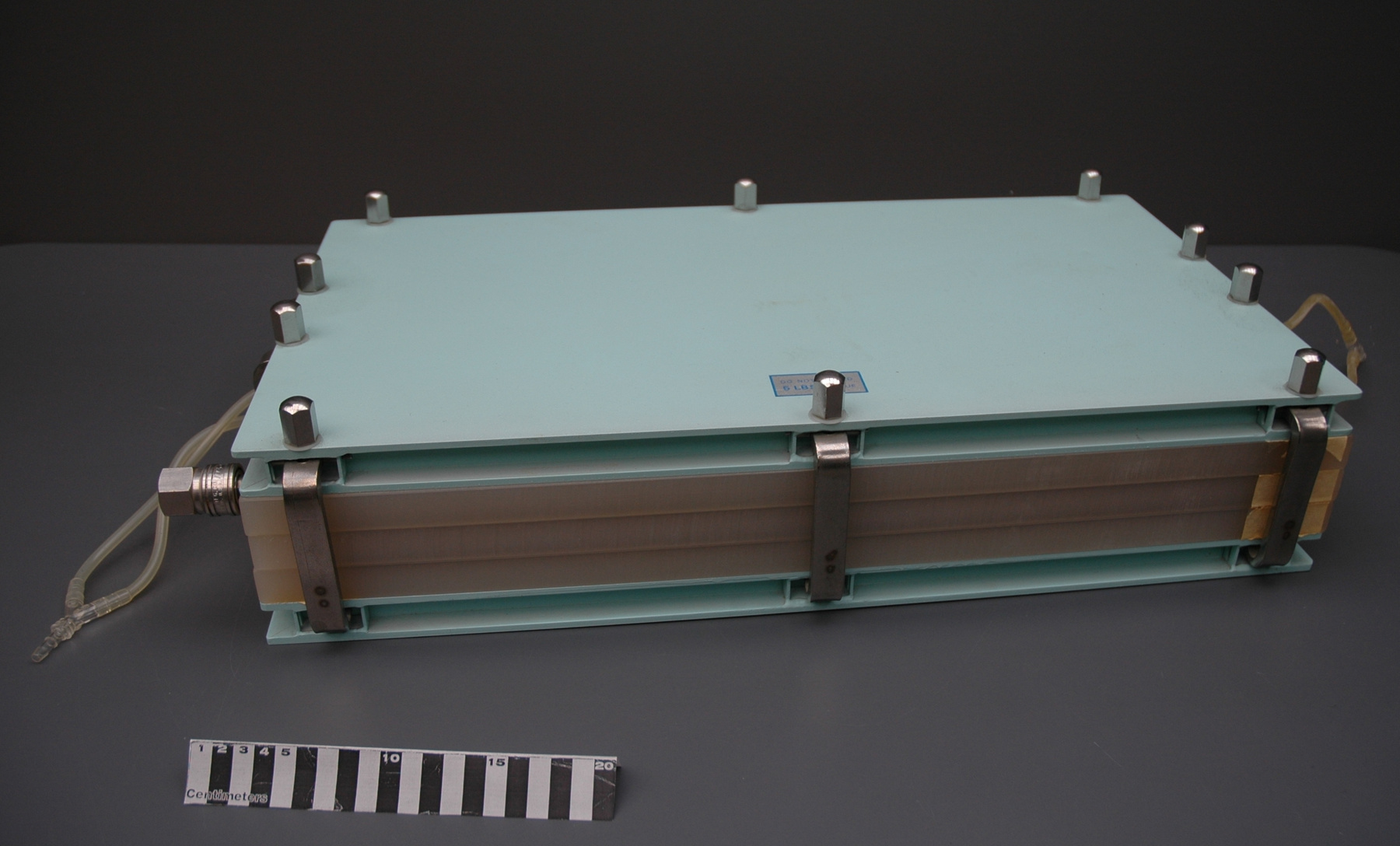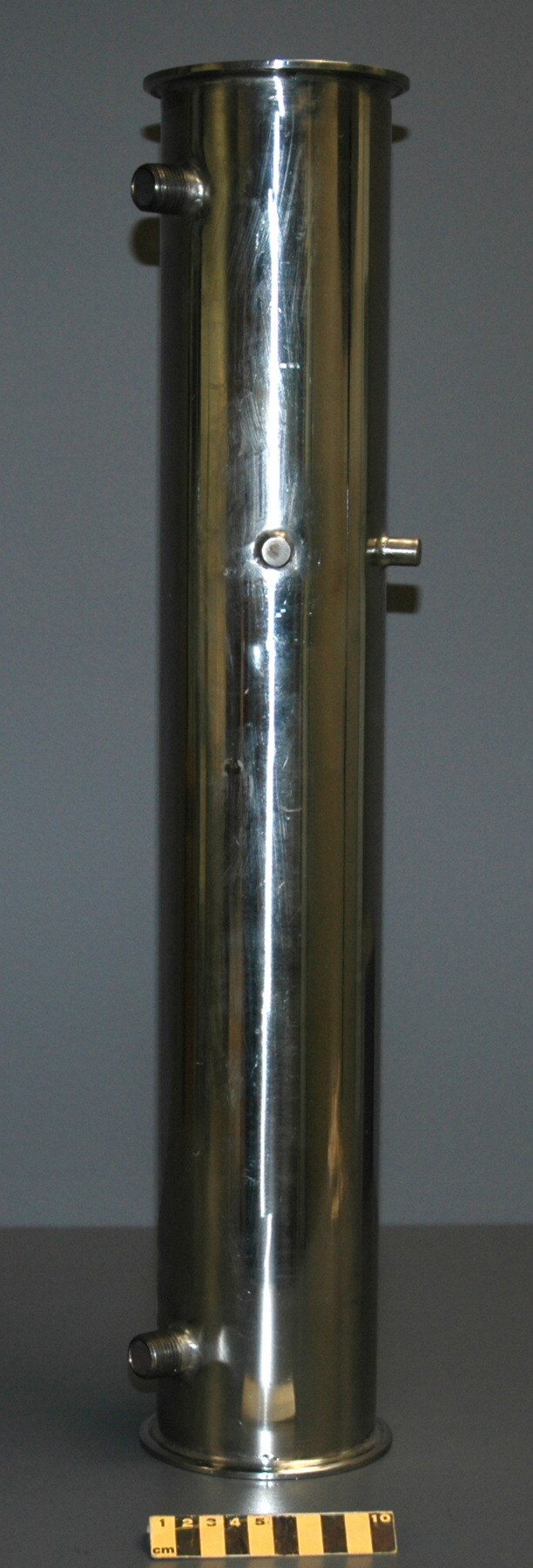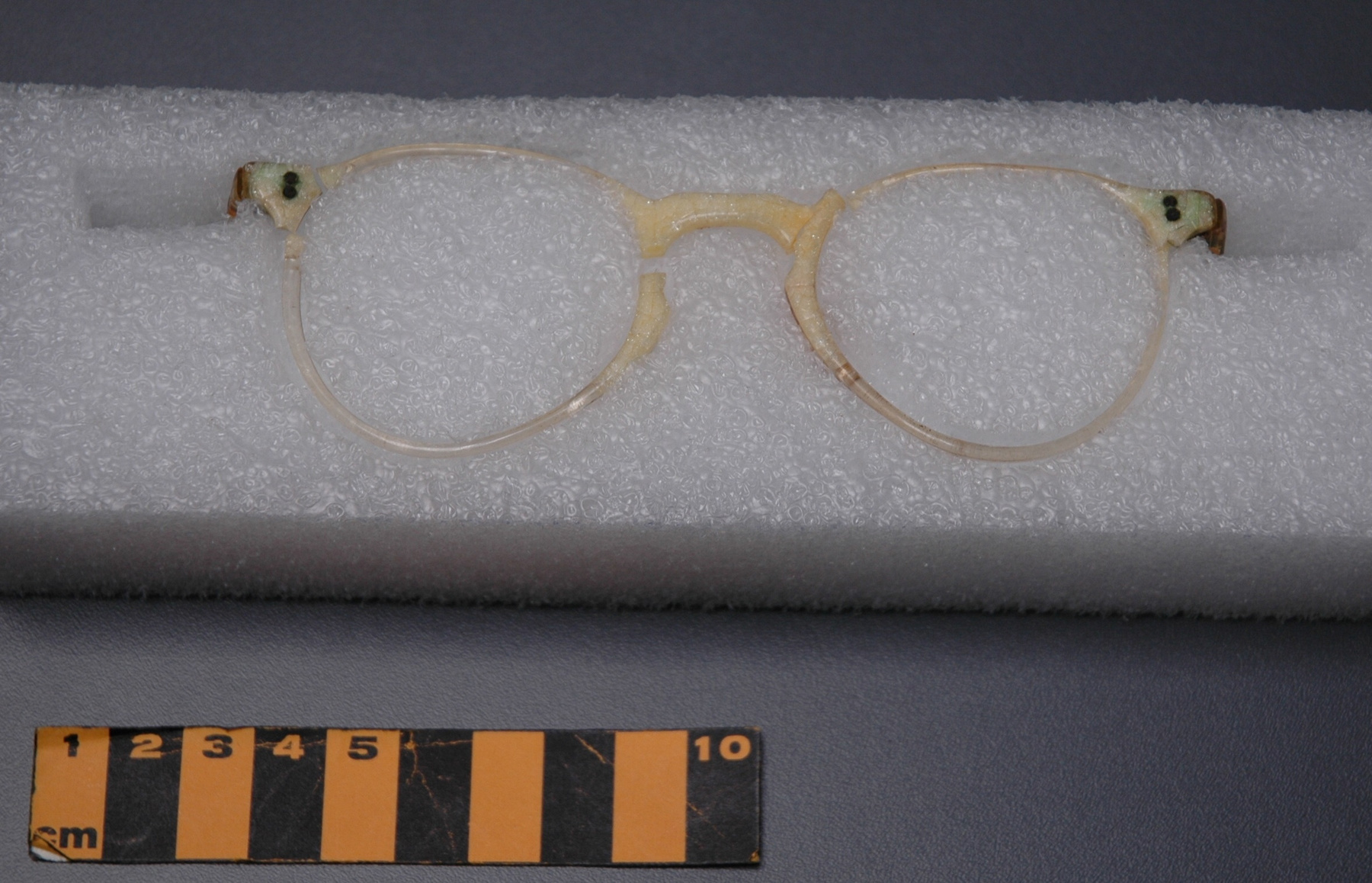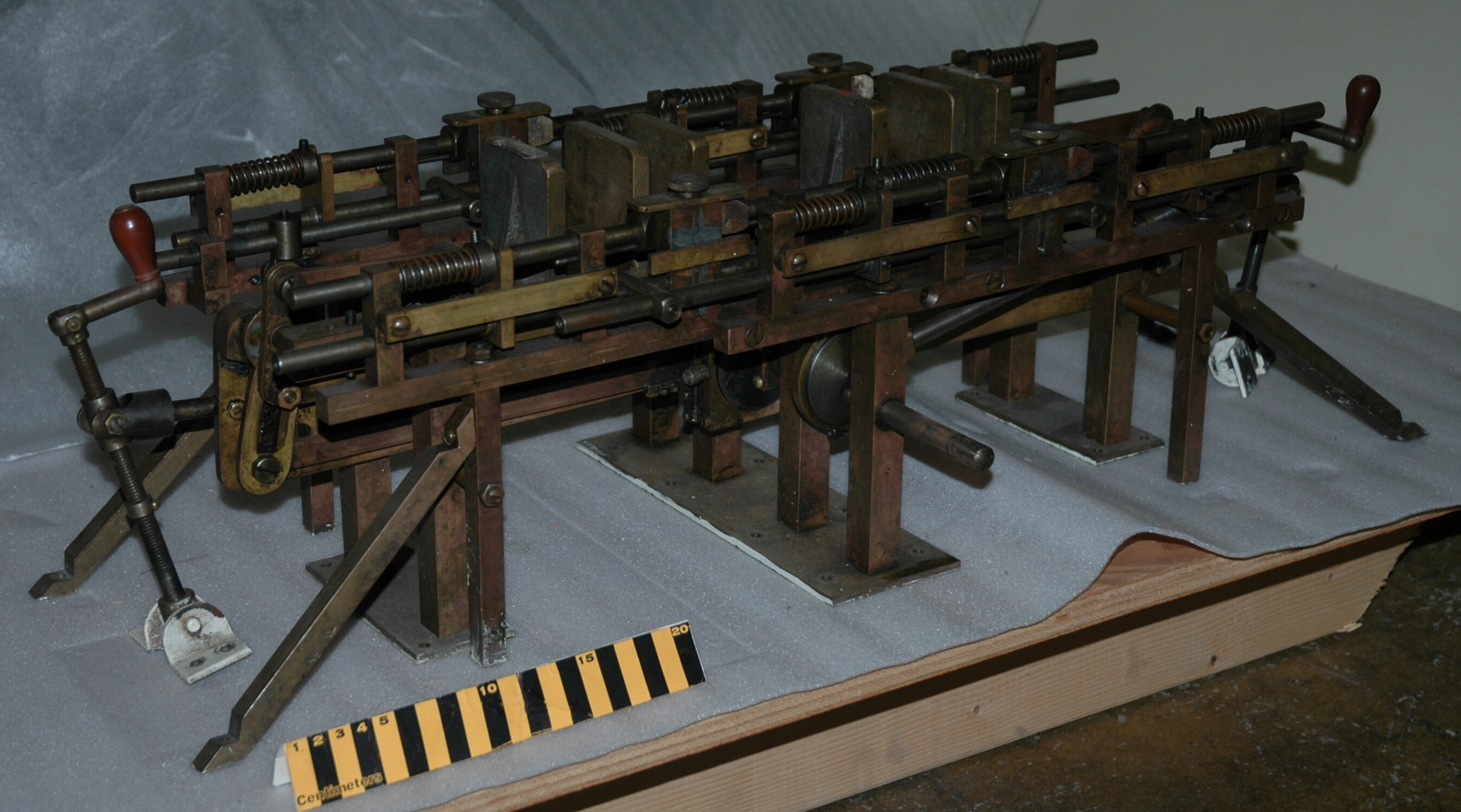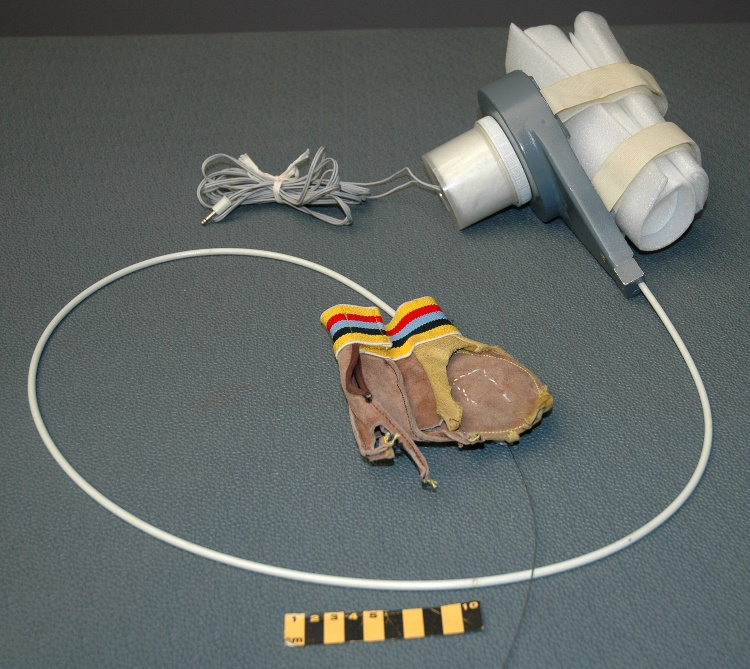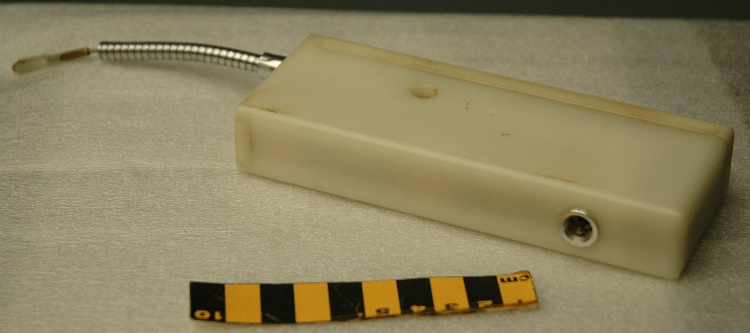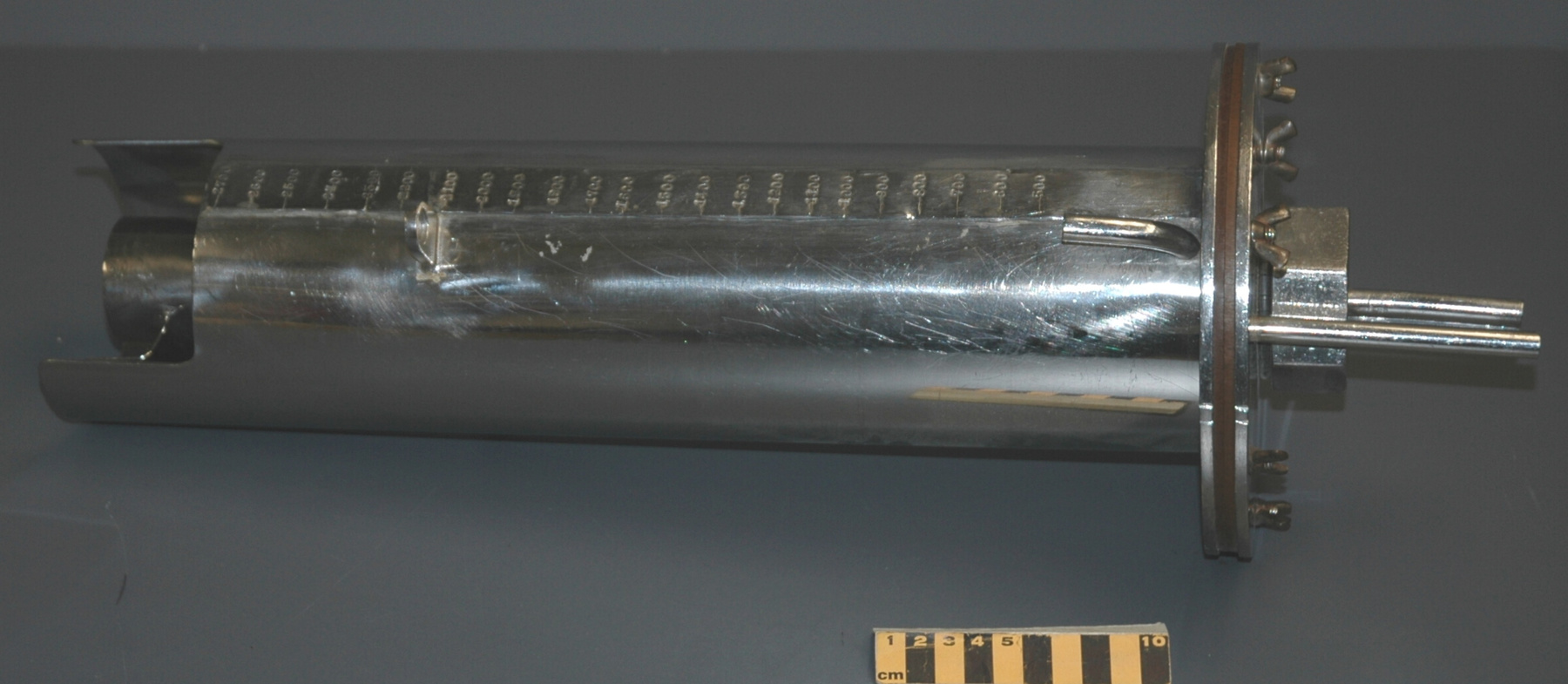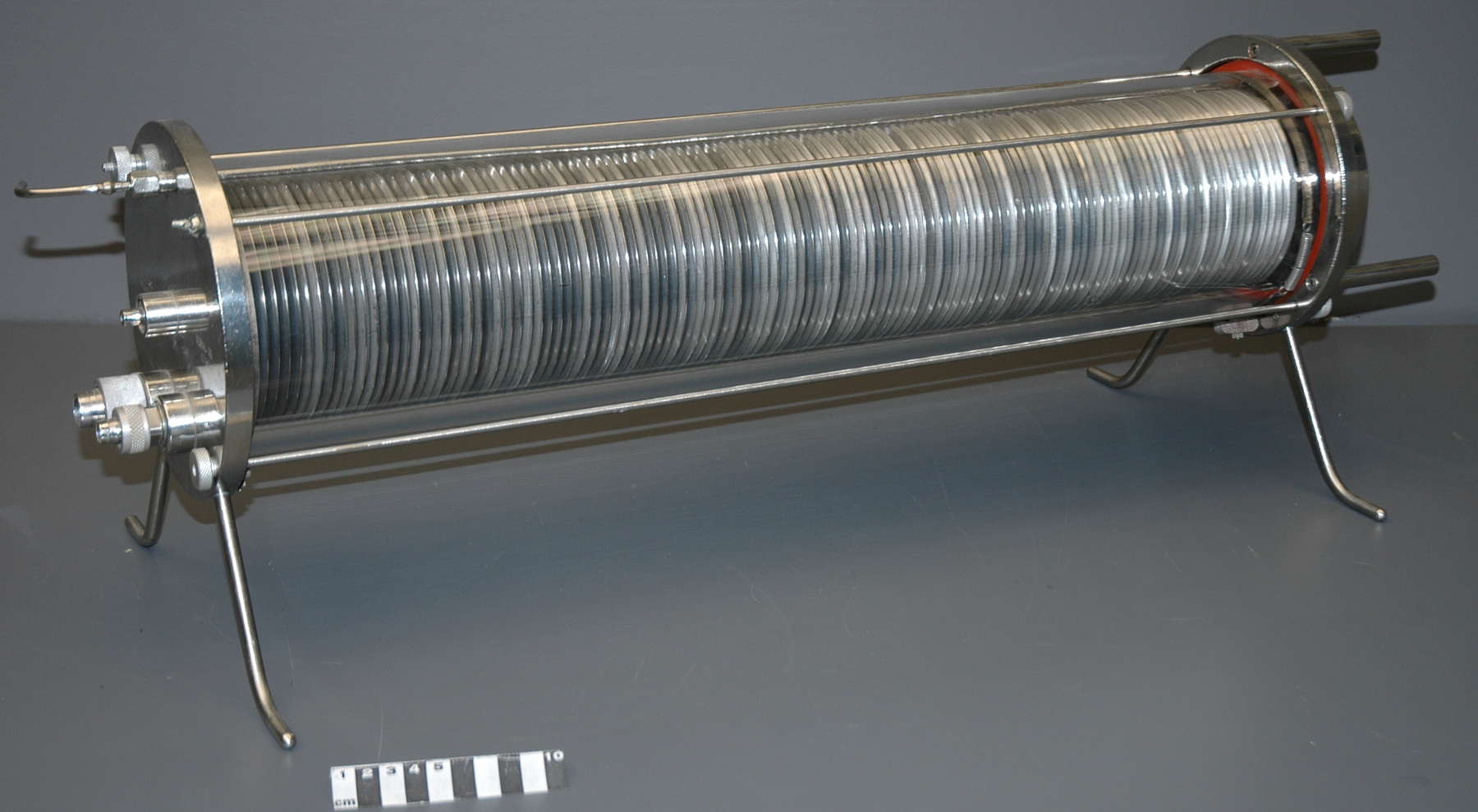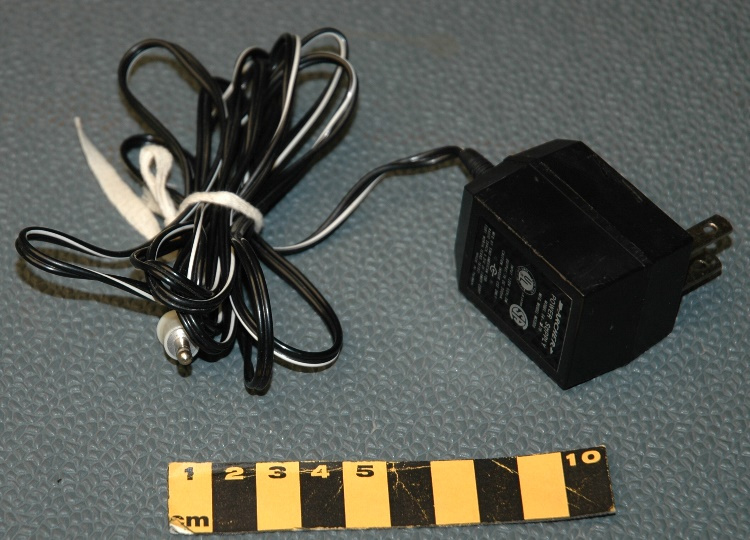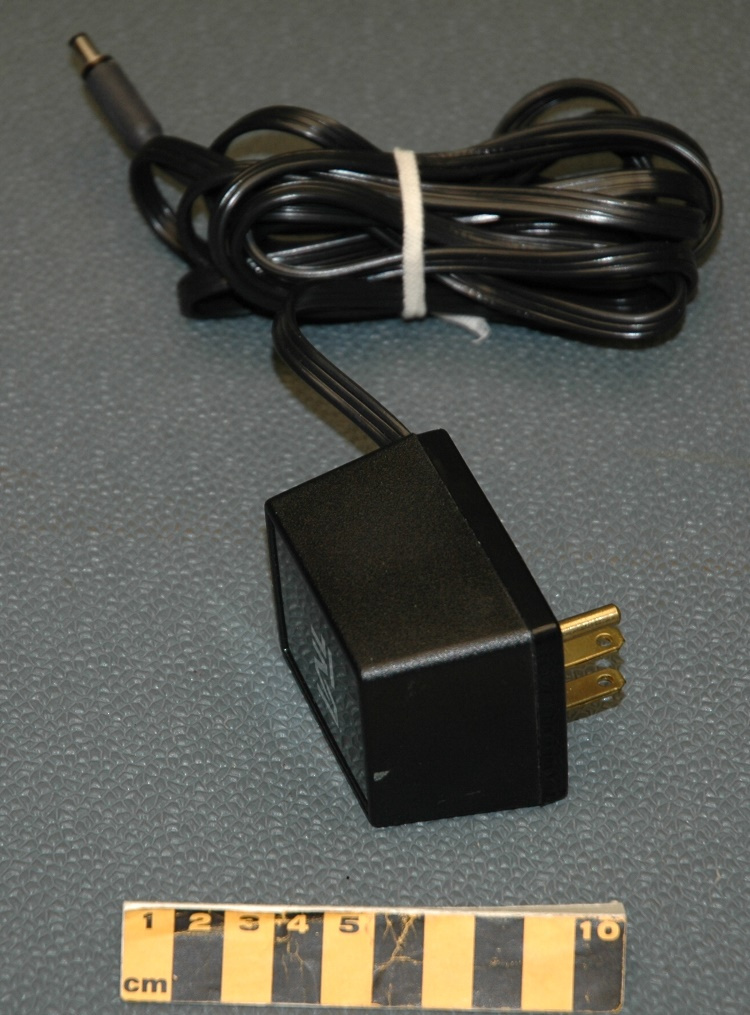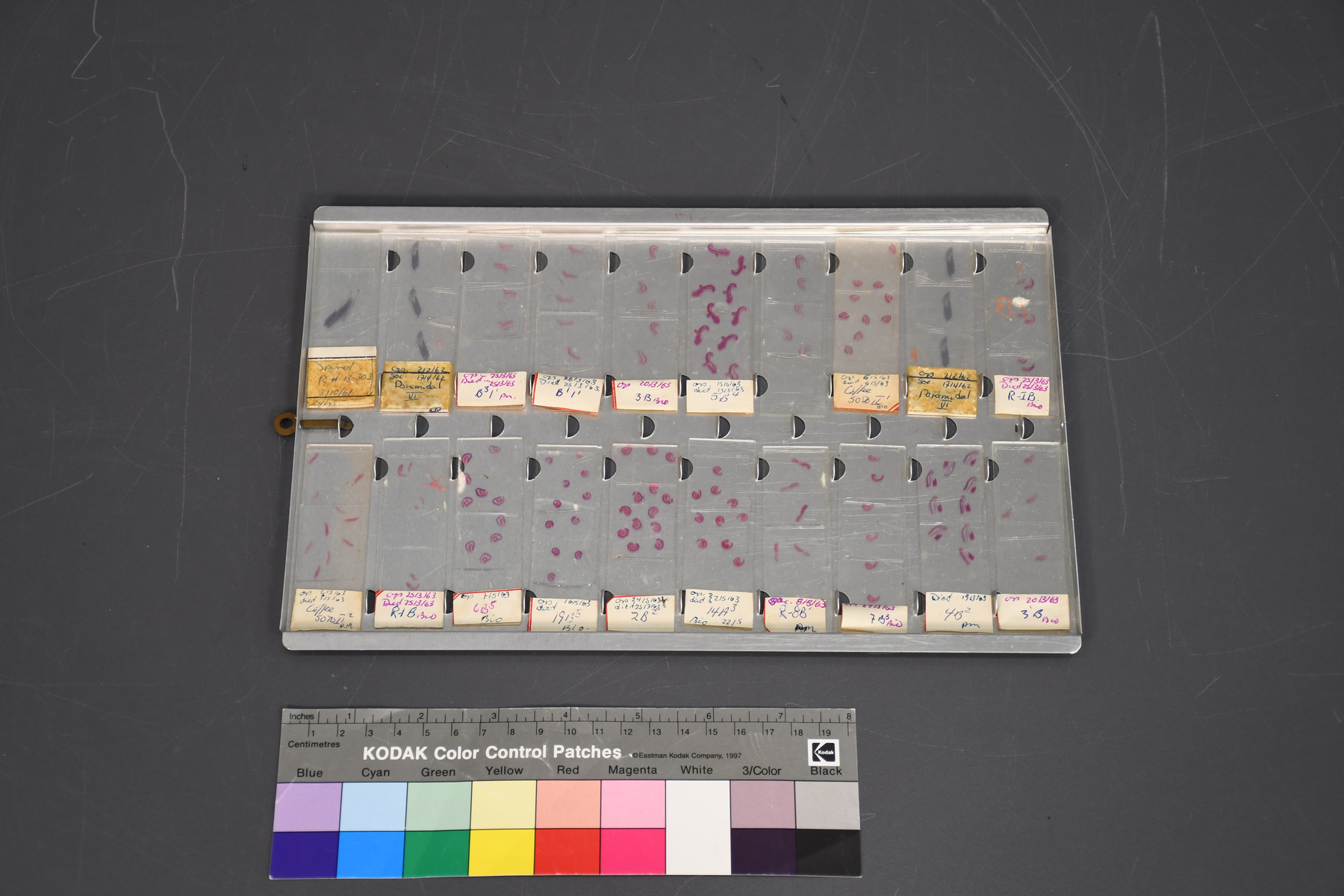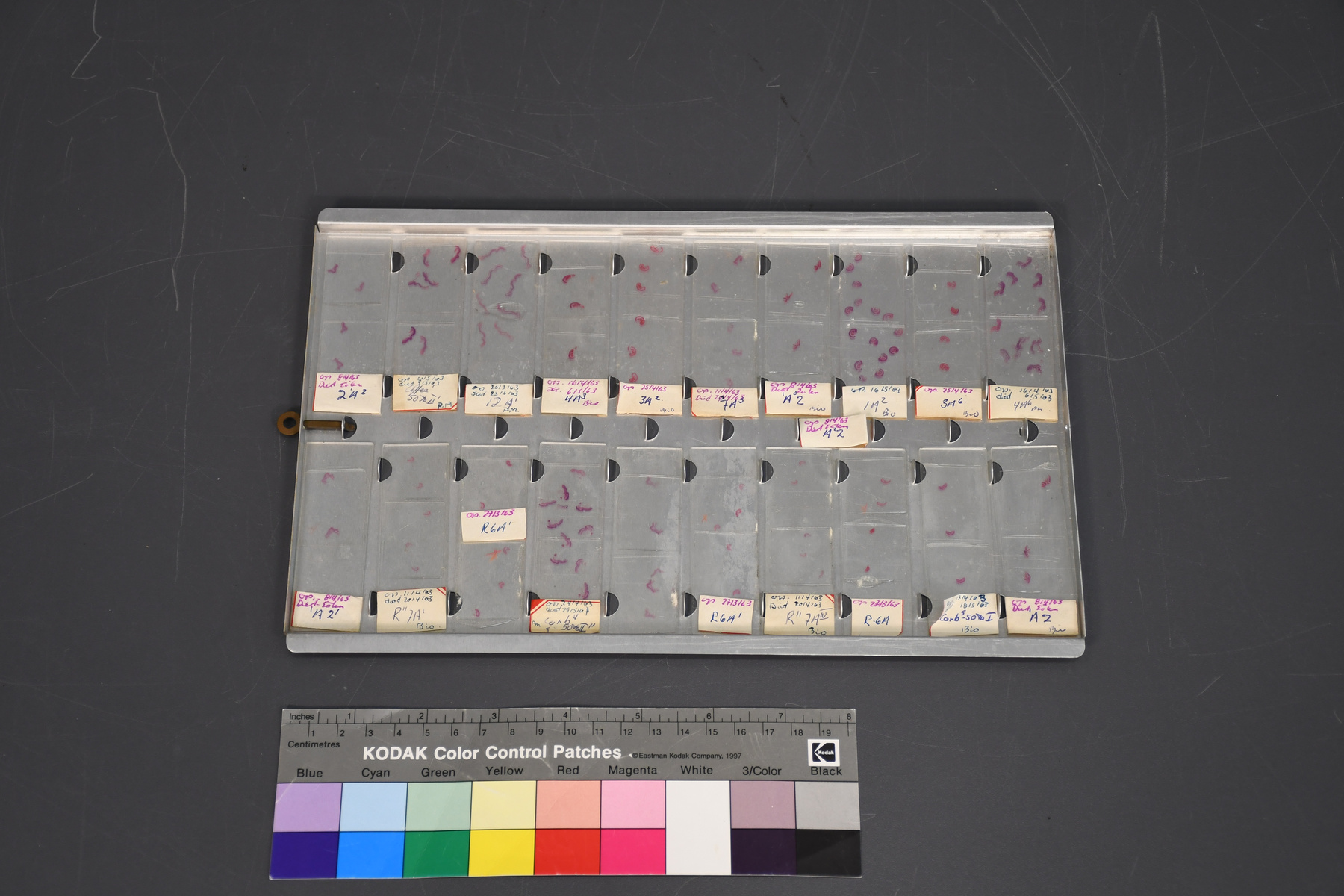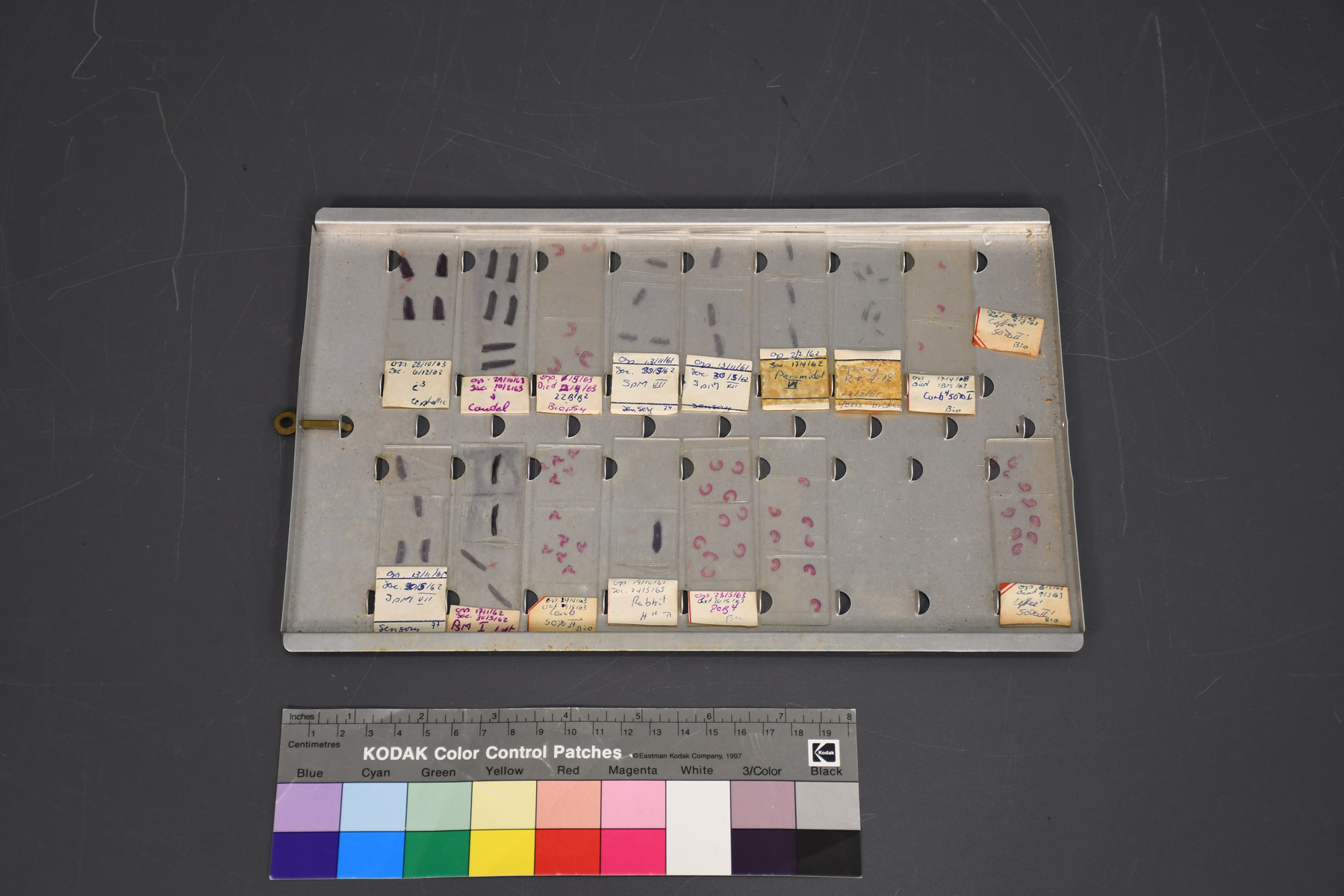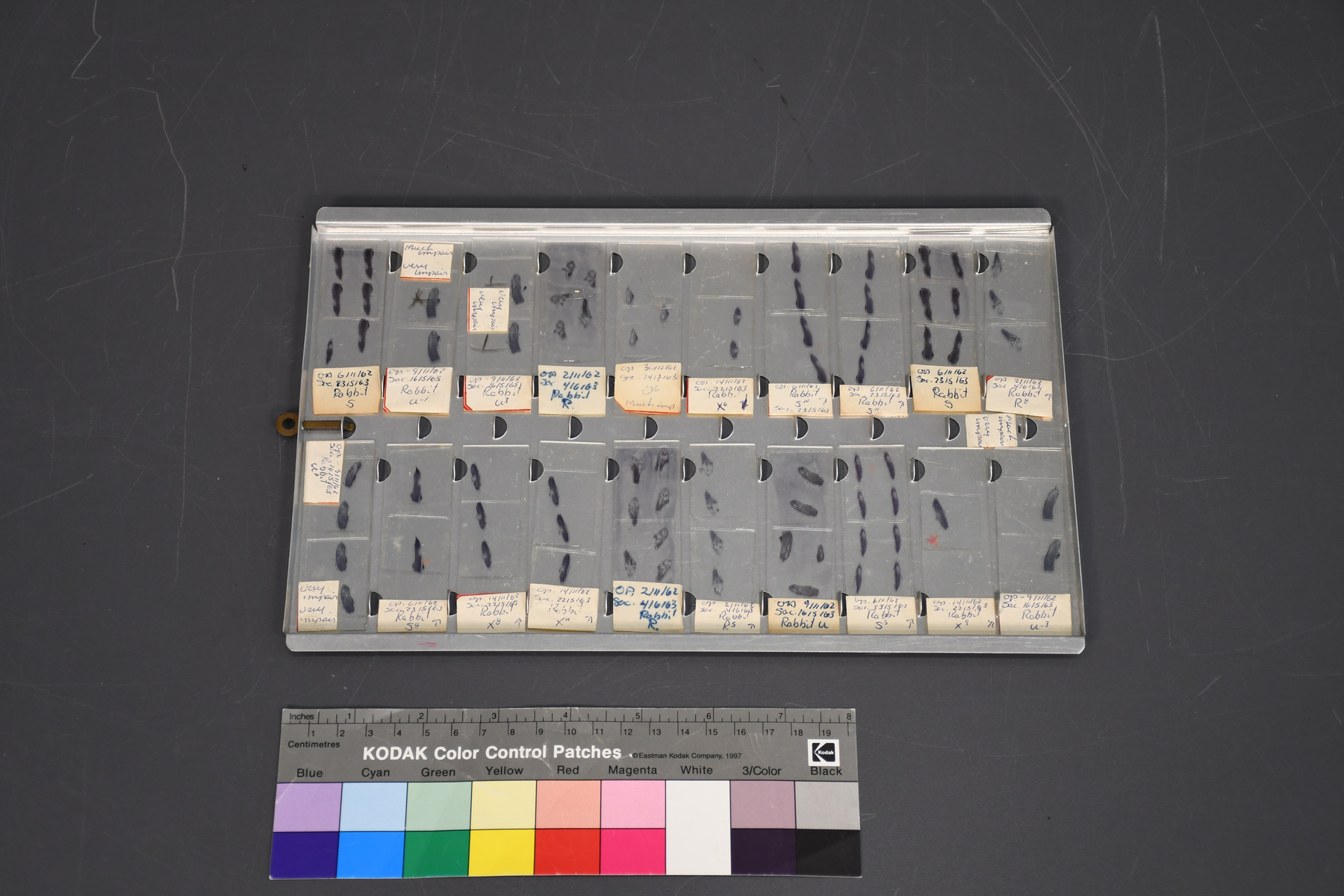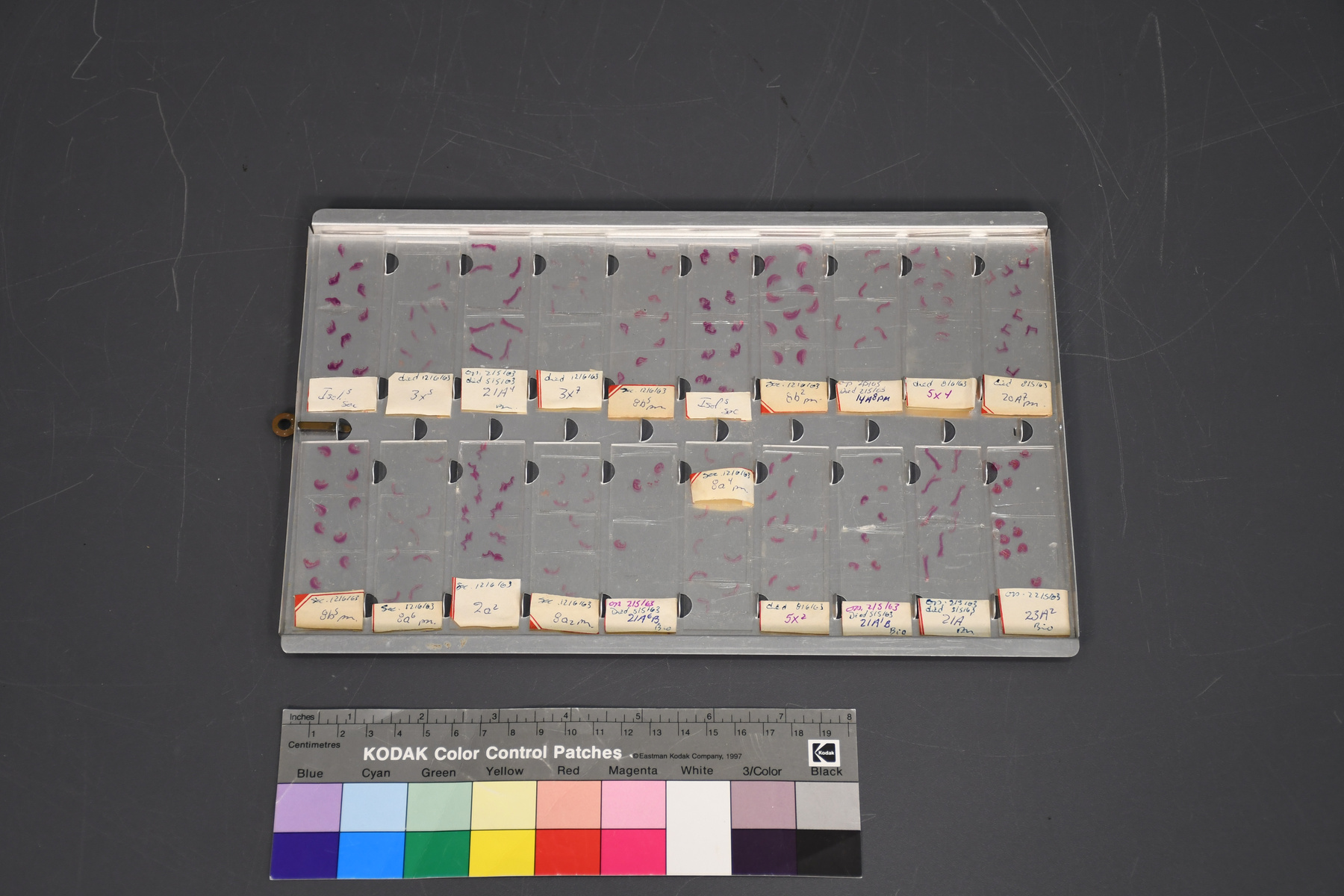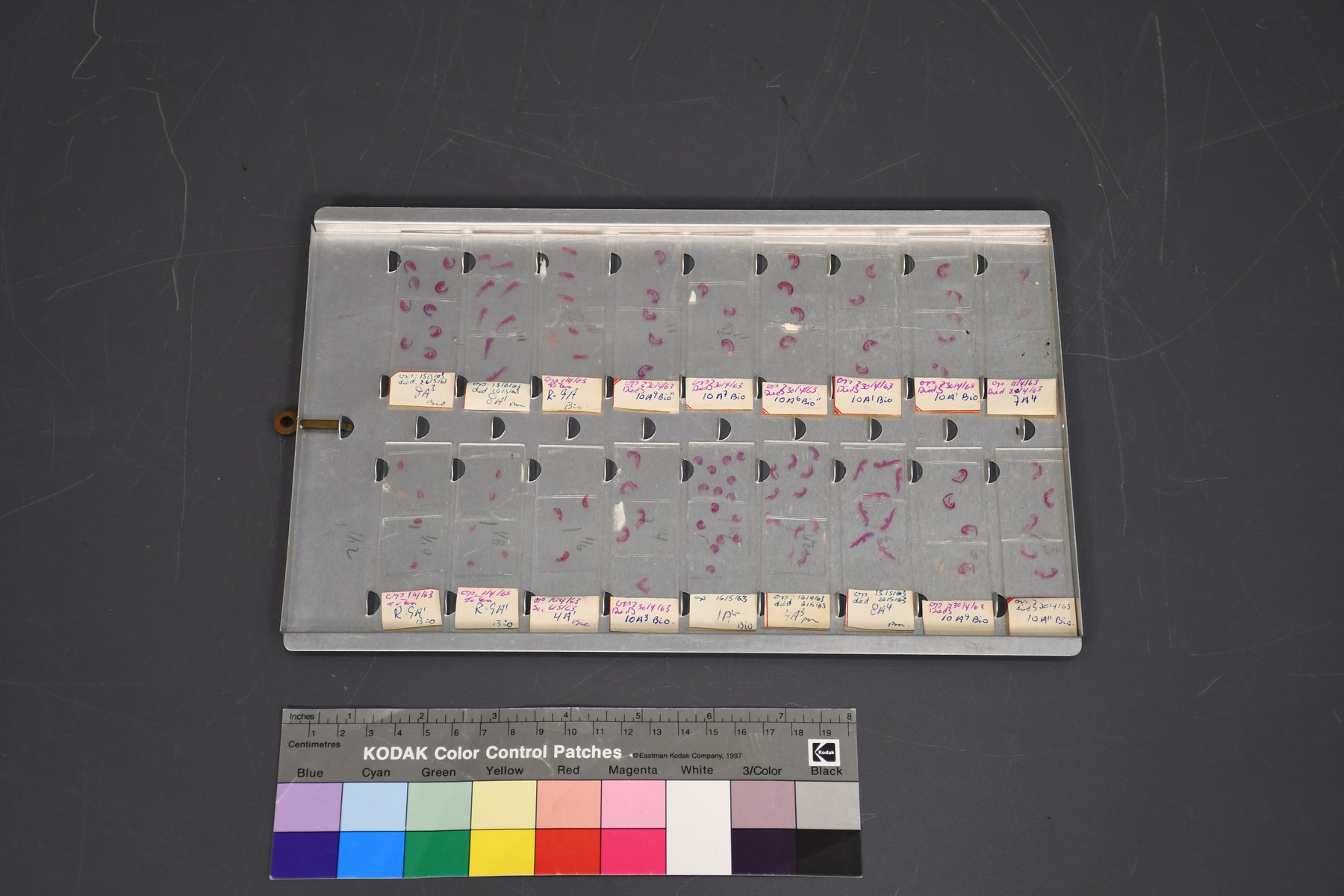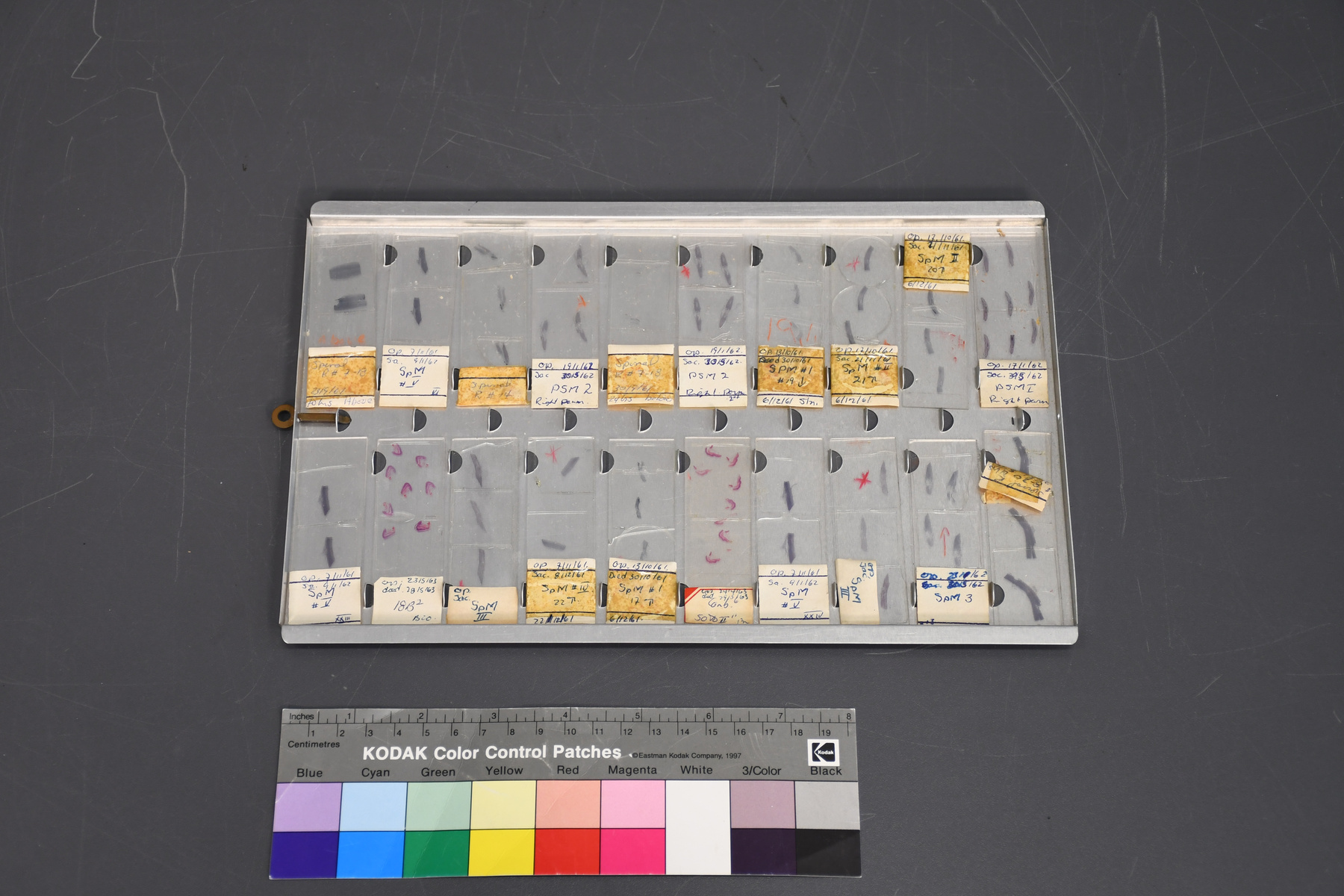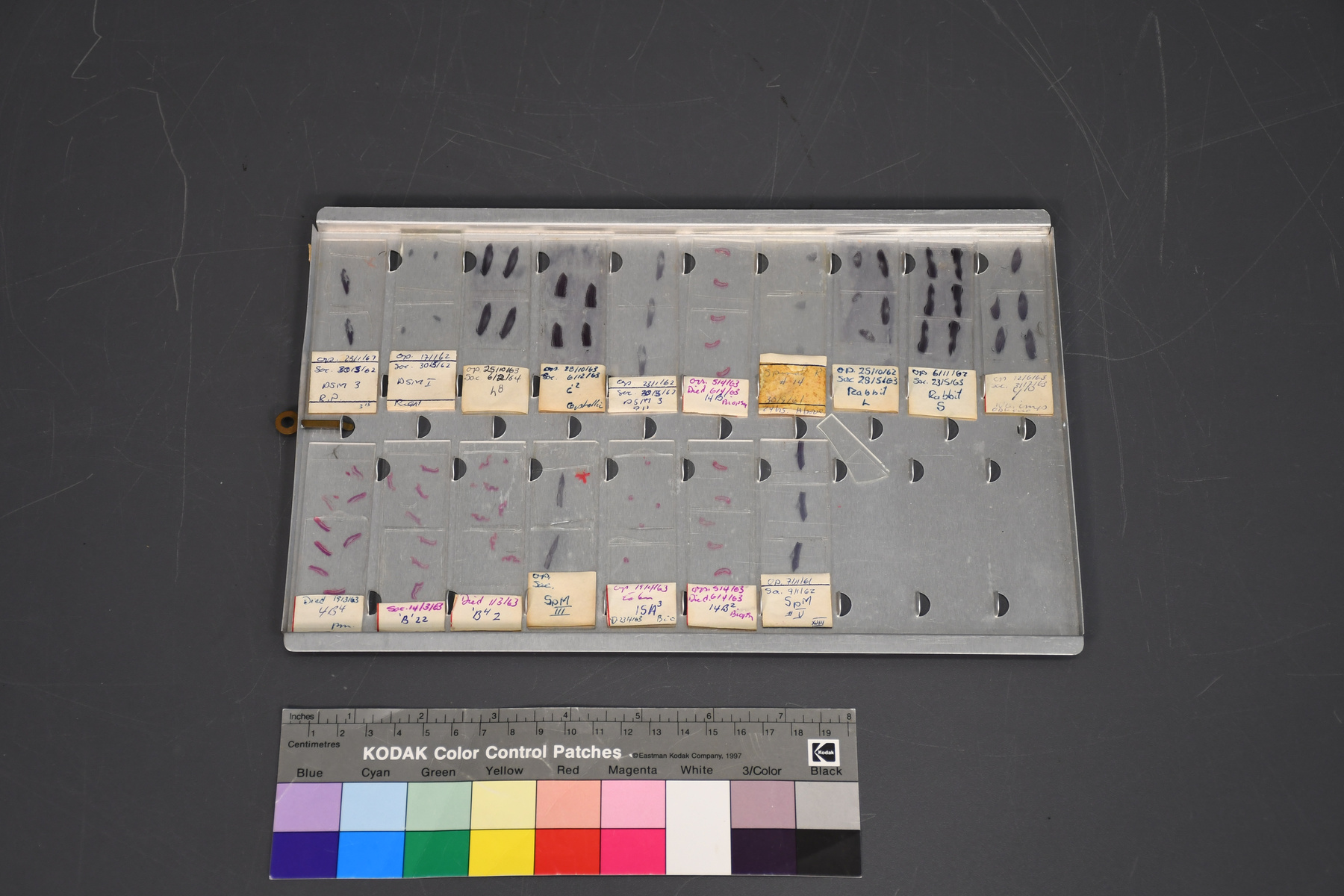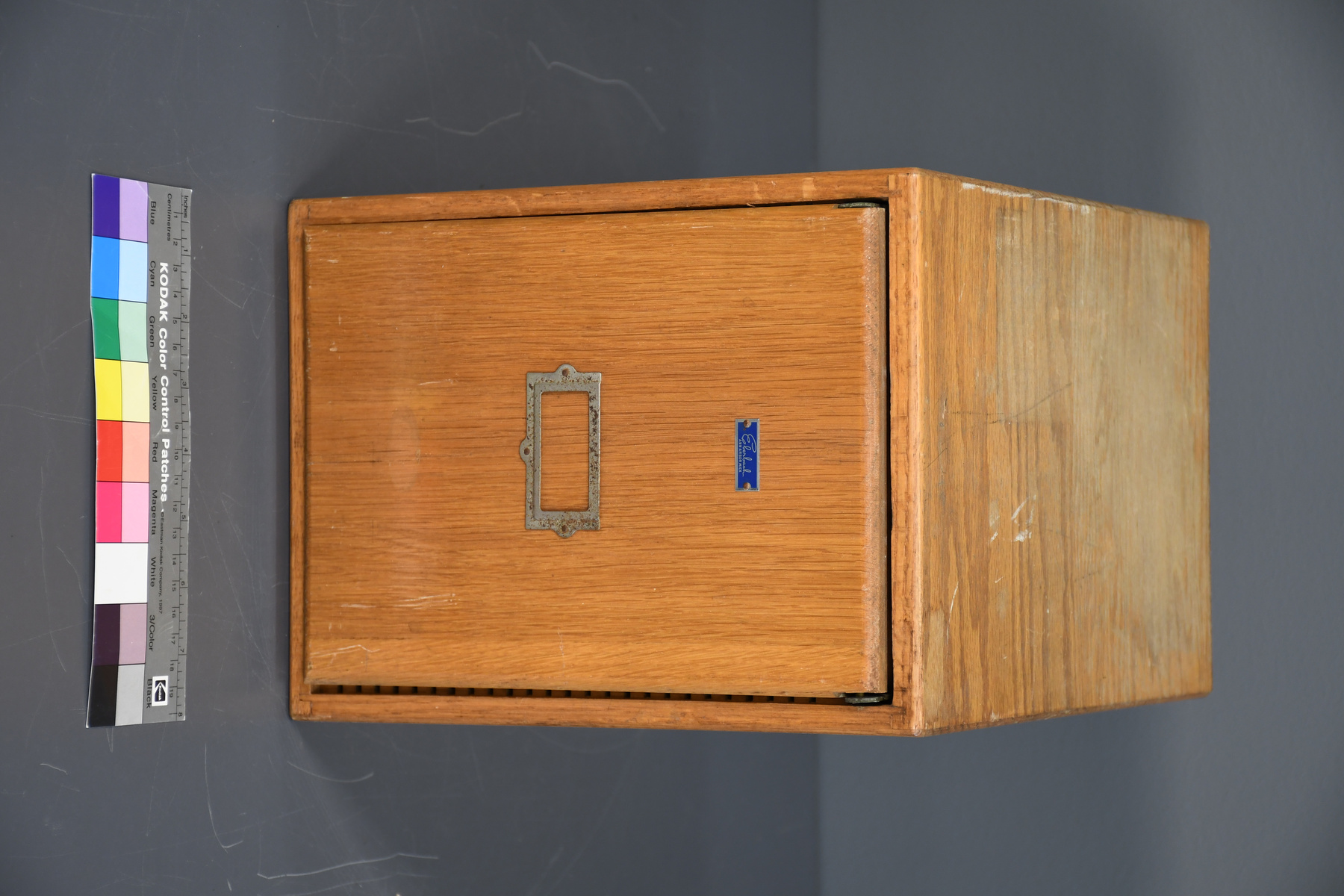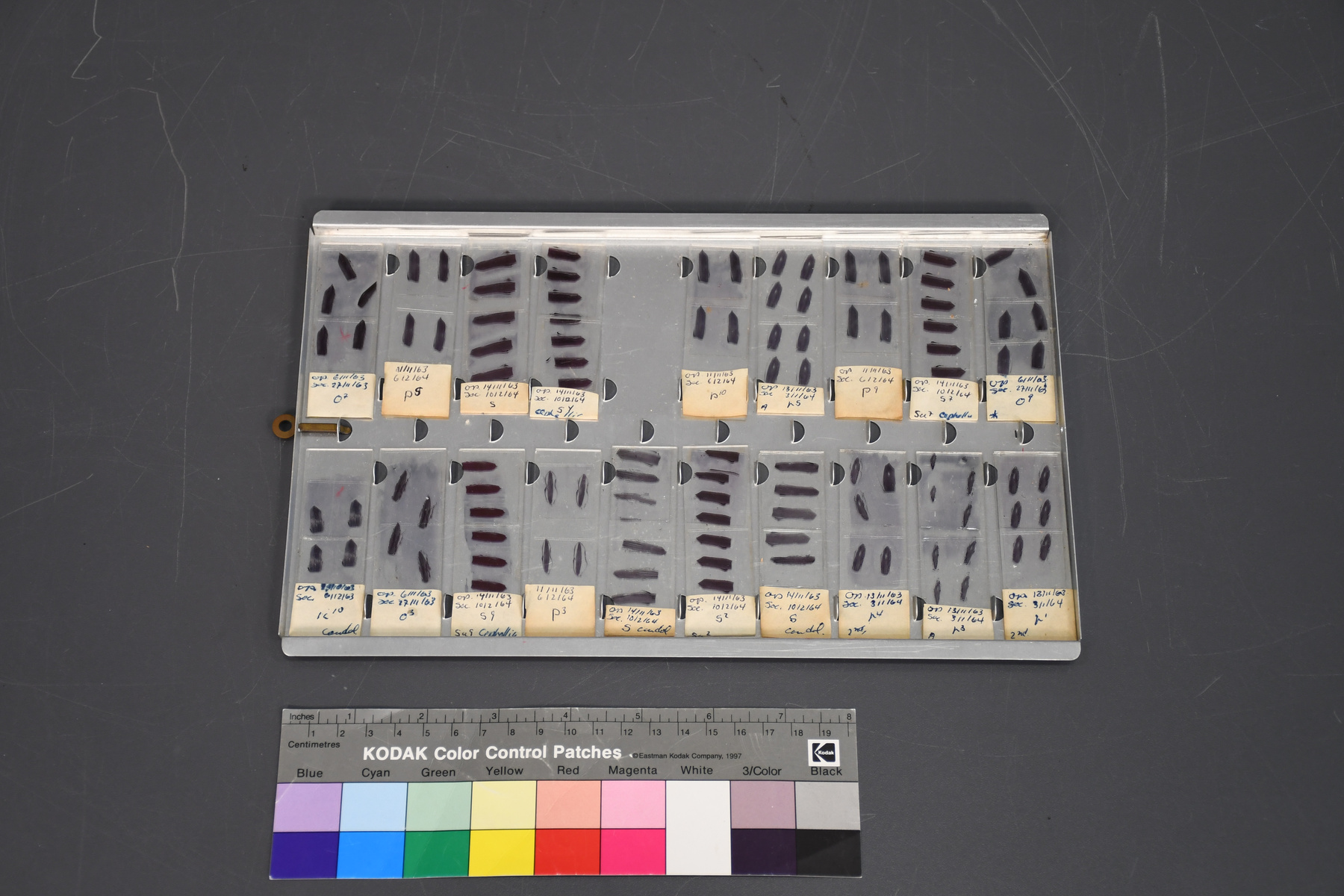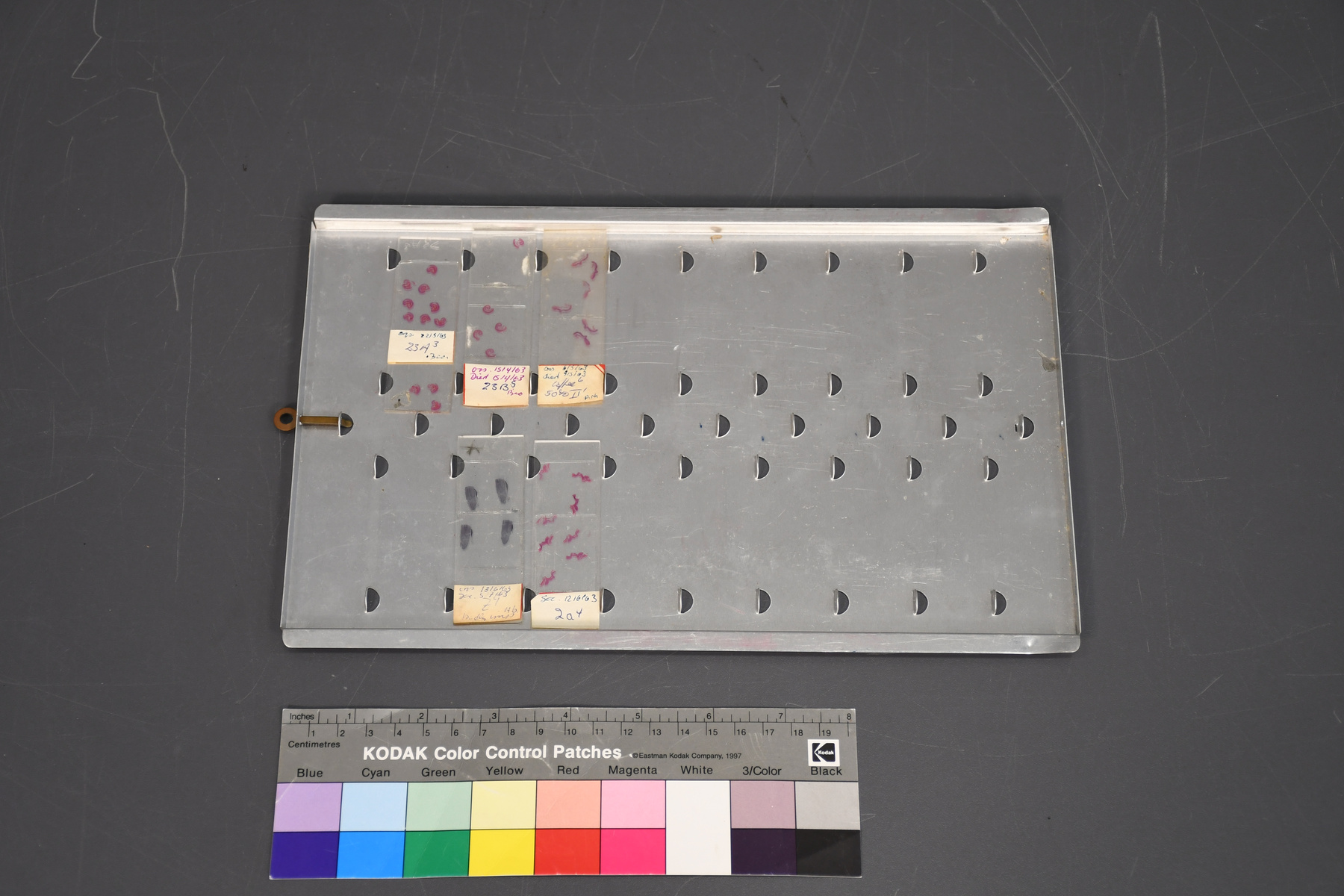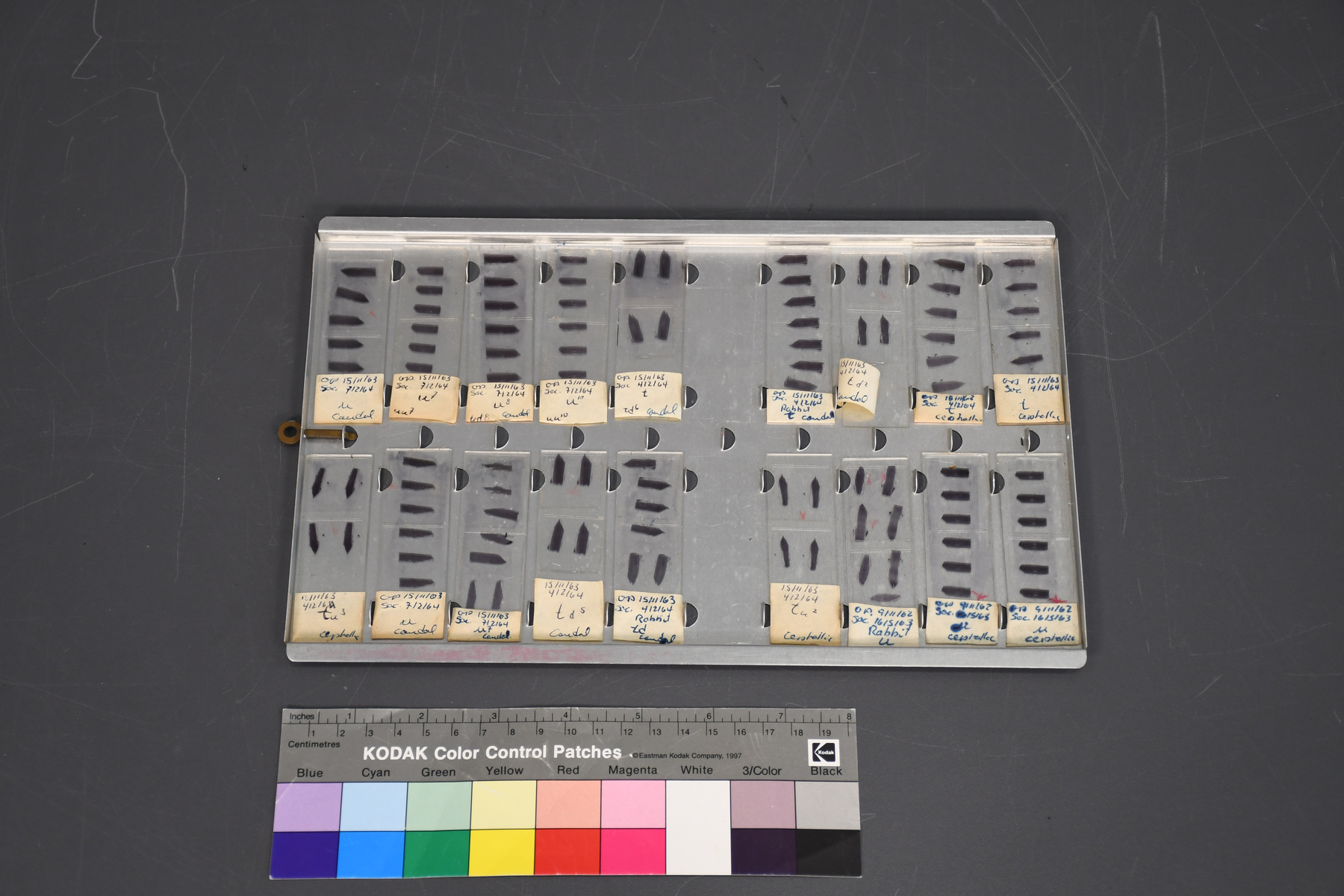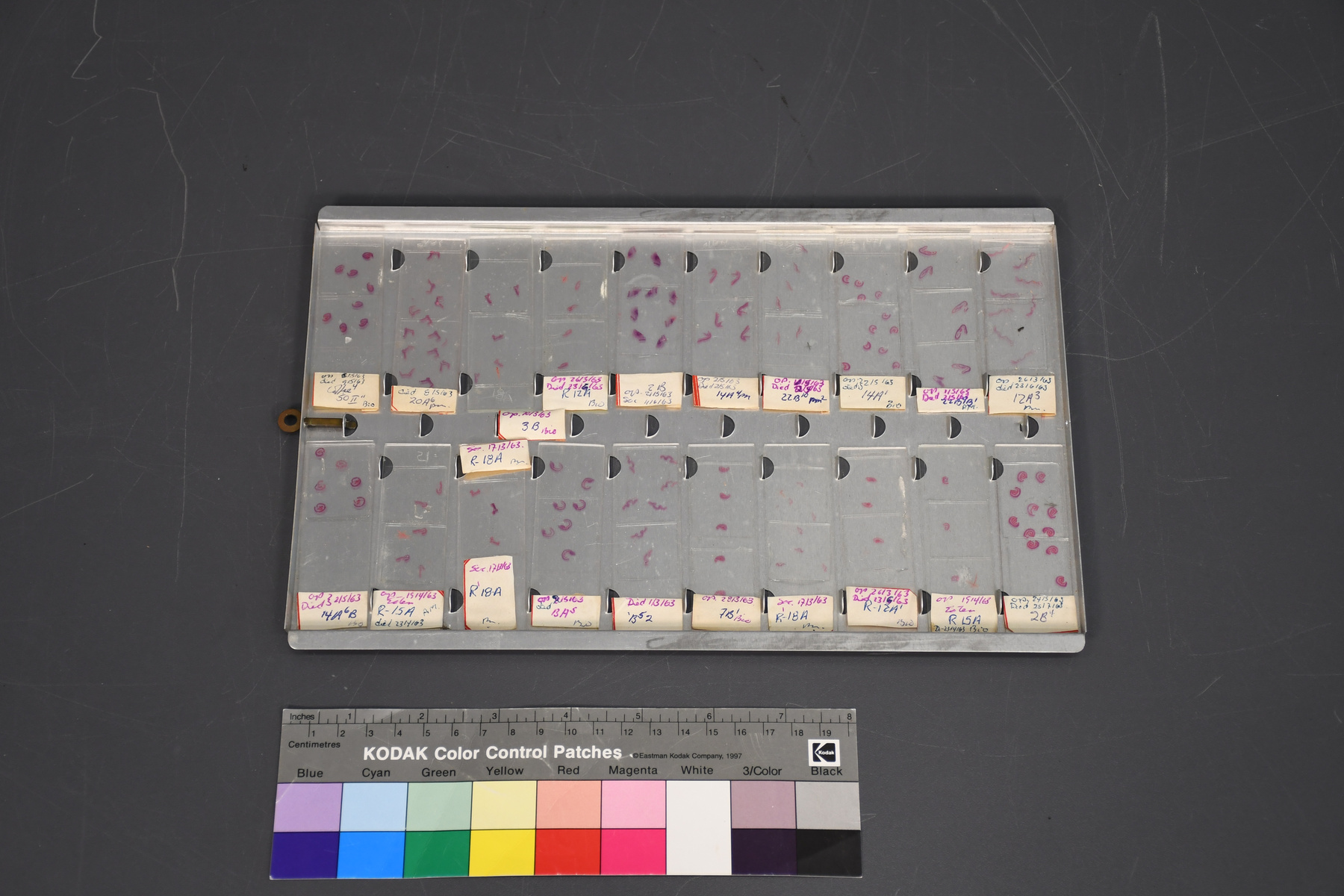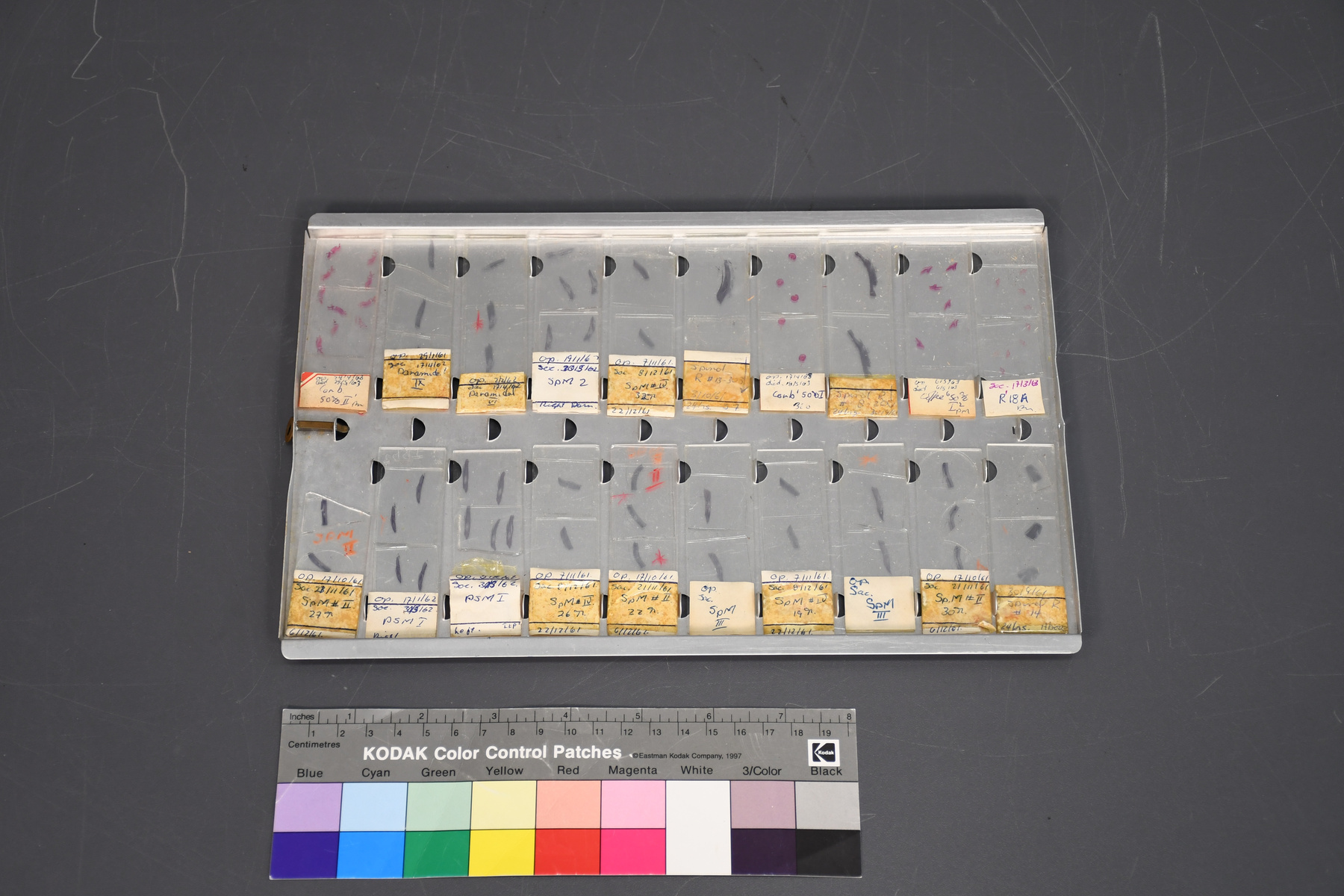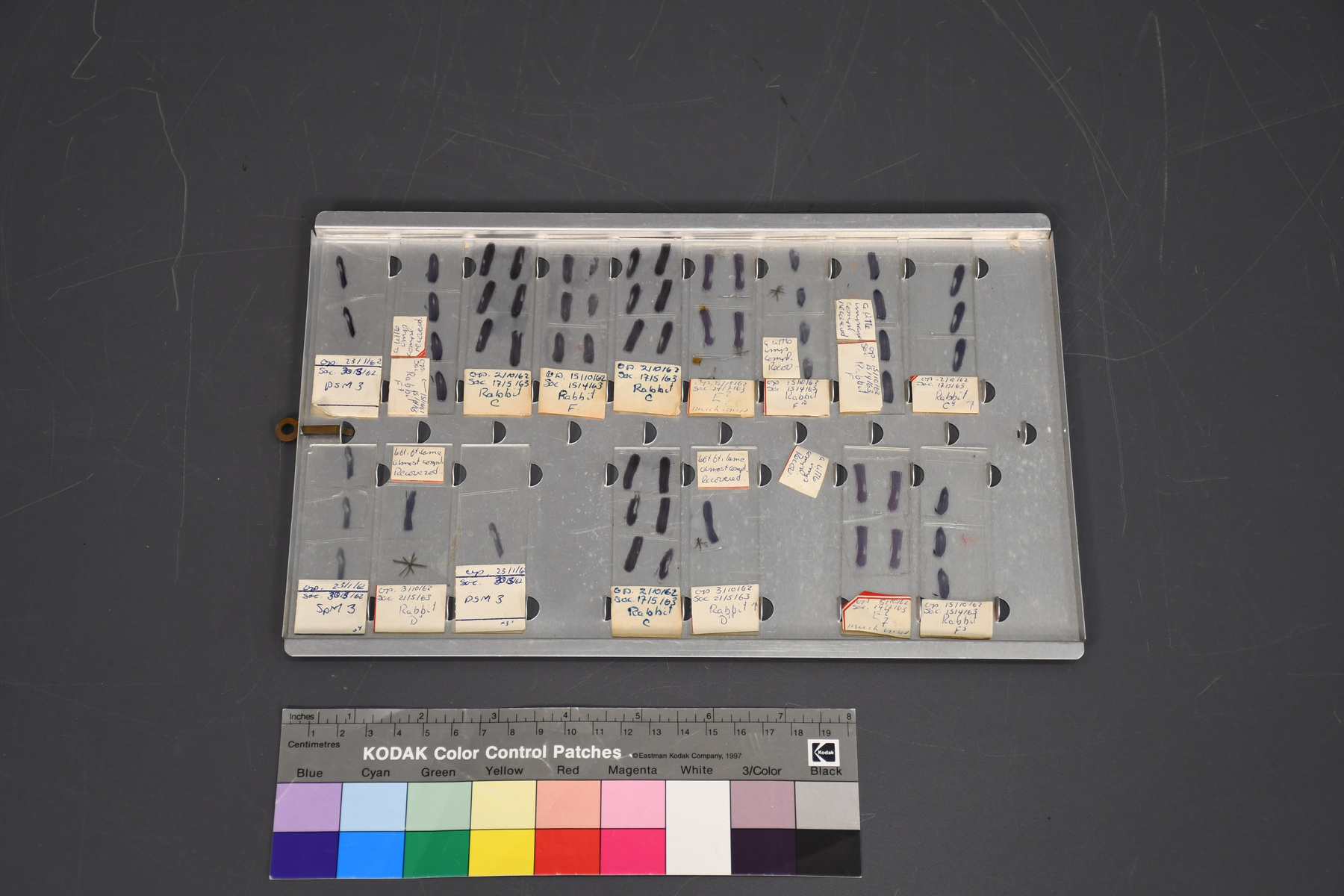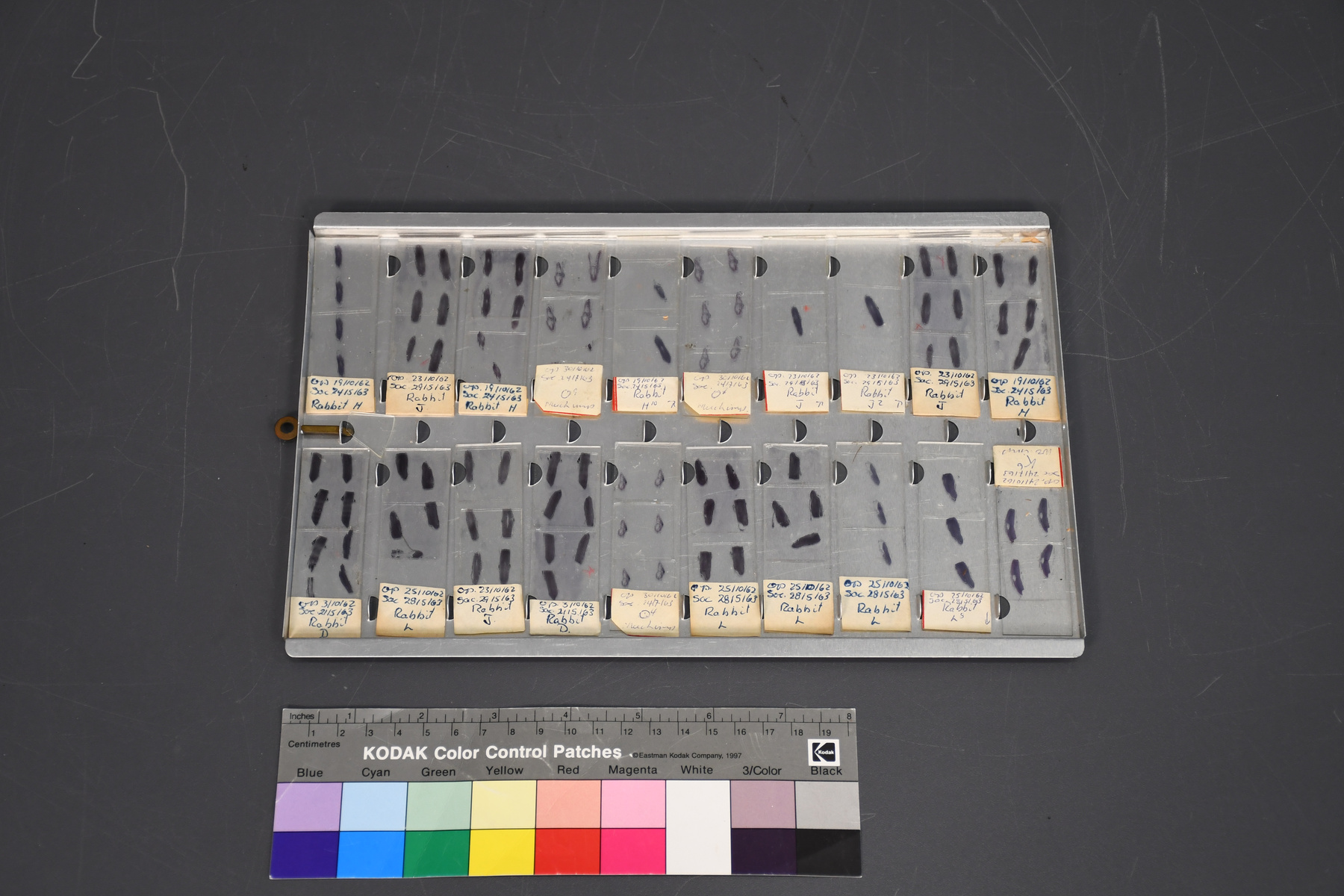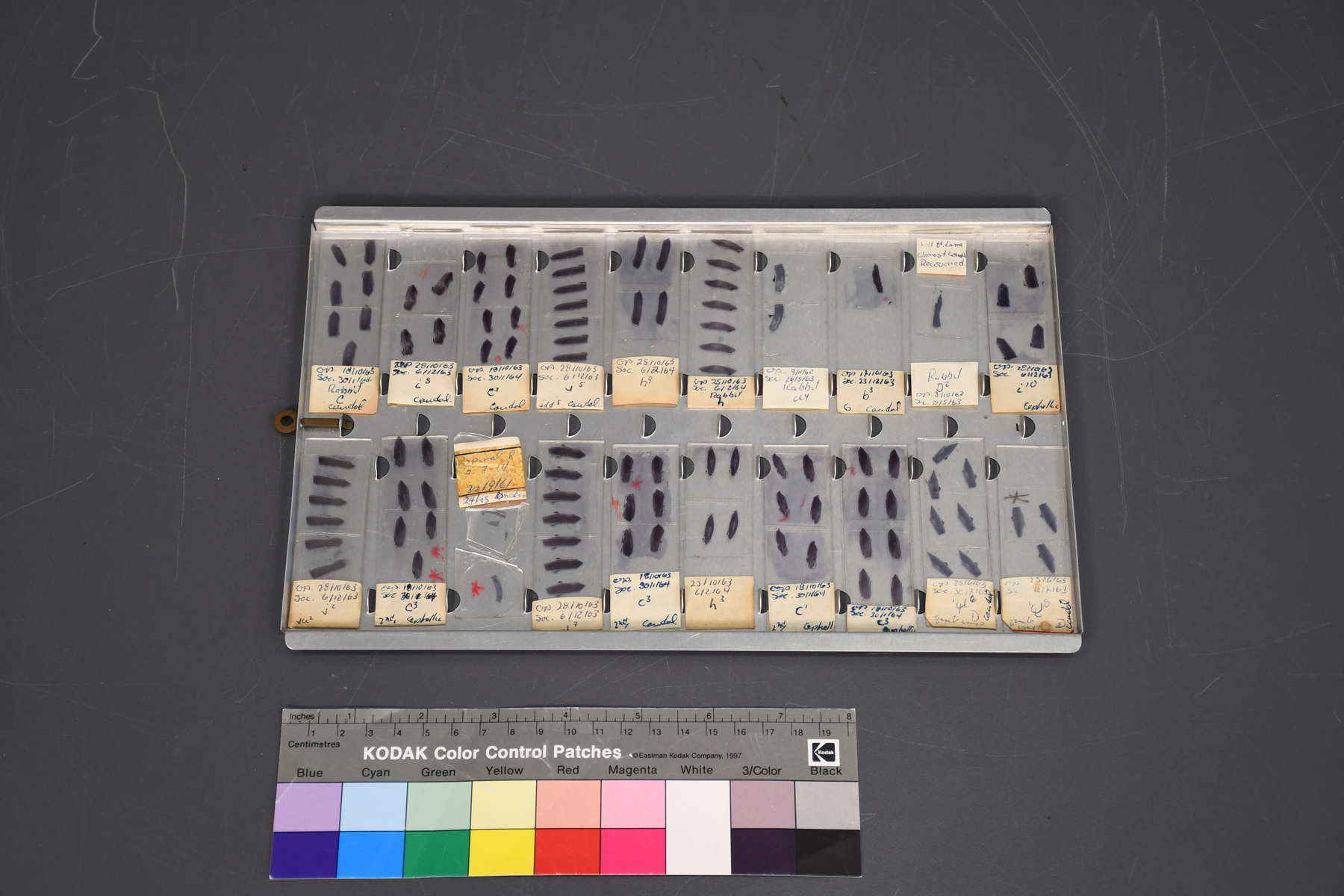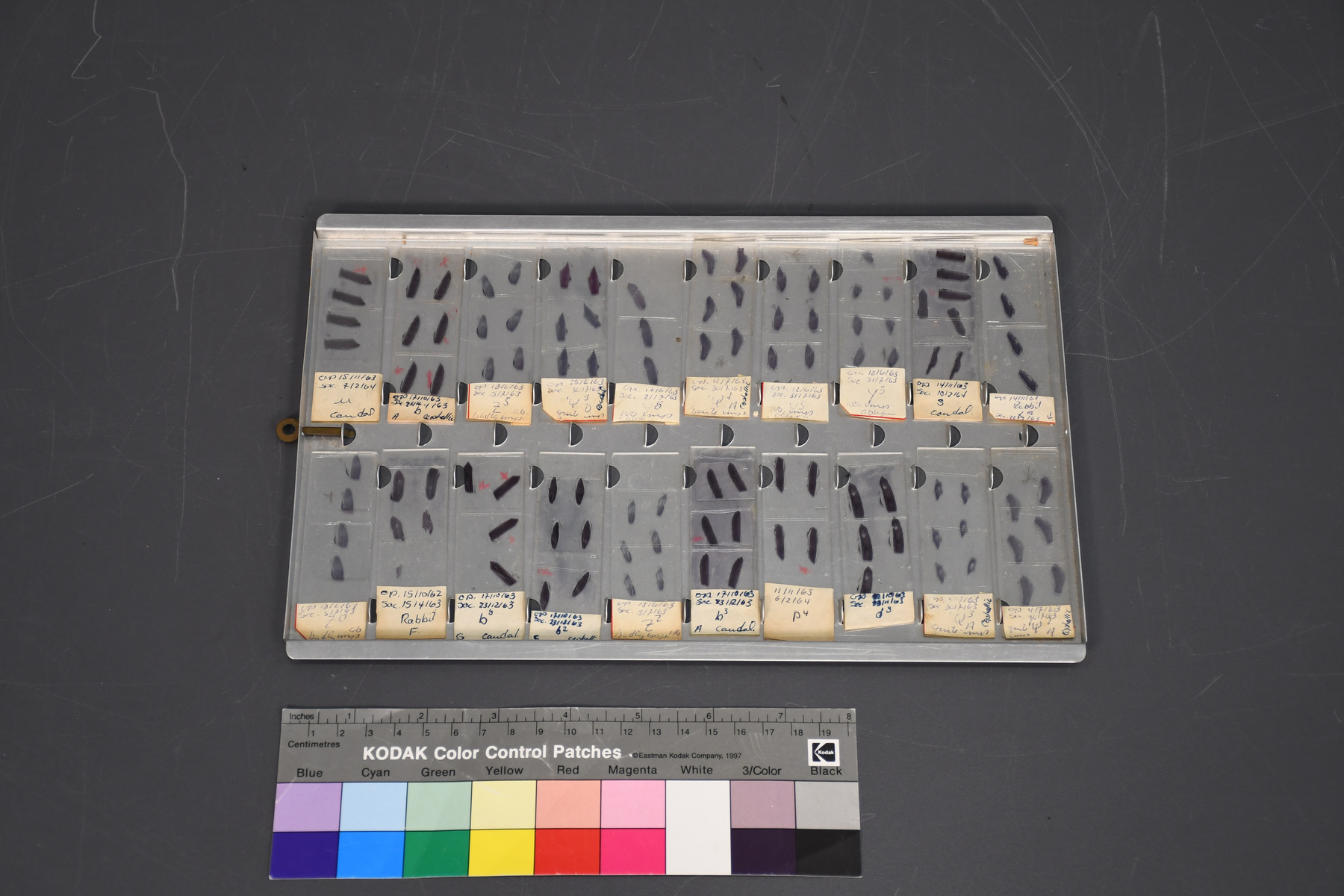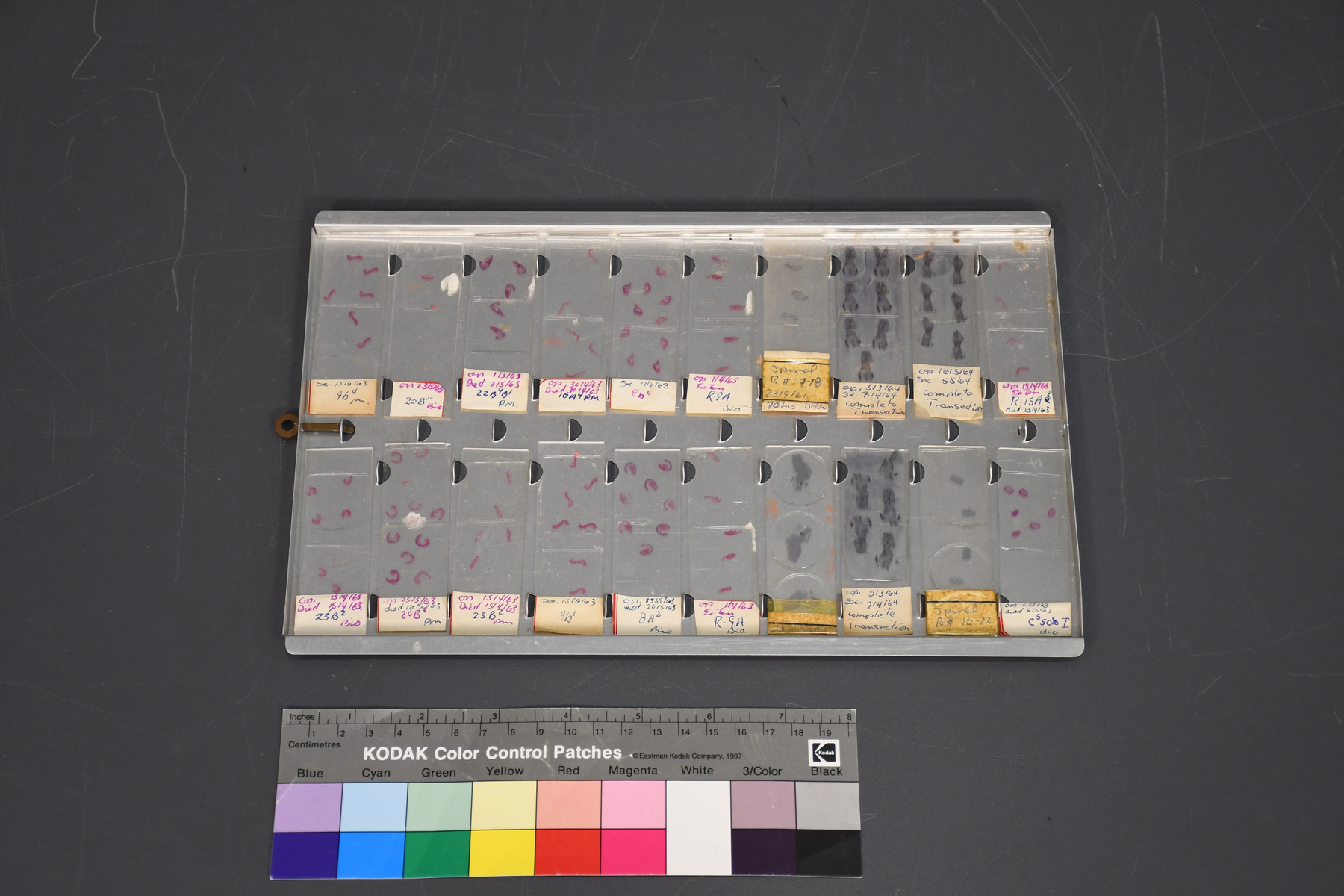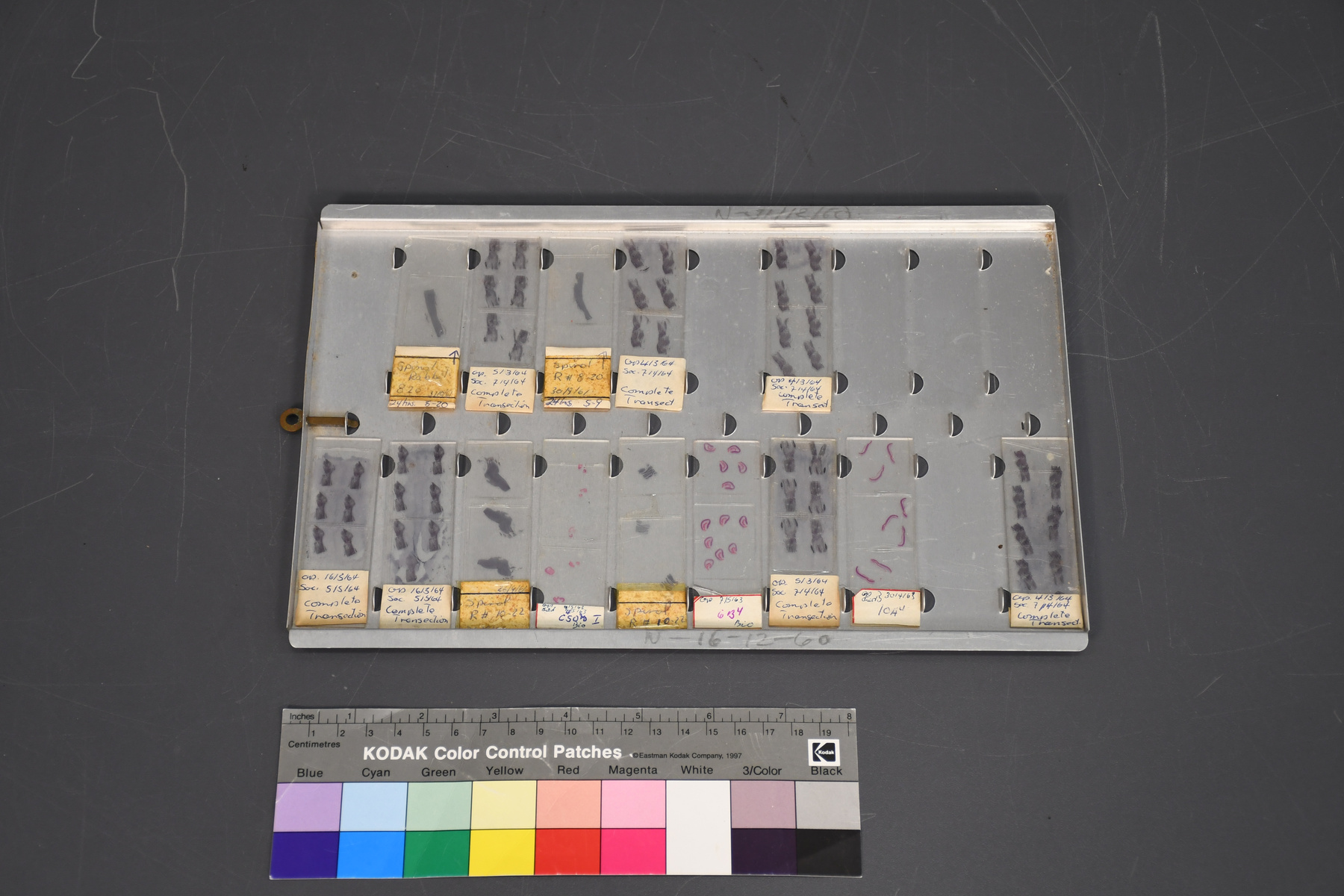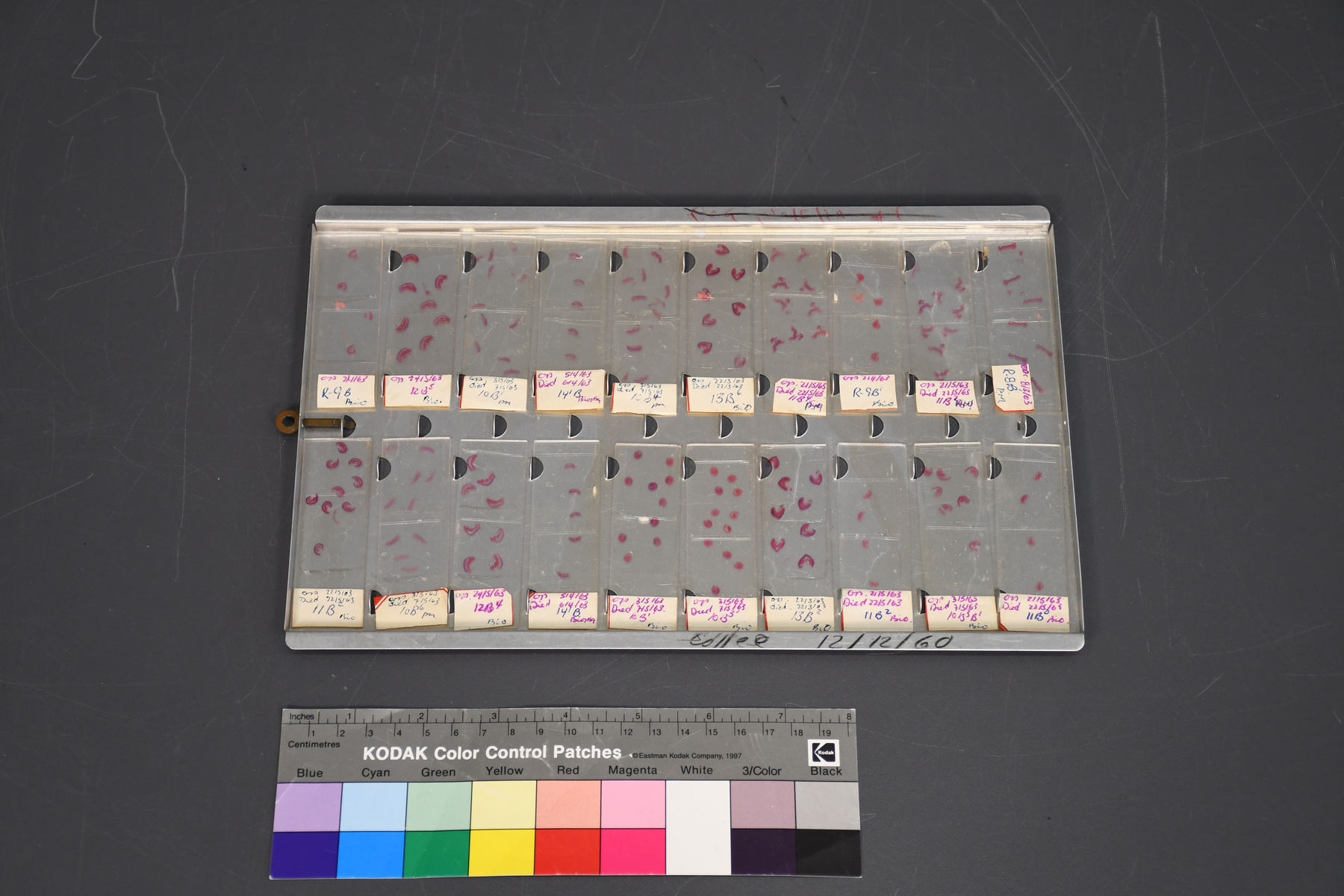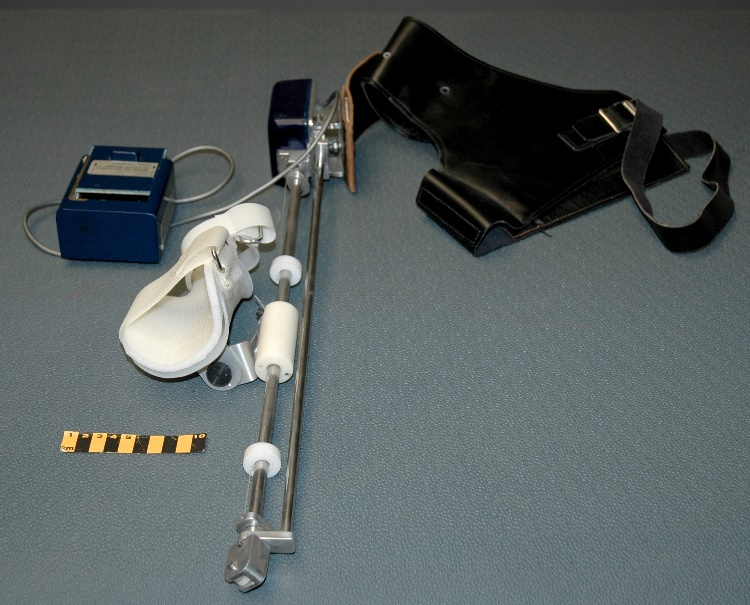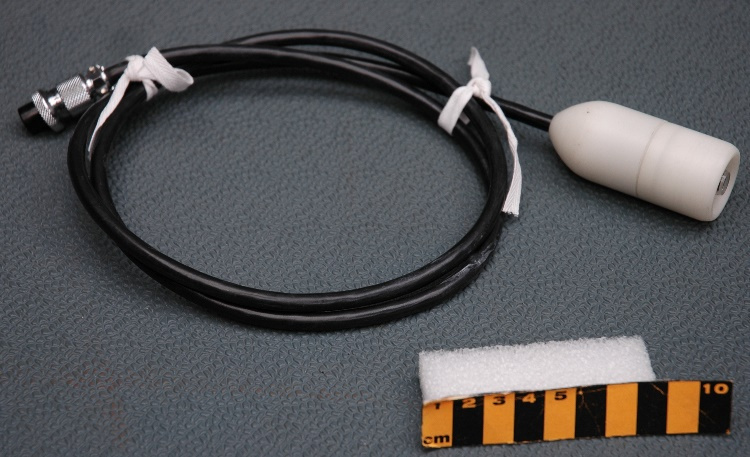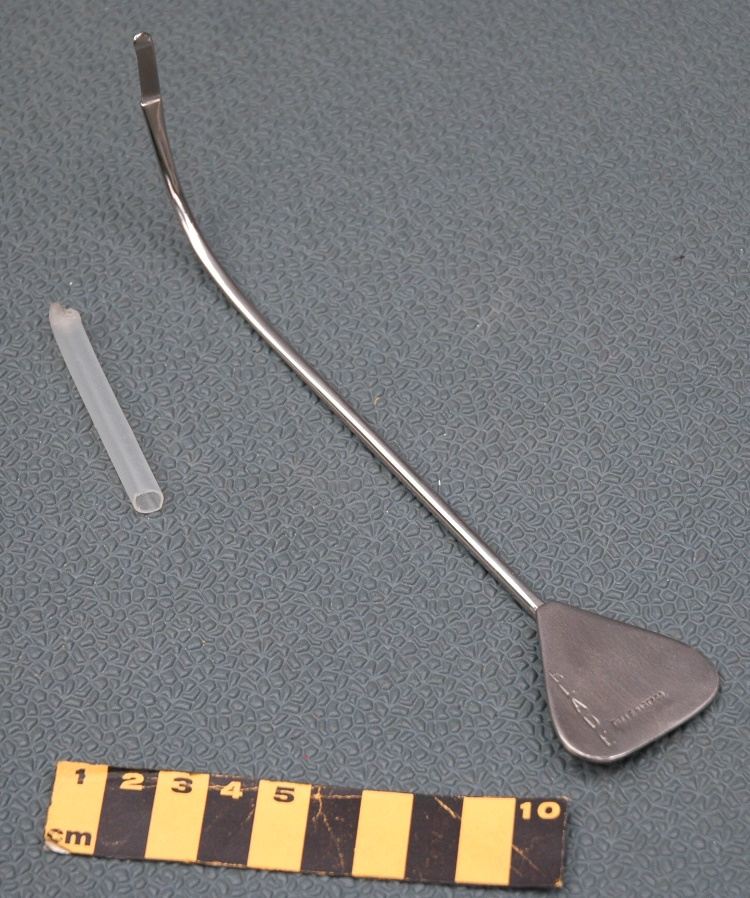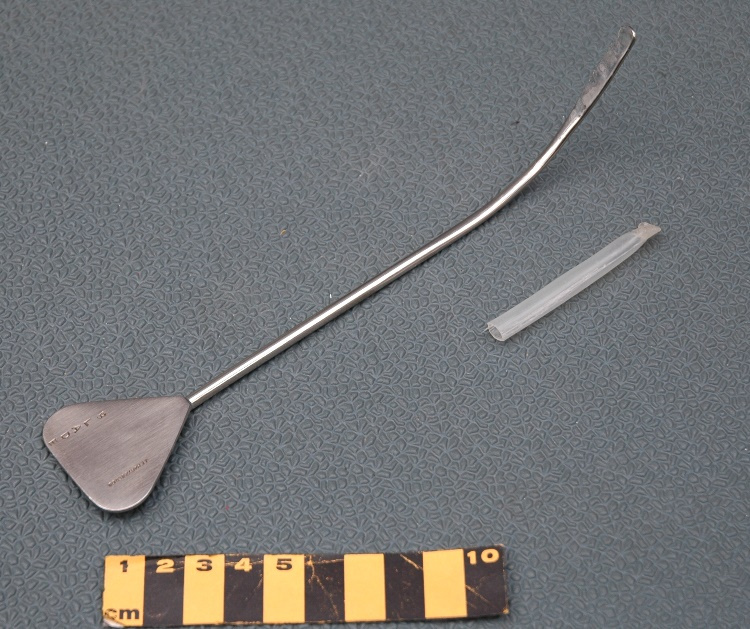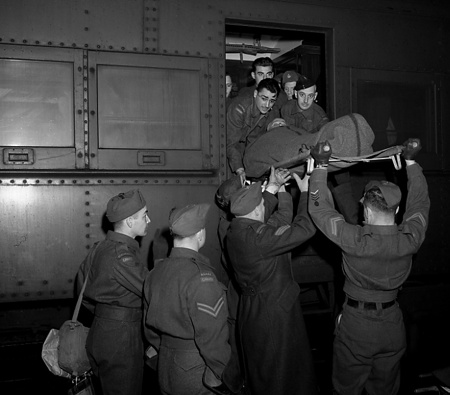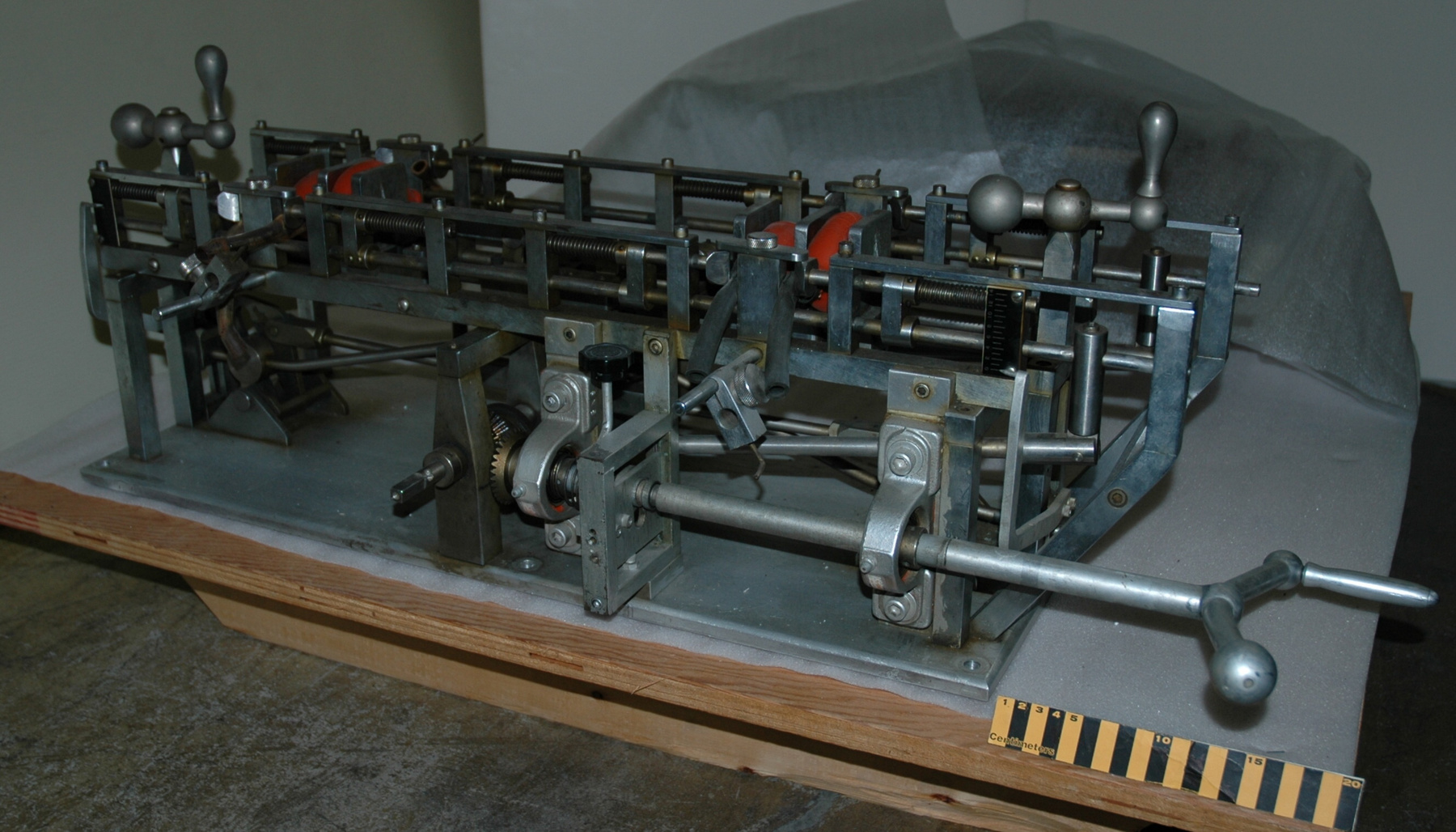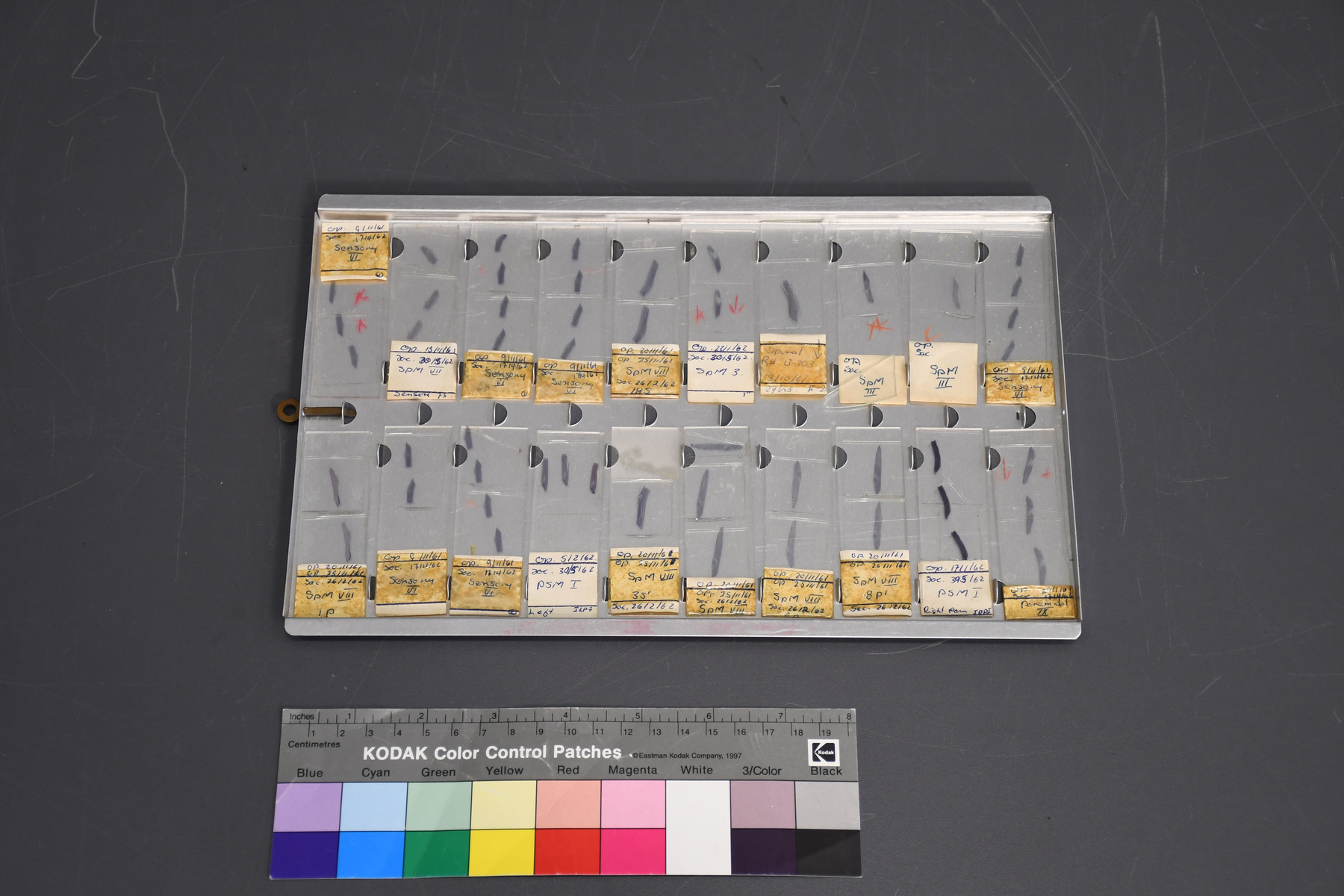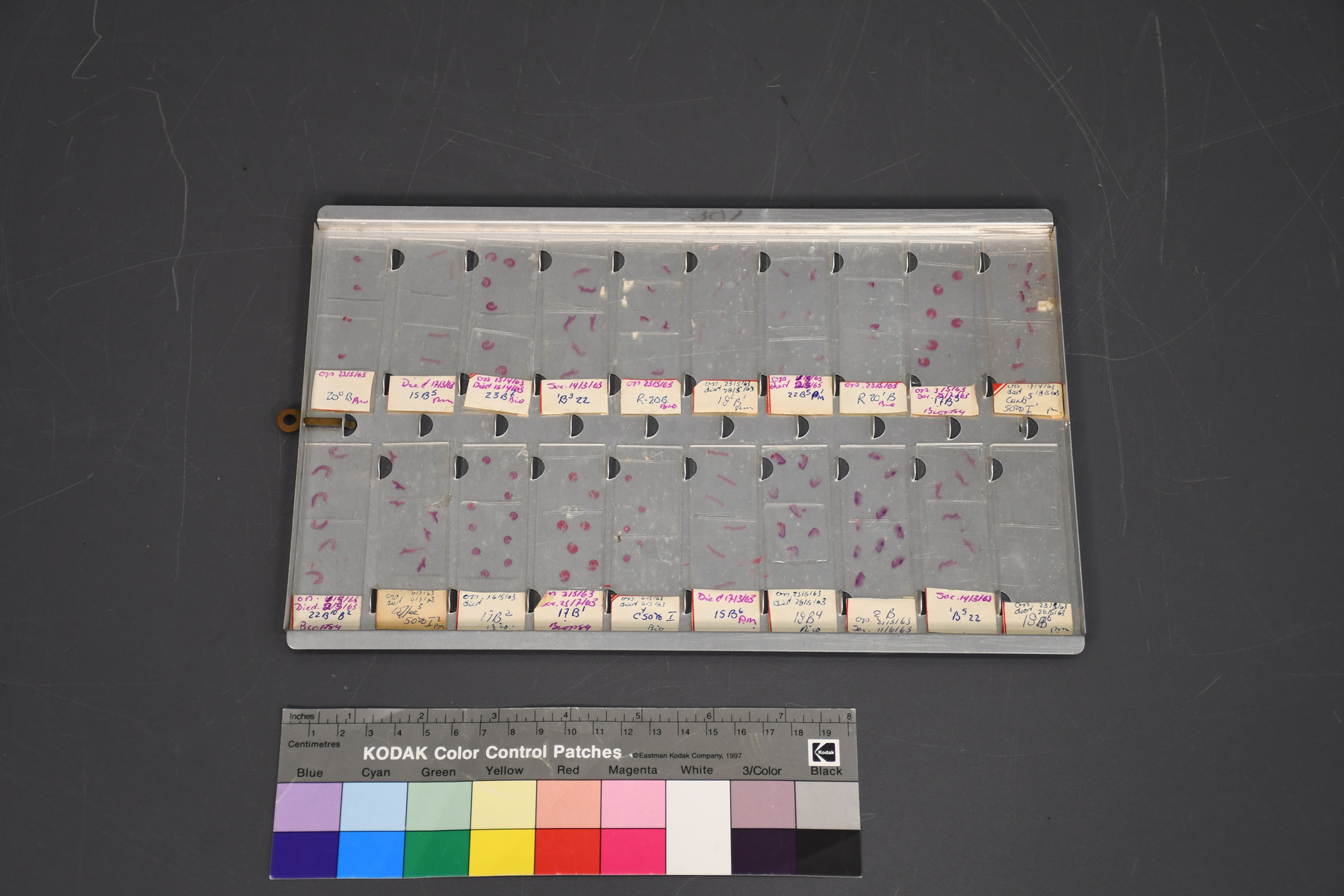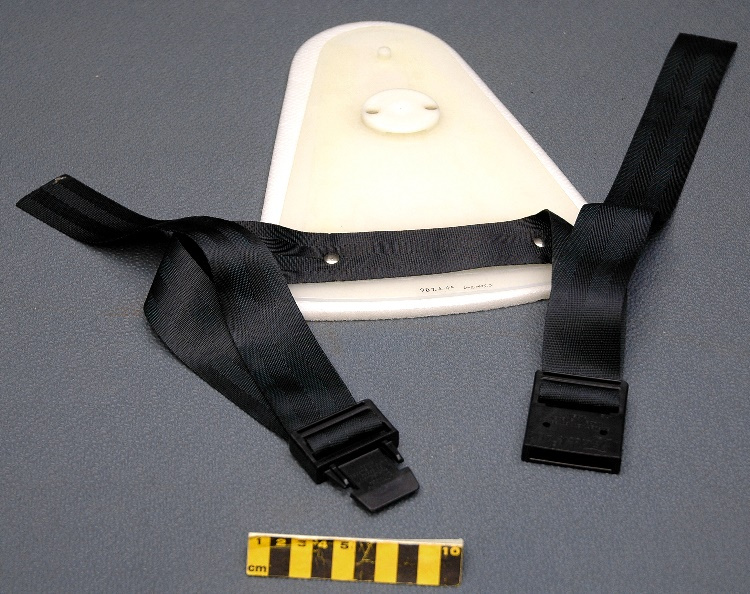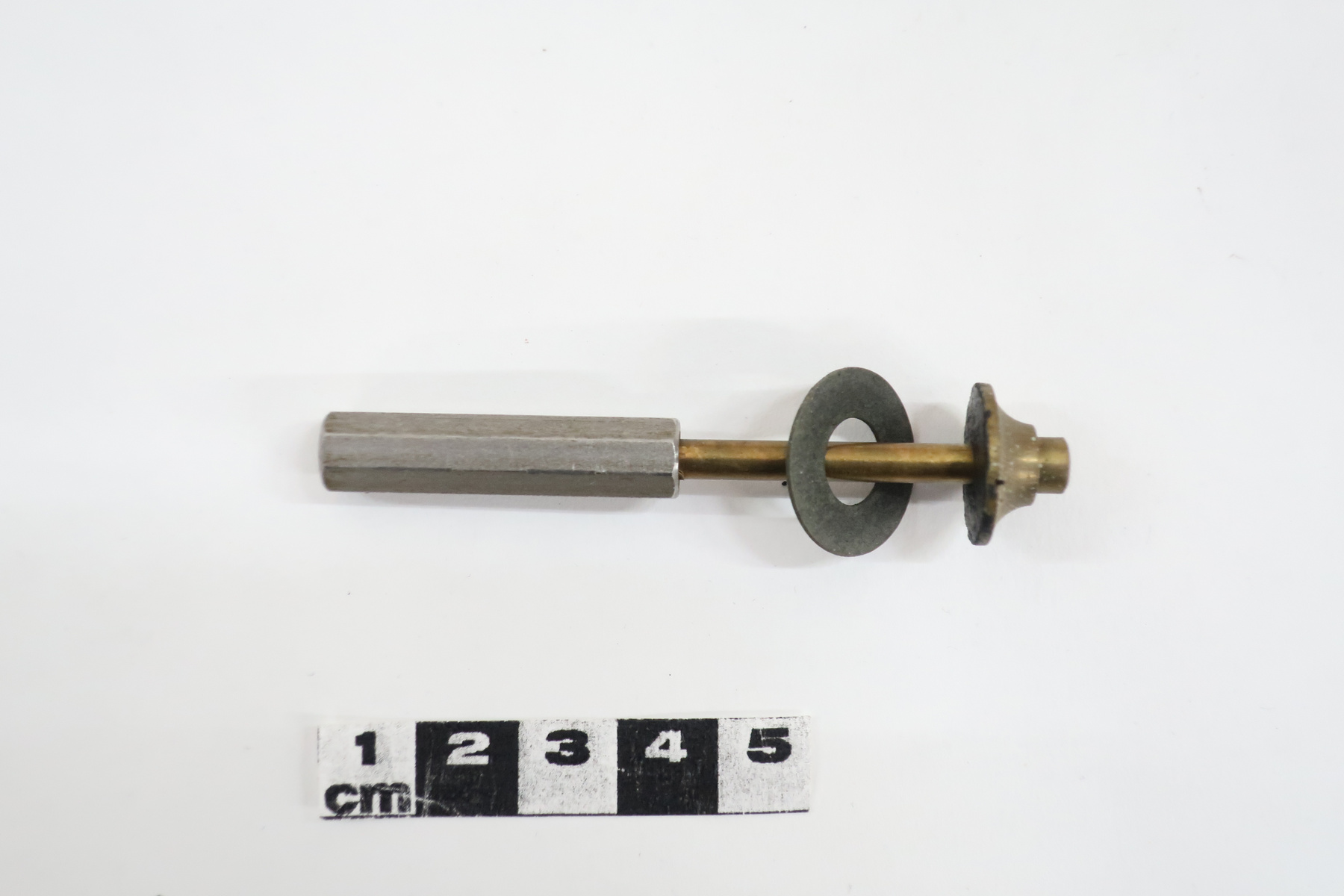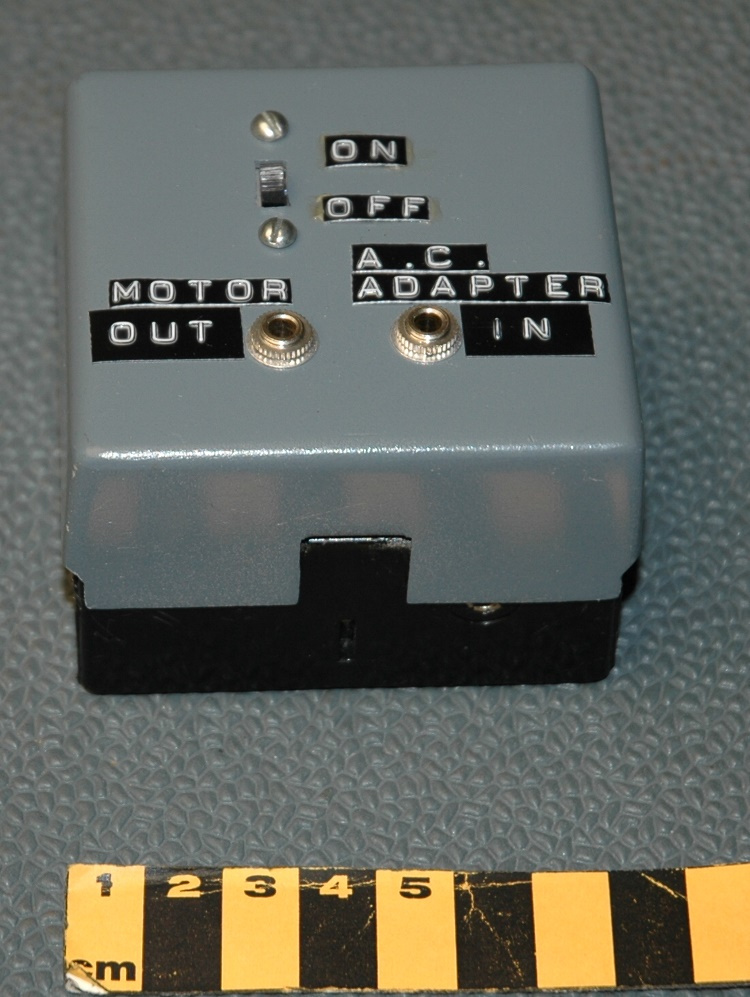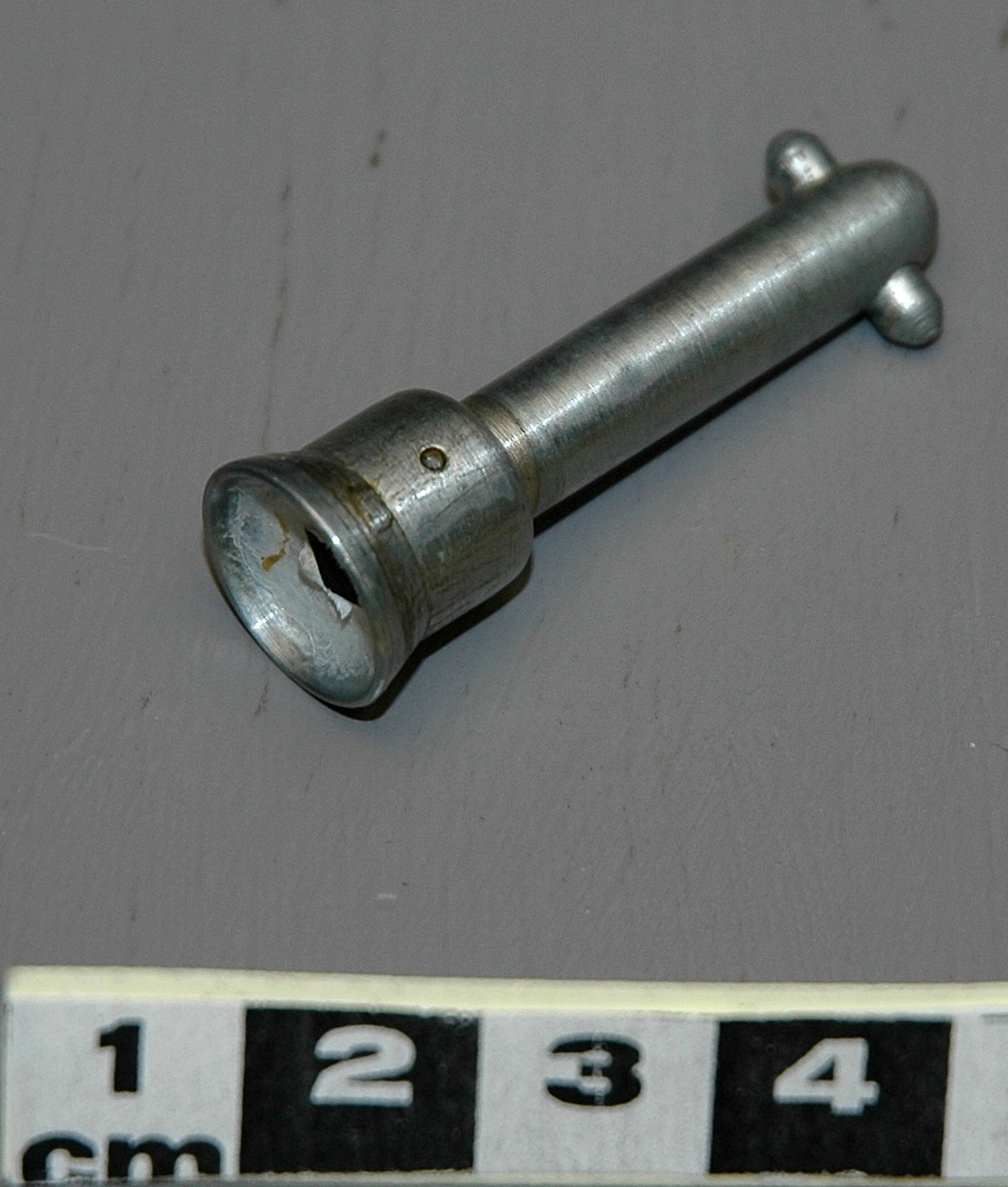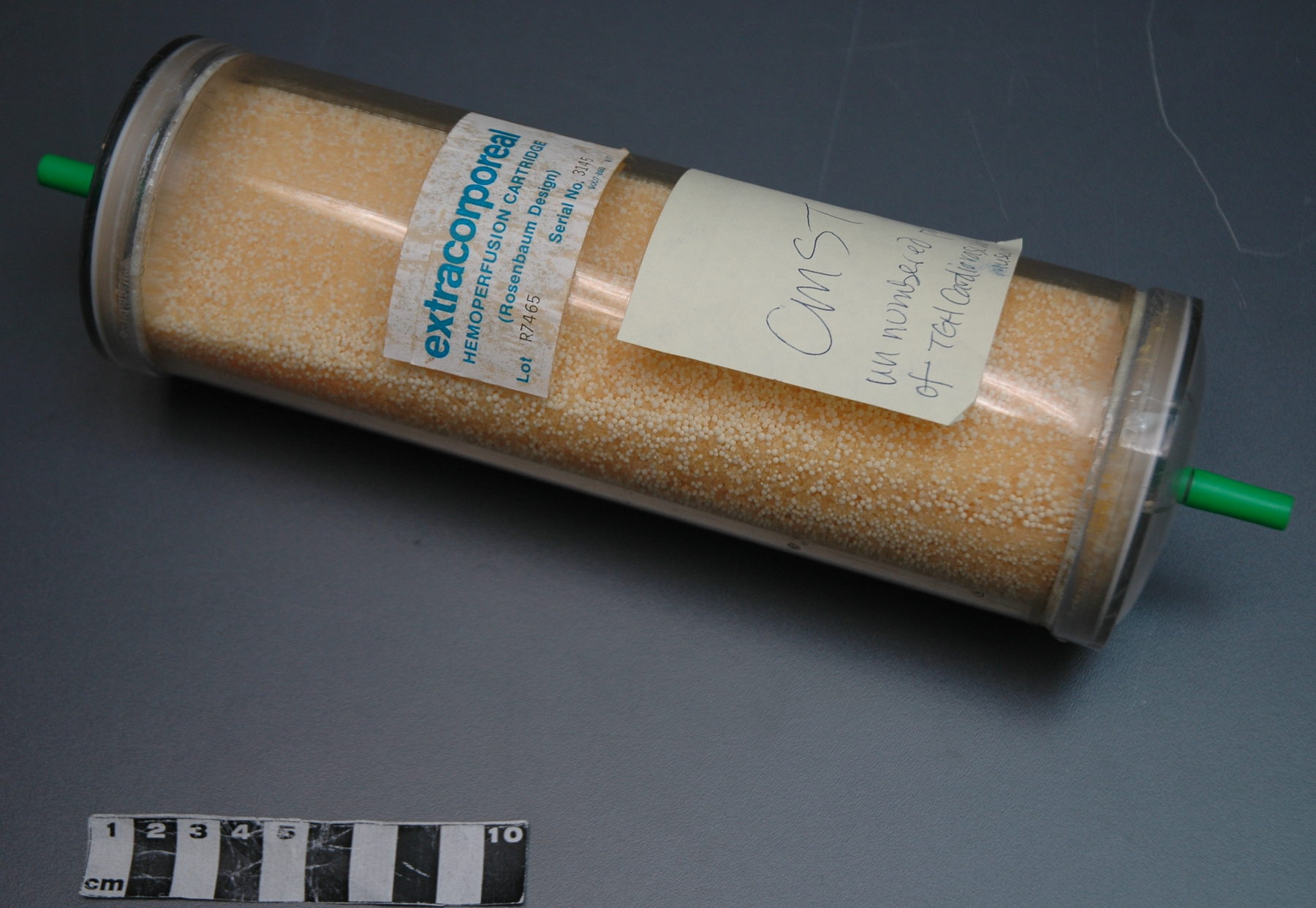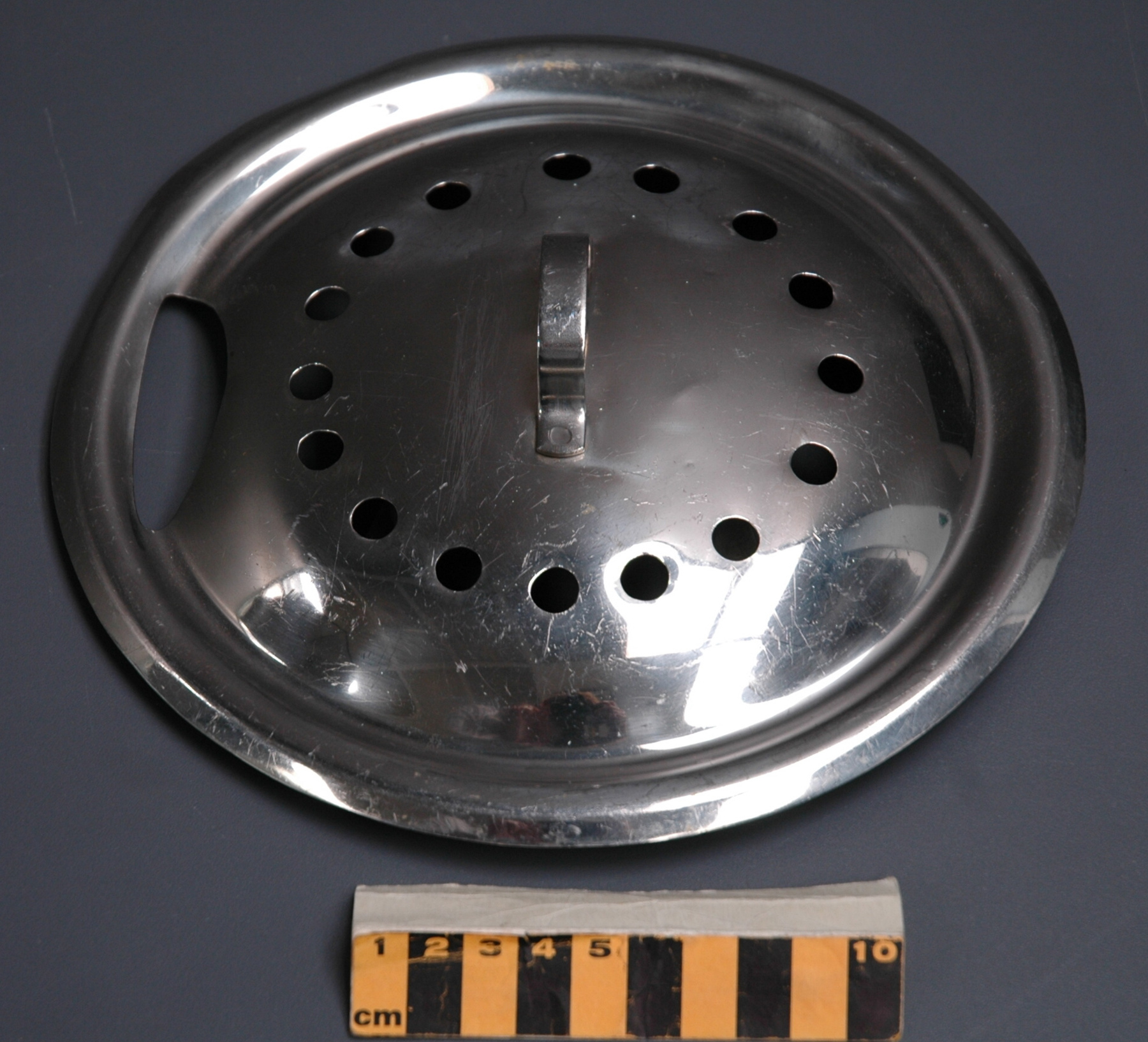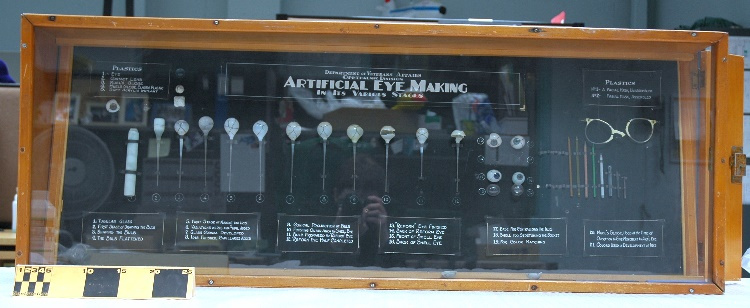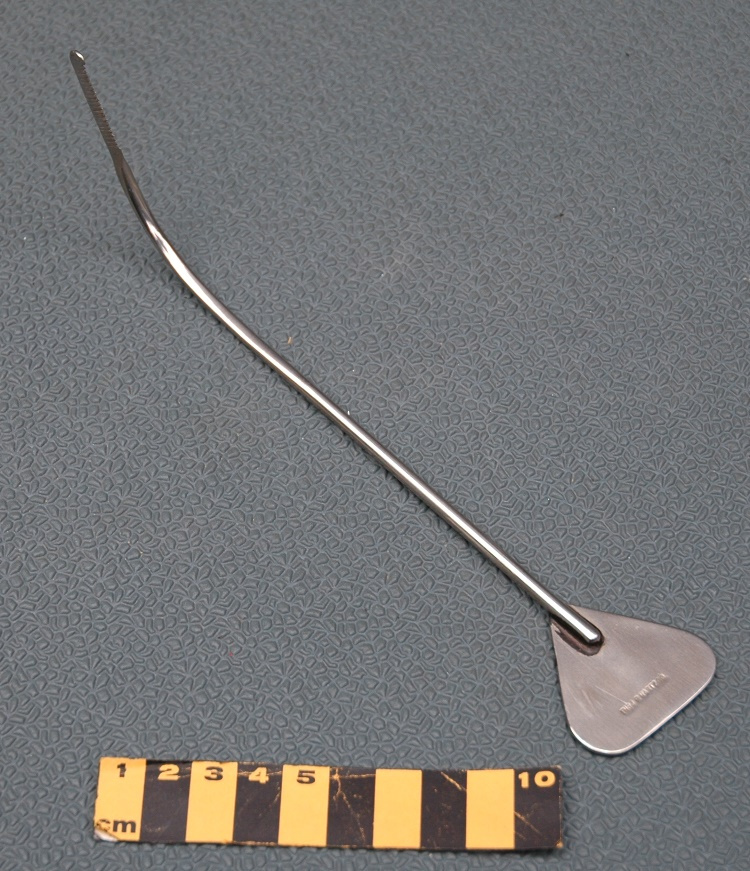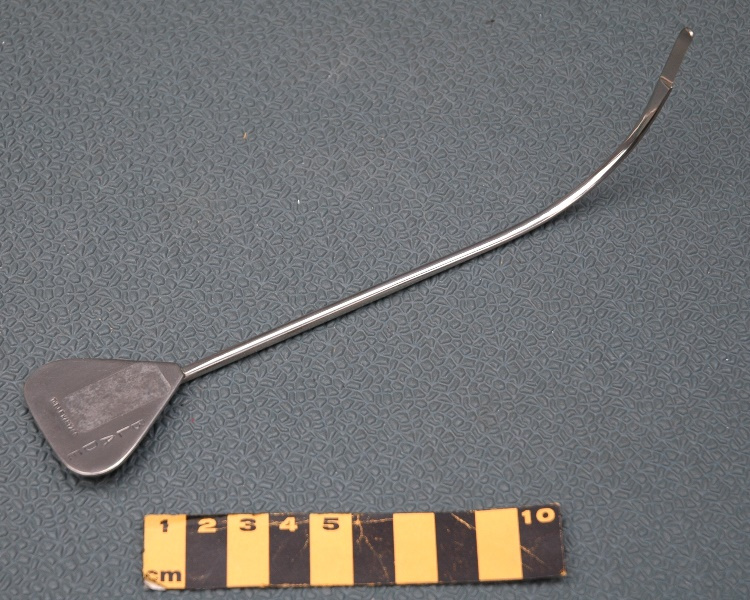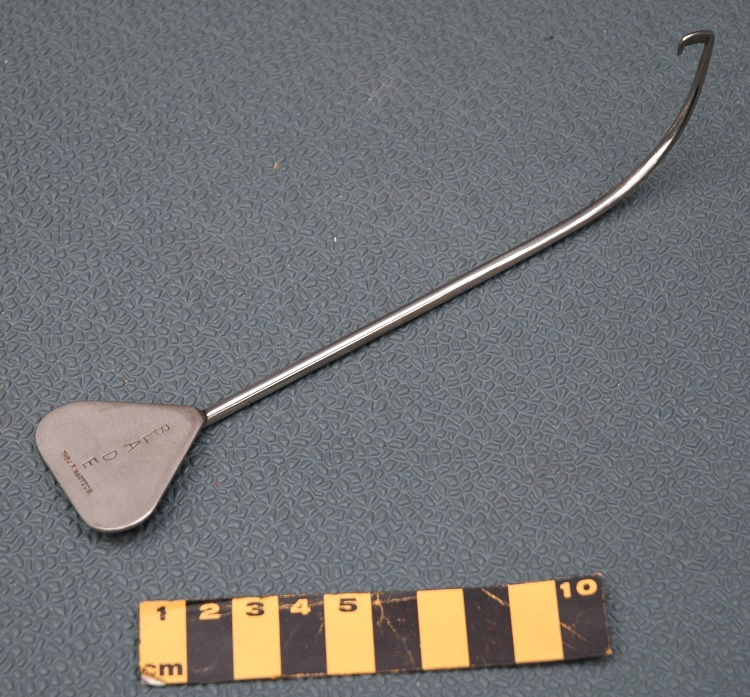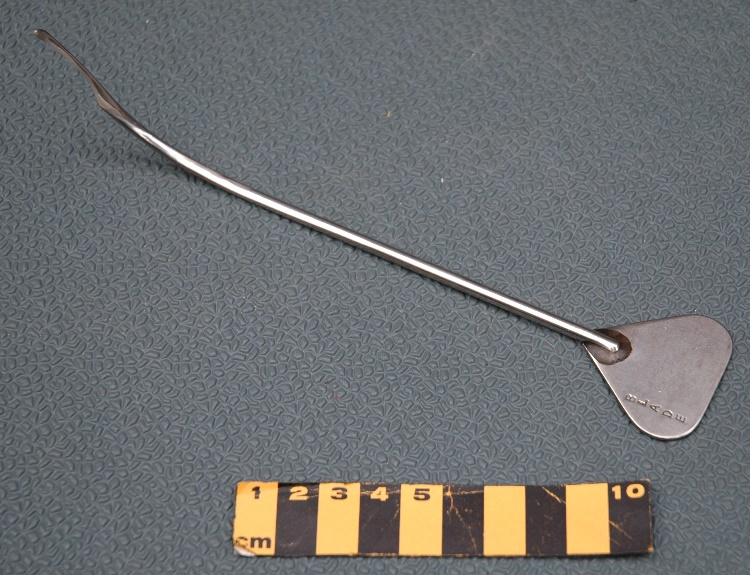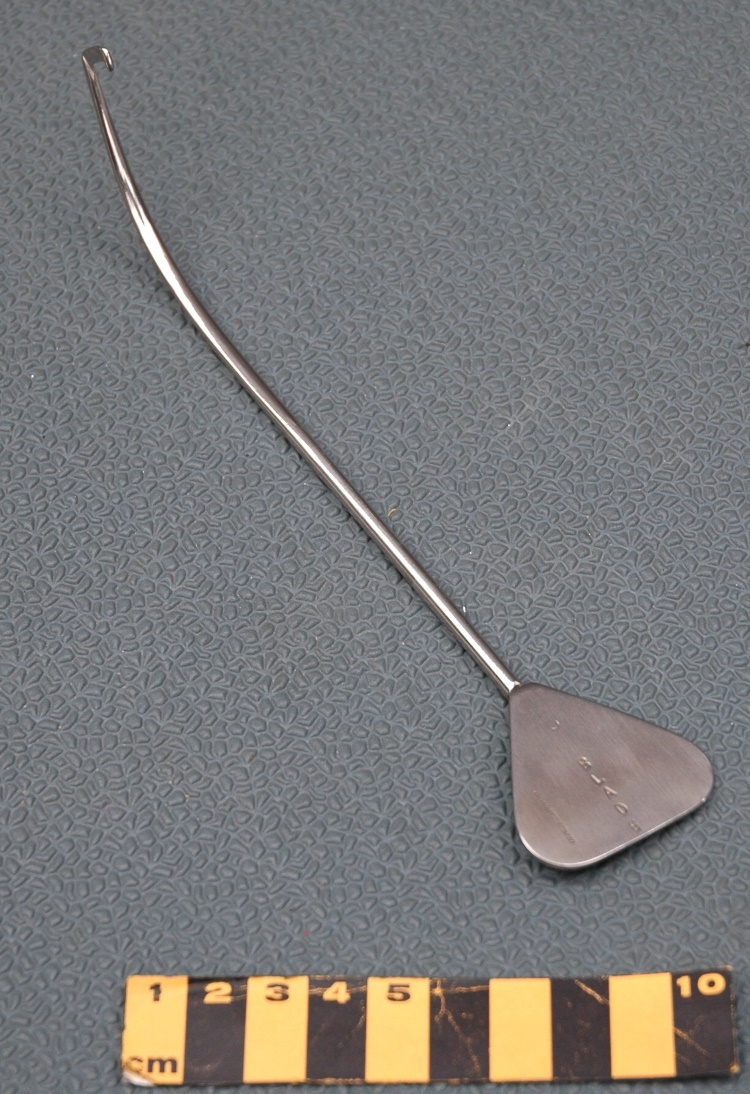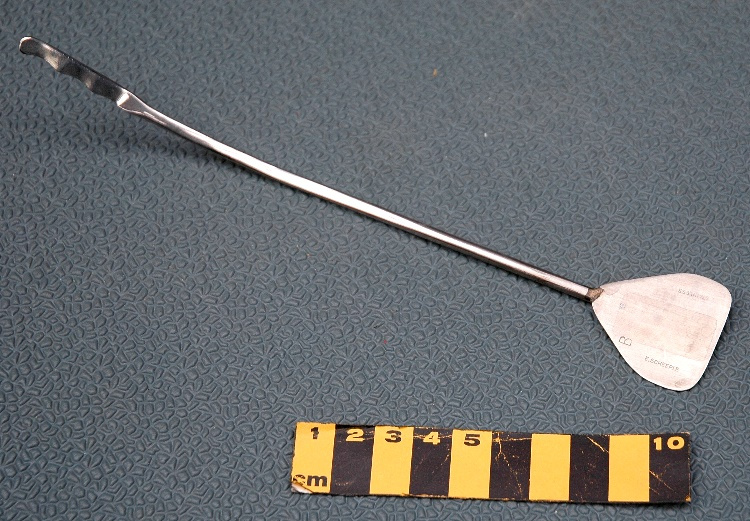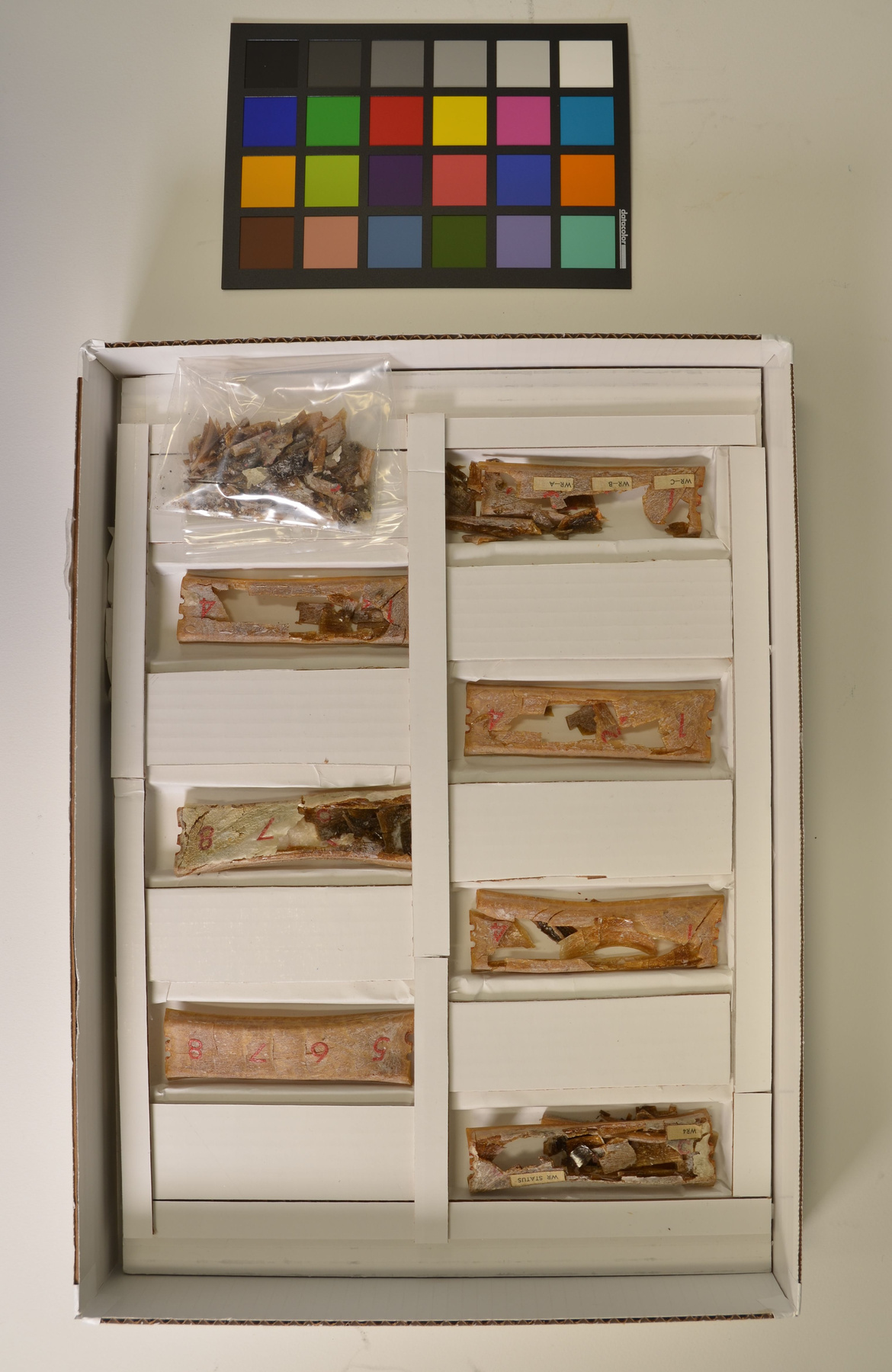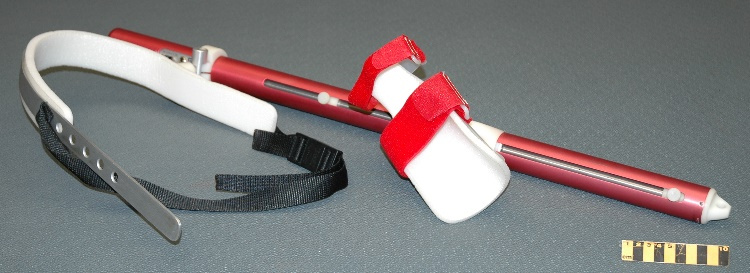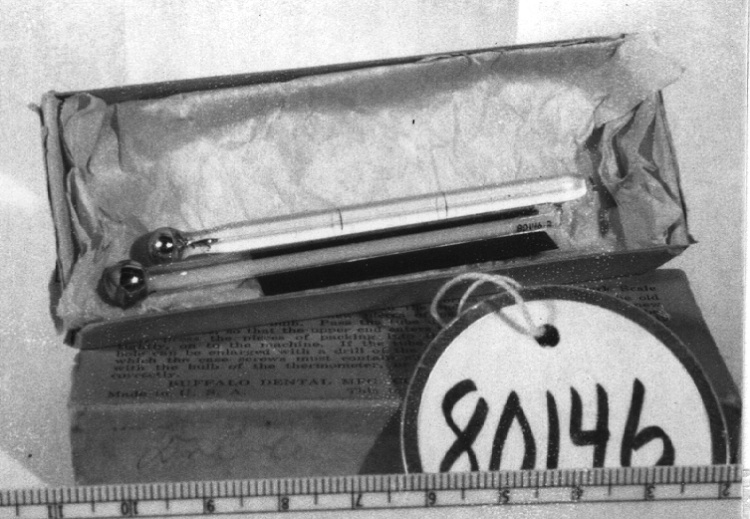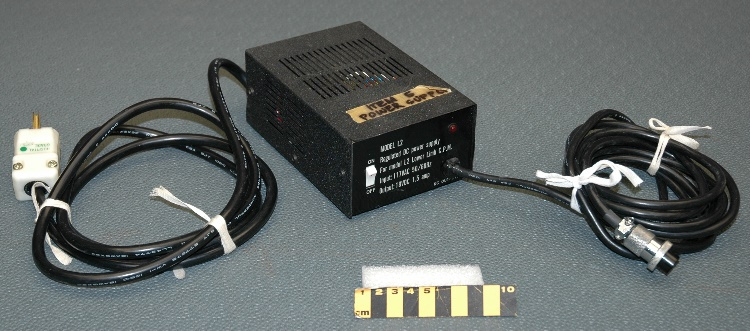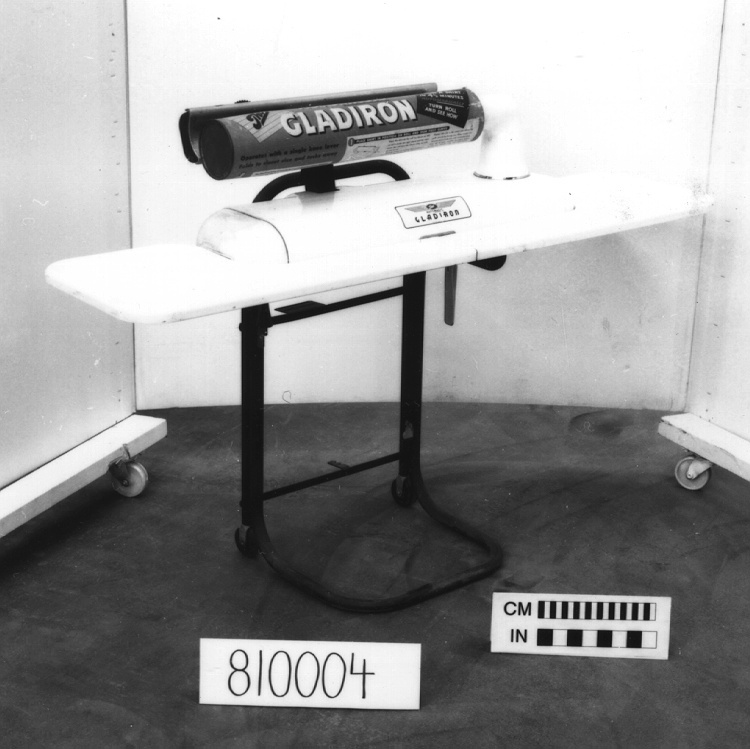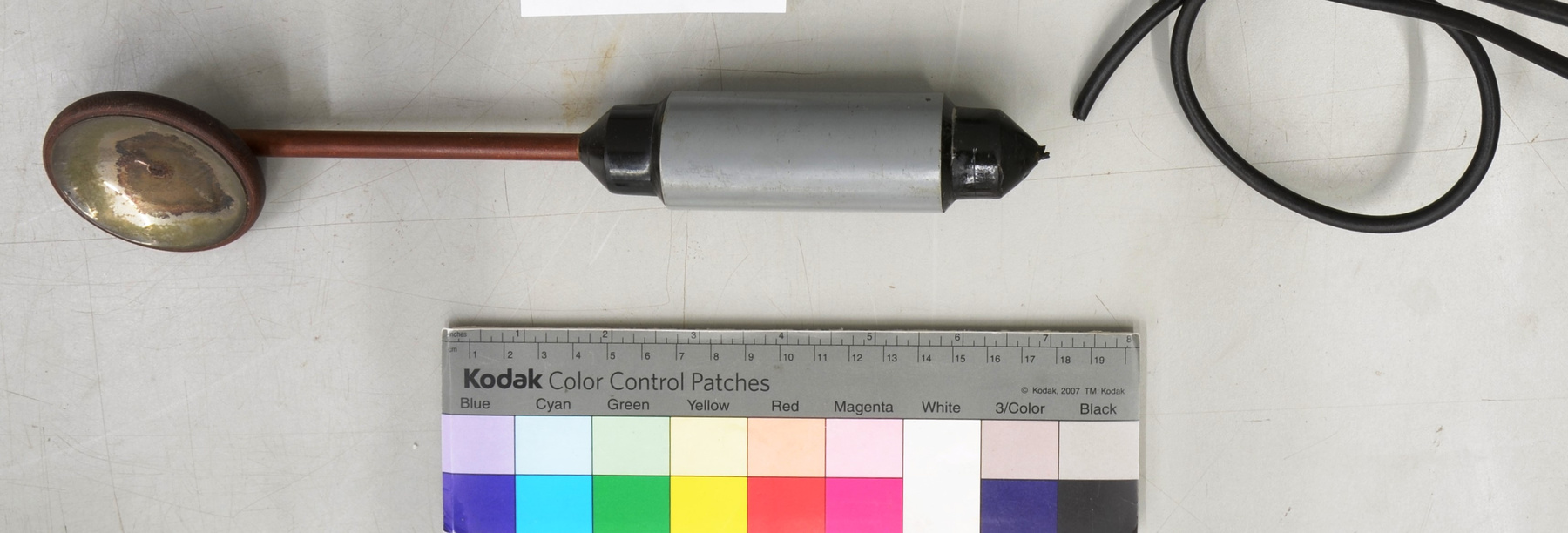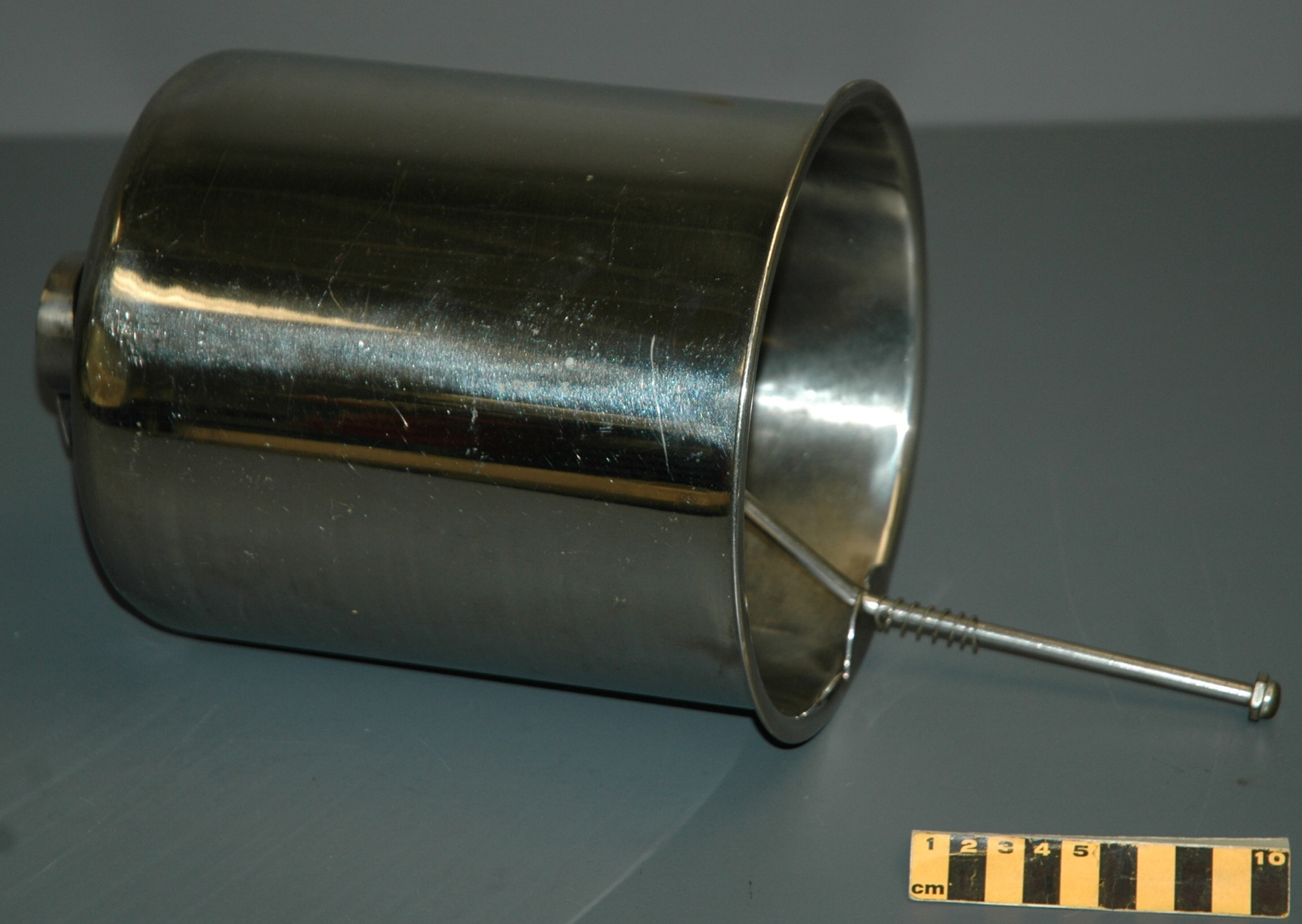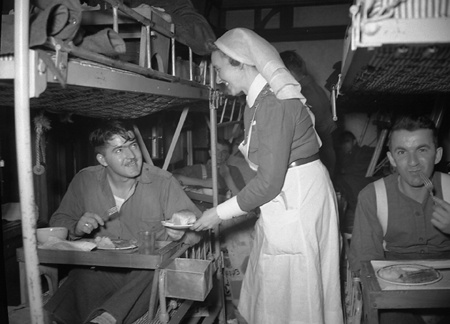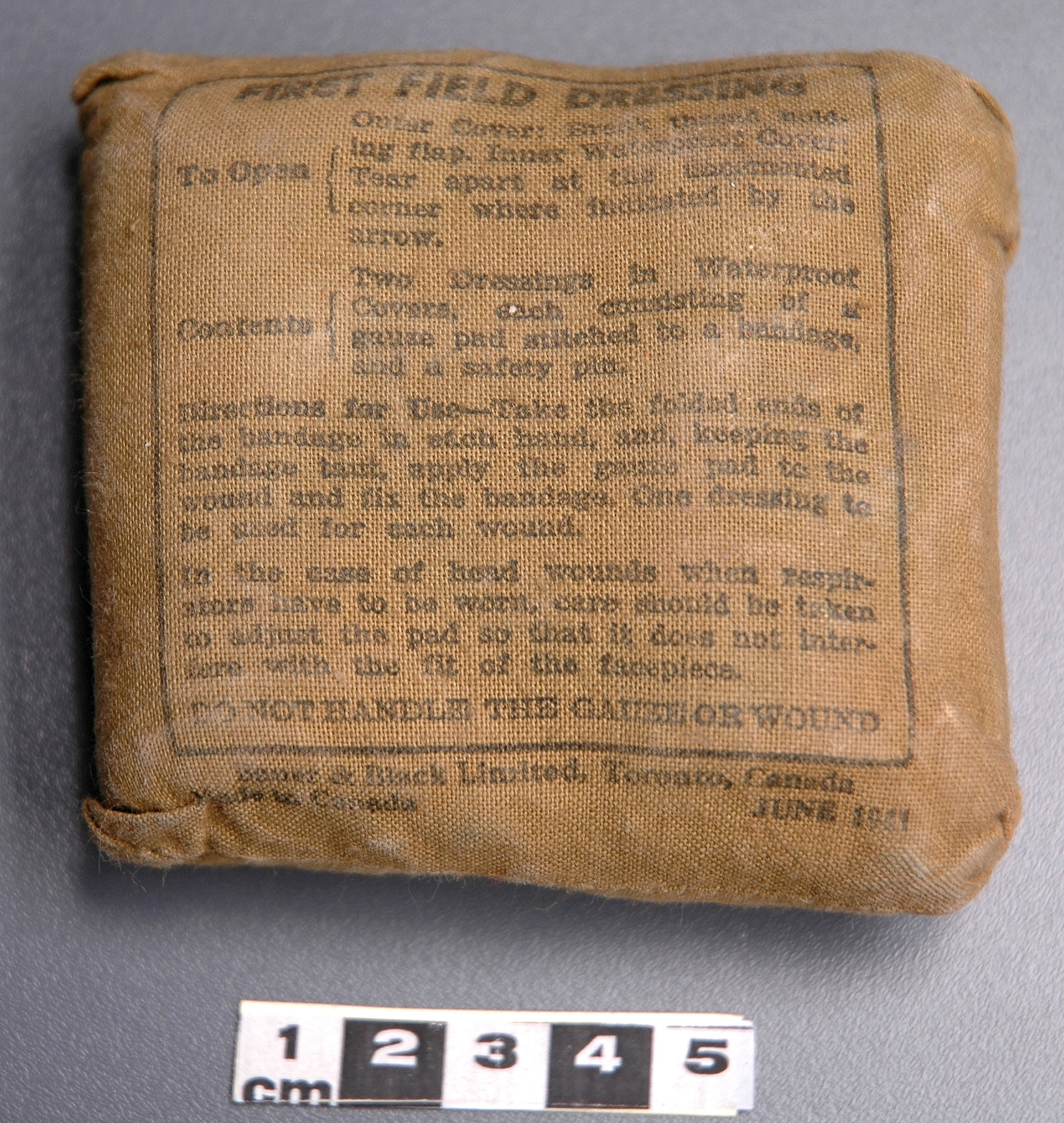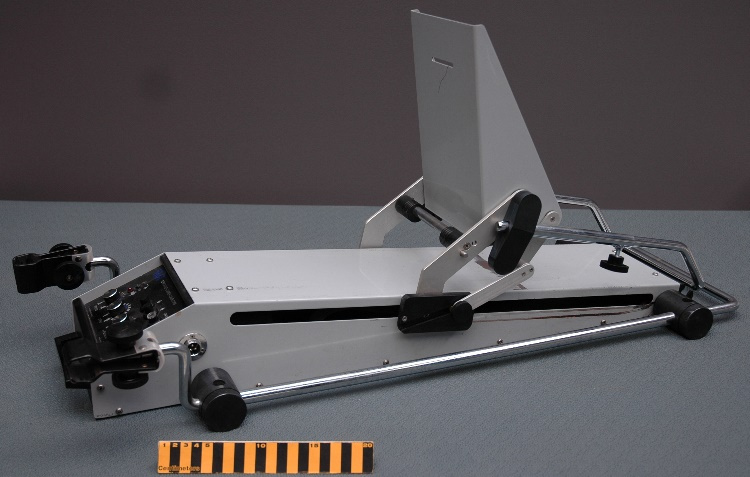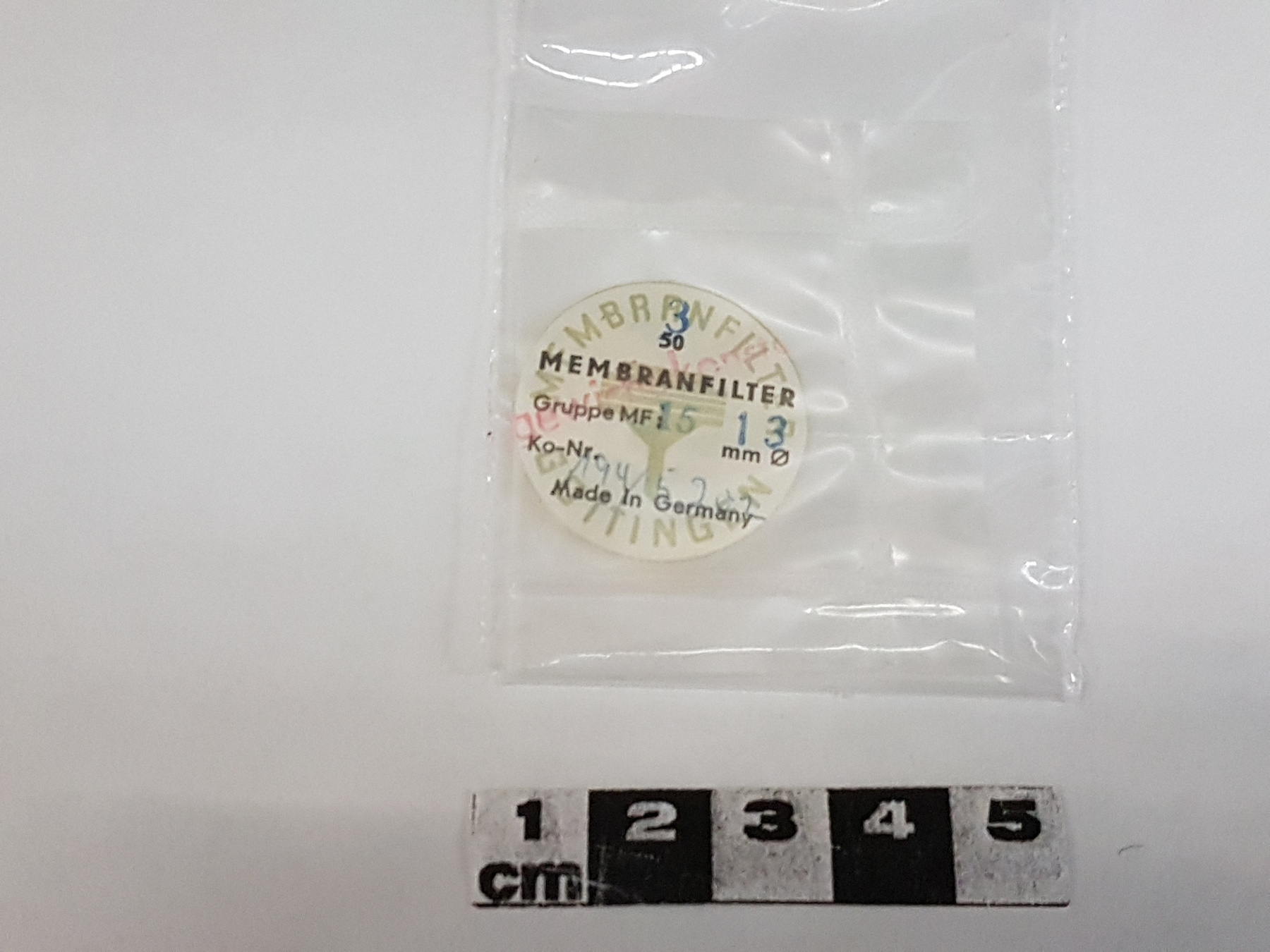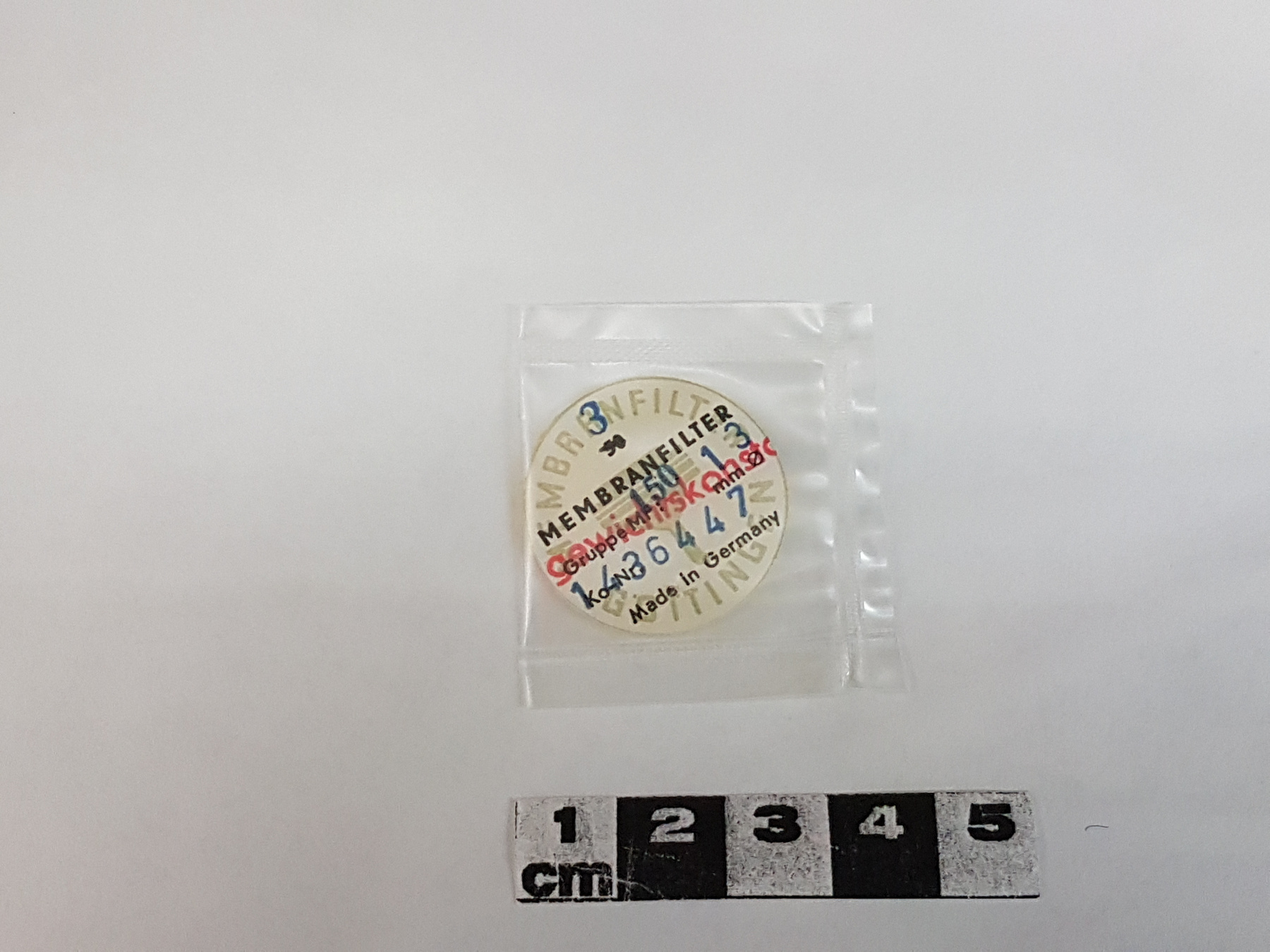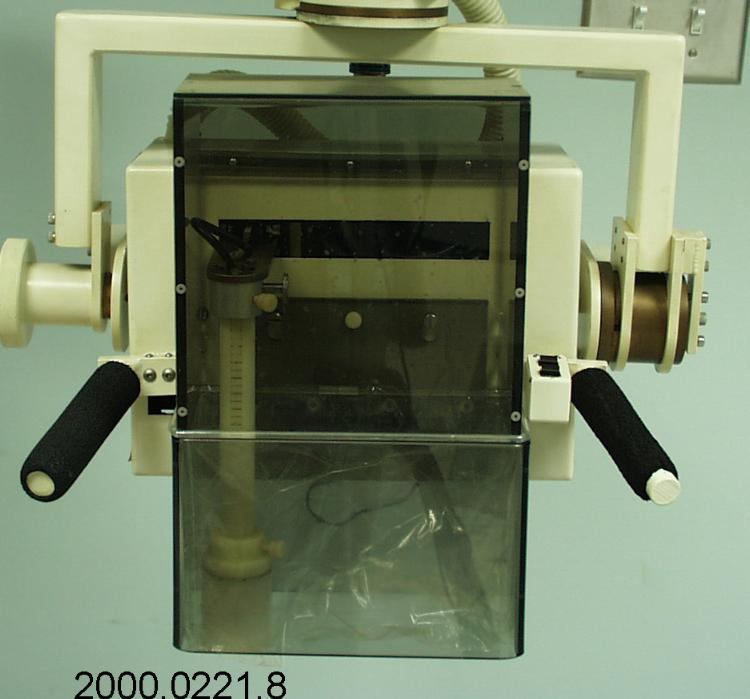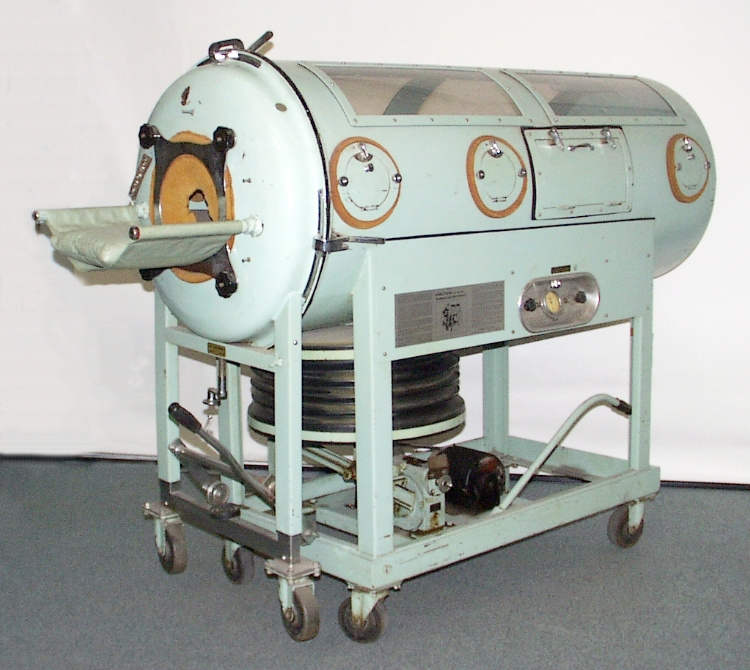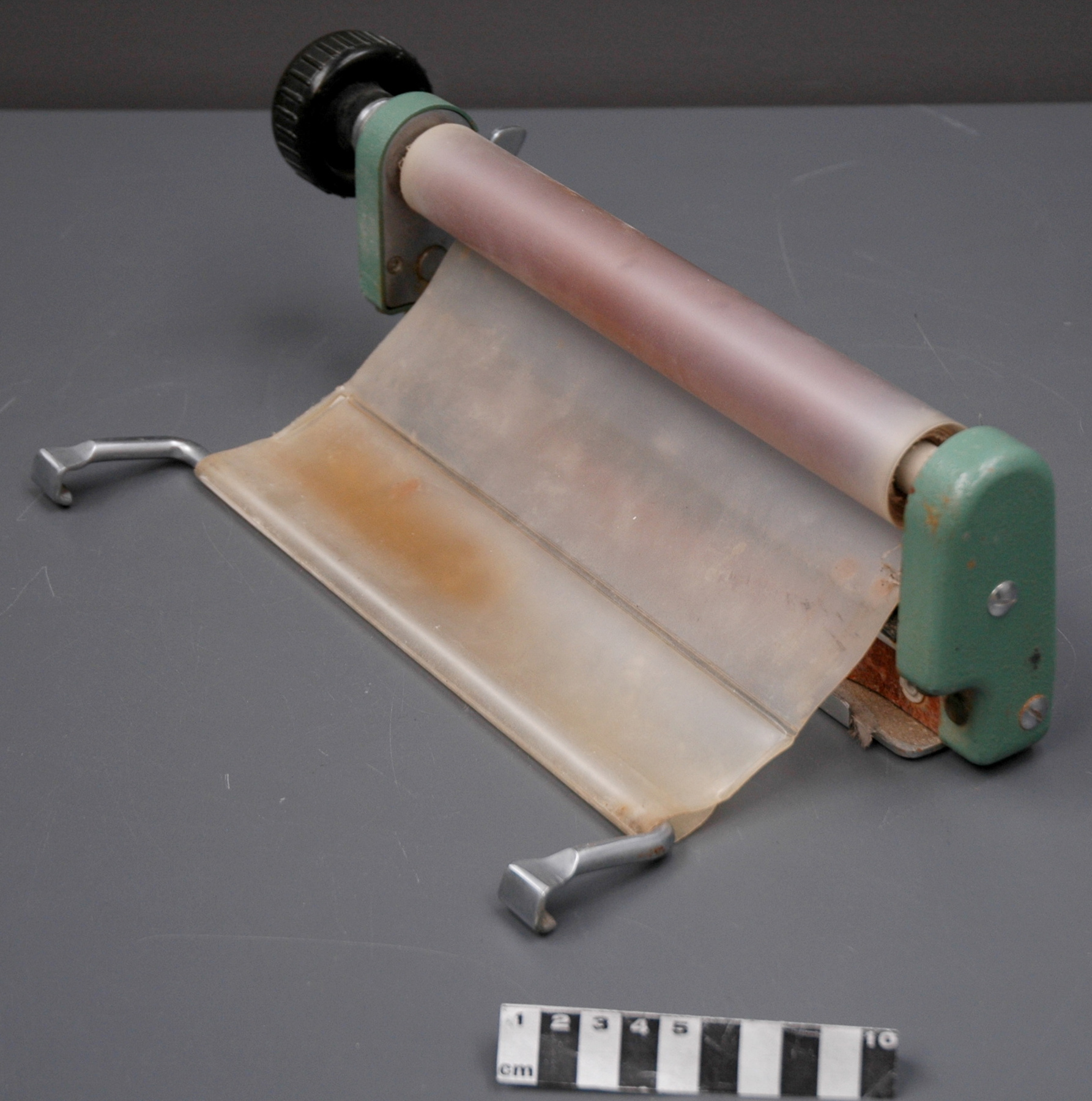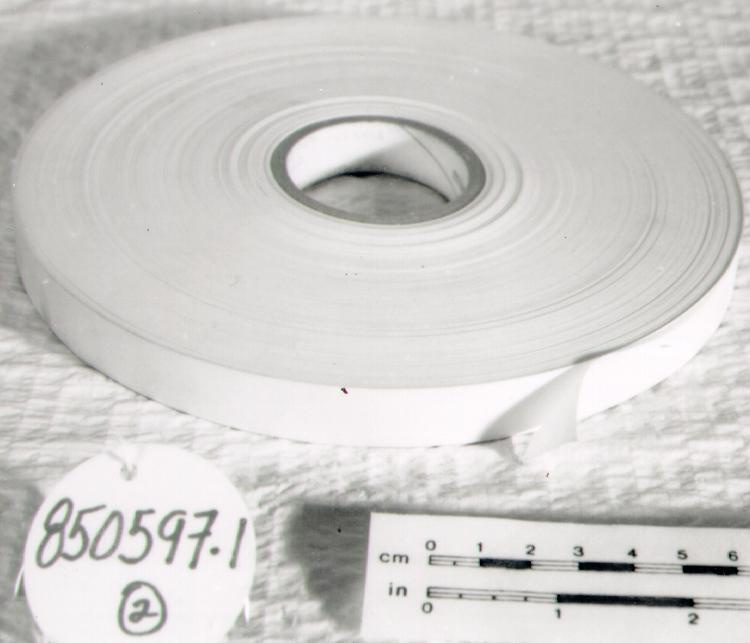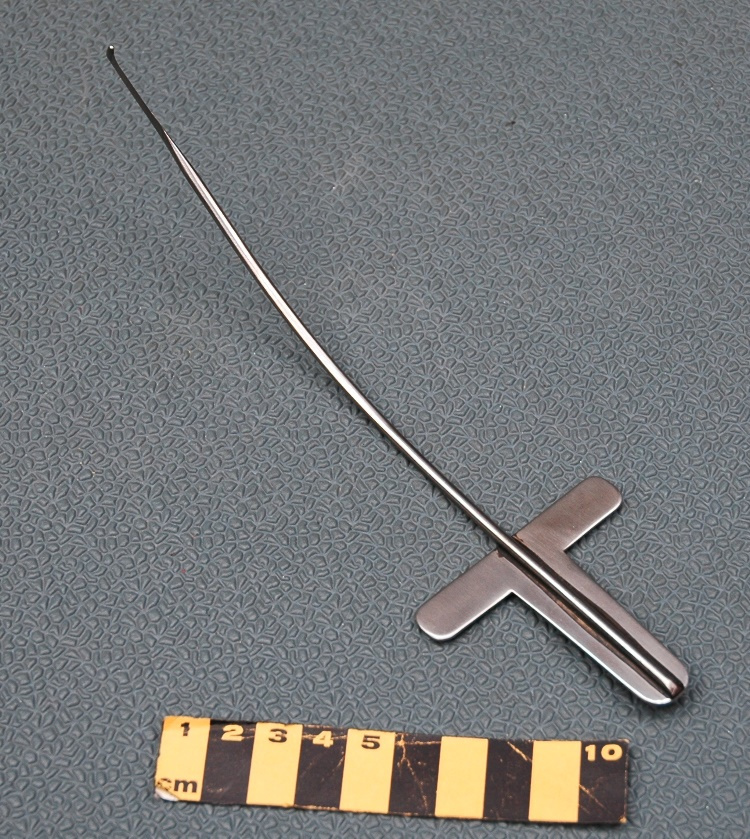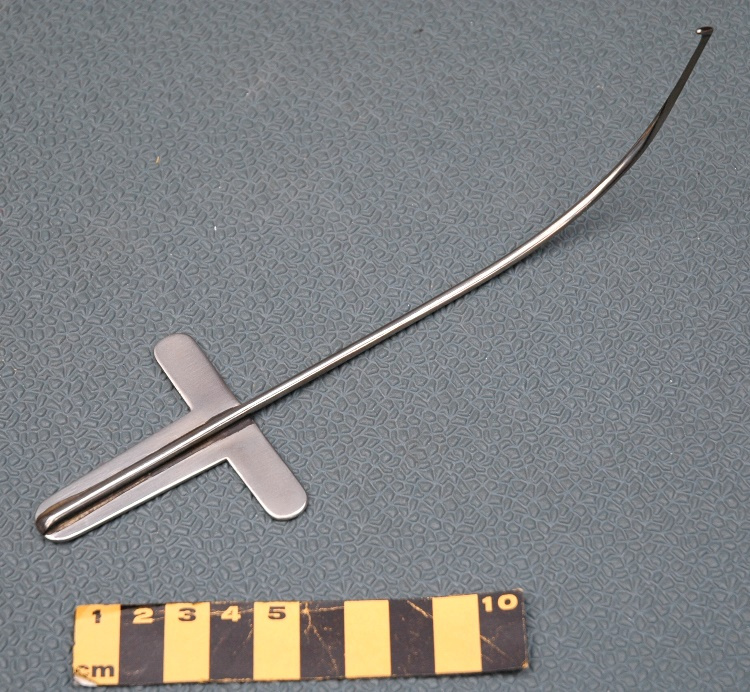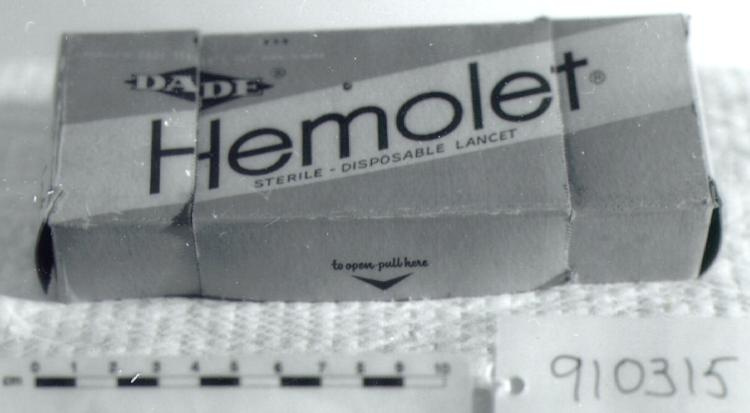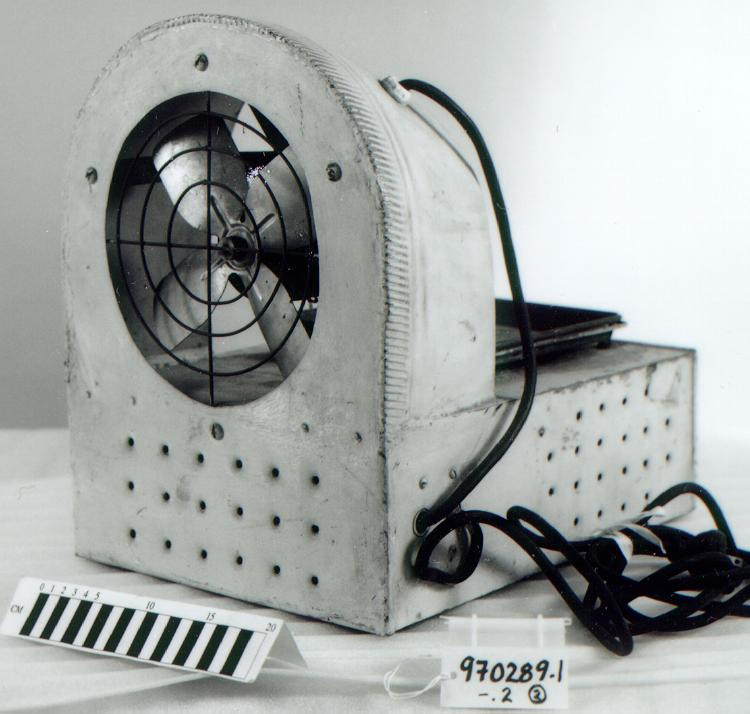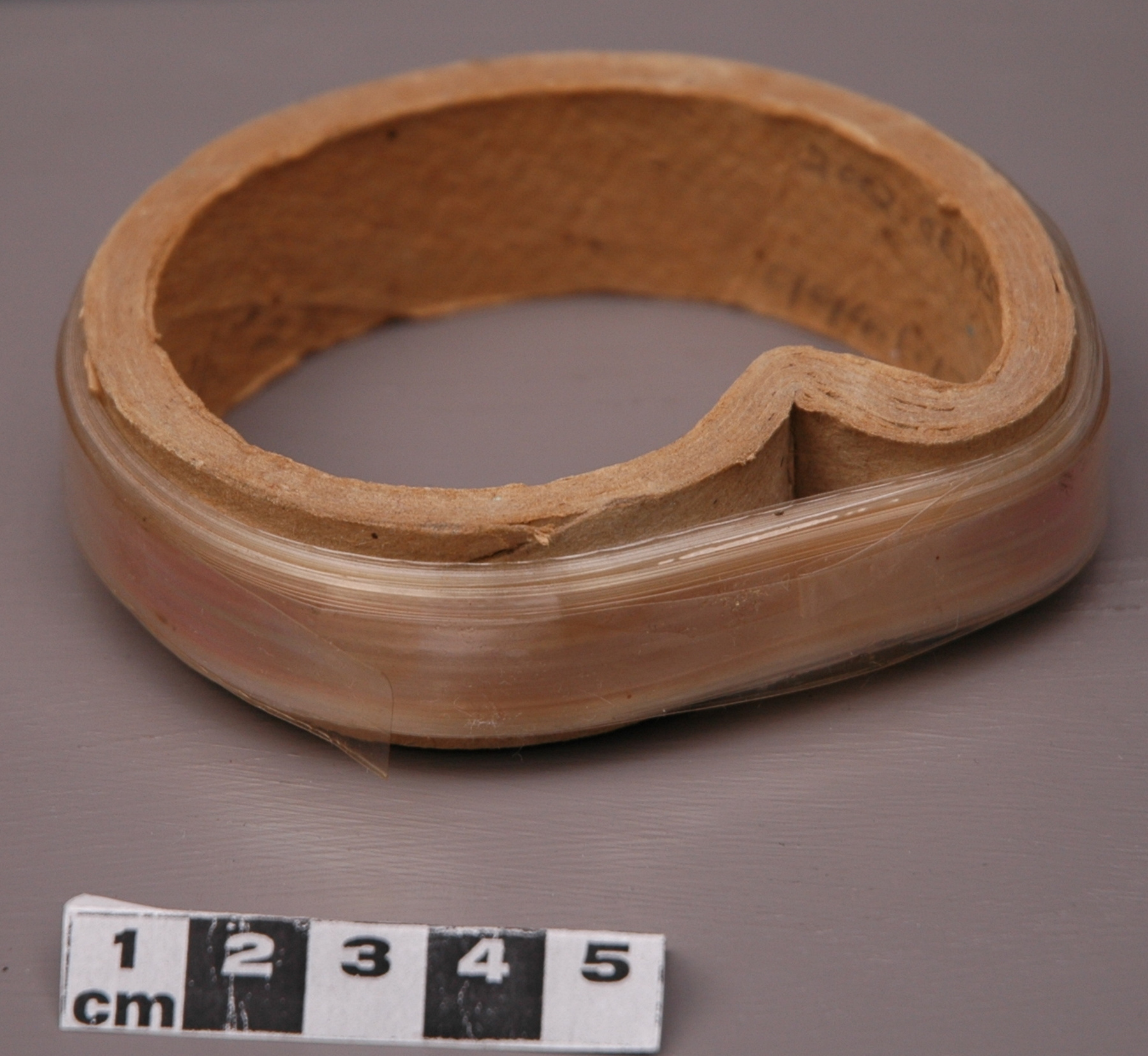Membrane sample, dialisis
Use this image
Can I reuse this image without permission? Yes
Object images on the Ingenium Collection’s portal have the following Creative Commons license:
Copyright Ingenium / CC BY-NC-ND (Attribution-NonCommercial 4.0 International (CC BY-NC 4.0)
ATTRIBUTE THIS IMAGE
Ingenium,
2002.0619.005
Permalink:
Ingenium is releasing this image under the Creative Commons licensing framework, and encourages downloading and reuse for non-commercial purposes. Please acknowledge Ingenium and cite the artifact number.
DOWNLOAD IMAGEPURCHASE THIS IMAGE
This image is free for non-commercial use.
For commercial use, please consult our Reproduction Fees and contact us to purchase the image.
- OBJECT TYPE
- N/A
- DATE
- 1946
- ARTIFACT NUMBER
- 2002.0619.005
- MANUFACTURER
- Unknown
- MODEL
- Unknown
- LOCATION
- Toronto, Ontario, Canada
More Information
General Information
- Serial #
- N/A
- Part Number
- 5
- Total Parts
- 6
- AKA
- artificial kidney machine
- Patents
- N/A
- General Description
- Opaque cellulose acetate casing material wound on unfinished cardboard roll.
Dimensions
Note: These reflect the general size for storage and are not necessarily representative of the object's true dimensions.
- Length
- N/A
- Width
- N/A
- Height
- 2.6 cm
- Thickness
- N/A
- Weight
- N/A
- Diameter
- 9.5 cm
- Volume
- N/A
Lexicon
- Group
- Medical Technology
- Category
- Research
- Sub-Category
- N/A
Manufacturer
- AKA
- Murray
- Country
- Canada
- State/Province
- Ontario
- City
- Toronto
Context
- Country
- Canada
- State/Province
- Ontario
- Period
- Used 1946- 1947.
- Canada
-
First artificial kidney machine made in North America by Dr. Gordon Murray, simultaneously and independently of Willem Kolff's invention in Holland in the 1940s. Designed and built by Murray himself, it was used successfully on four patients at Toronto General Hospital, 1946-47. Murray was a remarkable surgeon and innovator whose work earned him international recognition. In the 1930s Dr. Murray introduced the anticoagulant Heparin to world clinical practice; in the '40s he developed the first artificial kidney in North America; and in 1955 he performed the first successful transplant of a human heart valve. Unfortunately, these achievements are often overshadowed by his later, controversial work on an anti-cancer serum, and on unconventional surgery for injuries caused by traumatic paraplegia. (Ref. 3] - Function
-
To contain blood during circulation through dialysing bath, and allow harmful waste to pass through into dialysate solution. - Technical
-
In the early version of his artificial kidney, Murray used cellulose acetate sausage casing with a diameter of 1-inch in the dialysing membrane. The casing had first to be bathed in warm tap water. It was then wound around the wire mesh frame, and held in position between small metal pegs. While effective in allowing some substances to pass through the membrane, the ratio of volume to surface area was not practical. In later versions up to 150 feet of 1/4-inch tubing was used to transport the patient's blood through the diaylsing bath. [Ref. 6] This length of casing may have been intended for use as replacement material, or it may be leftover from the cylinder's construction. Roschlau's design of the dialyzer used in the second artificial kidney machine utilized a parallel-plate arrangement: 30 layers of dialysis units each with two membranes and two dialysis compartments produced a flat-plate parallel-flow filter. [see 2002.0620.3] - Area Notes
-
Unknown
Details
- Markings
- UHN catalogue no. "994.17.1" printed by hand in pencil on inside of cardboard roll. "12/32 x 100 [?] ft. 231" printed by hand in pencil on inside of cardboard roll.
- Missing
- None.
- Finish
- Opaque cellulose acetate casing material wound on unfinished cardboard roll.
- Decoration
- N/A
CITE THIS OBJECT
If you choose to share our information about this collection object, please cite:
Unknown Manufacturer, Membrane sample, dialisis, 1946, Artifact no. 2002.0619, Ingenium – Canada’s Museums of Science and Innovation, http://collections.ingeniumcanada.org/en/item/2002.0619.005/
FEEDBACK
Submit a question or comment about this artifact.
More Like This
